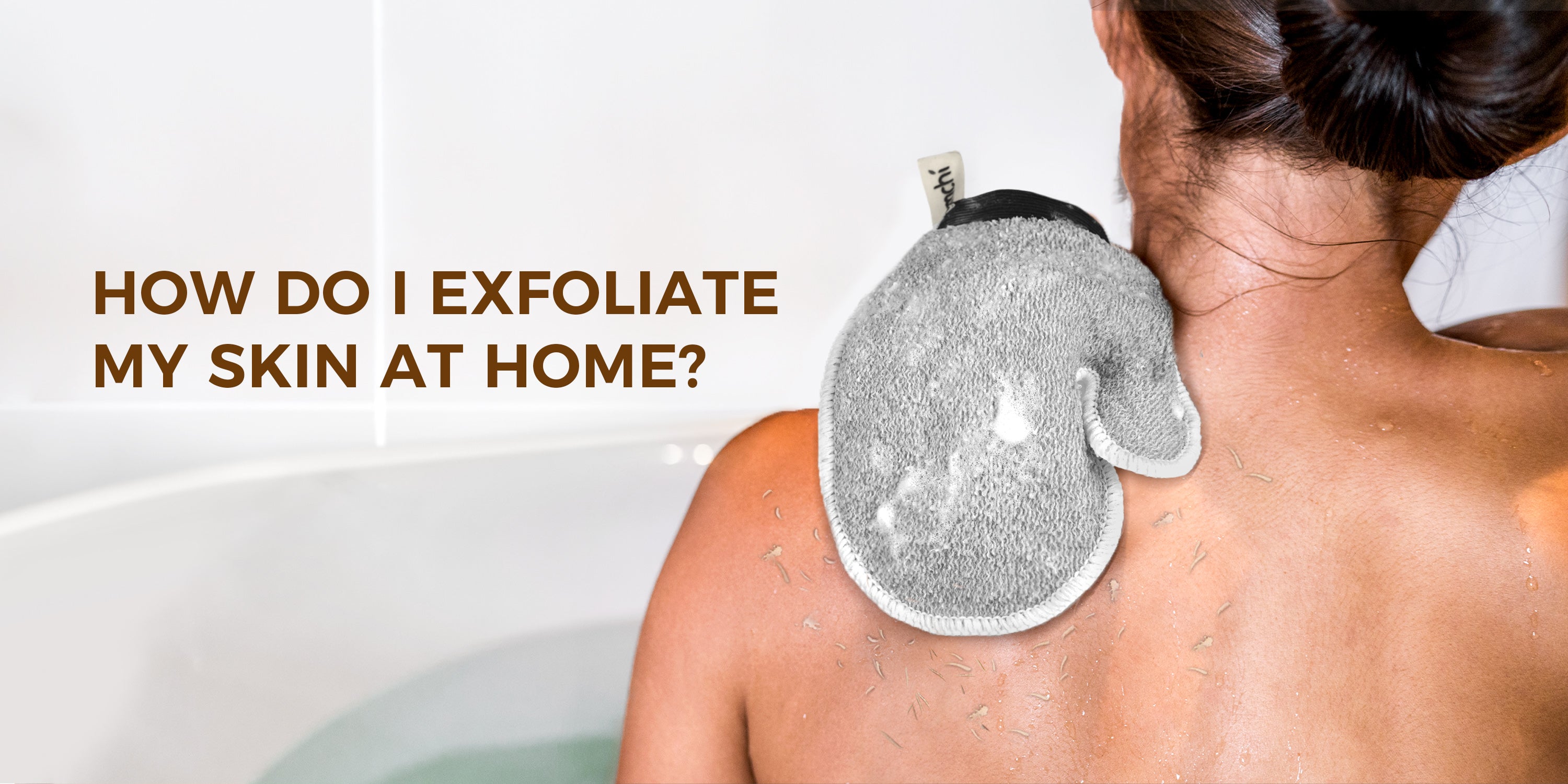
Exfoliation is a key step in maintaining healthy, glowing skin. By removing dead skin cells from the outer layer of your skin, exfoliation can improve texture, tone, and overall appearance. However, it’s crucial to exfoliate properly to avoid damaging your skin. Here’s a comprehensive guide on how to exfoliate your skin safely and effectively at home, tailored to different skin types.
Understanding Your Skin Type
Before you start exfoliating, it’s essential to know your skin type. Here are the common skin types and their characteristics:
- Sensitive Skin: Tends to sting or burn after product use.
- Normal Skin: Clear and not sensitive.
- Dry Skin: Flaky, itchy, or rough.
- Oily Skin: Shiny and greasy.
- Combination Skin: Dry in some areas and oily in others.
Knowing your skin type will help you choose the right exfoliation method and avoid potential irritation.
Types of Exfoliation
There are two main types of exfoliation: mechanical and chemical. The method you choose should be guided by your skin type.
- Mechanical Exfoliation: Involves using tools like brushes, sponges, or scrubs to physically remove dead skin cells. This method can be too harsh for sensitive or acne-prone skin but works well for oily or thicker skin.
- Chemical Exfoliation: Uses chemicals such as alpha hydroxy acids (AHAs) or beta hydroxy acids (BHAs) to dissolve dead skin cells. This method is gentler and can be suitable for all skin types, especially sensitive or dry skin.
How to Exfoliate Safely
To prevent skin damage while exfoliating, follow these dermatologist-recommended tips:
- Consider Your Current Skincare Routine: Be mindful of the products you’re already using. Certain medications or skincare products, like retinoids or benzoyl peroxide, can increase skin sensitivity. Exfoliating while using these products may cause irritation or breakouts.
- Choose the Right Exfoliation Method:
- For dry, sensitive, or acne-prone skin, use a washcloth with a mild chemical exfoliator. Mechanical exfoliation might be too irritating.
- For oily, thicker skin, stronger chemical treatments or mechanical exfoliation can be effective.
- If you have a darker skin tone or notice dark spots after burns, bug bites, or acne, avoid aggressive exfoliation methods as they may cause hyperpigmentation.
- Be Gentle: When using a scrub or chemical exfoliator, apply it gently in small, circular motions for about 30 seconds, then rinse with lukewarm water. If using a brush or sponge, use short, light strokes. Never exfoliate if you have open cuts, wounds, or sunburn.
- Moisturize After Exfoliating: Exfoliation can dry out your skin, so apply a moisturizer immediately afterward to keep your skin hydrated and healthy.
- Find the Right Schedule: The frequency of exfoliation depends on your skin type and the method used. Generally, the more aggressive the exfoliation, the less often it should be done. Avoid over-exfoliating, as it can lead to redness and irritation.
Conclusion
Exfoliation can be a beneficial addition to your skincare routine when done correctly. By understanding your skin type and choosing the right method, you can achieve a healthy, glowing complexion without risking irritation.

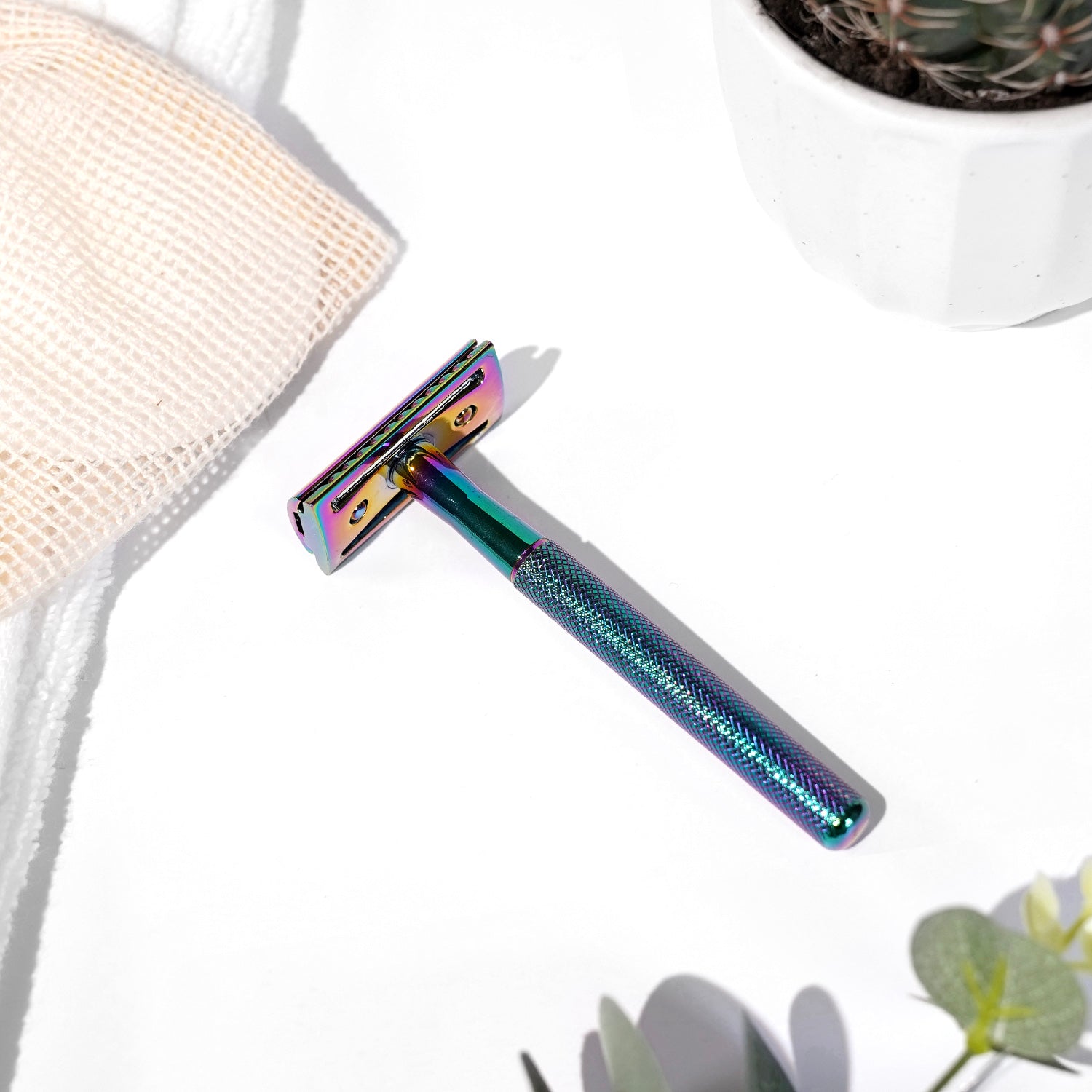
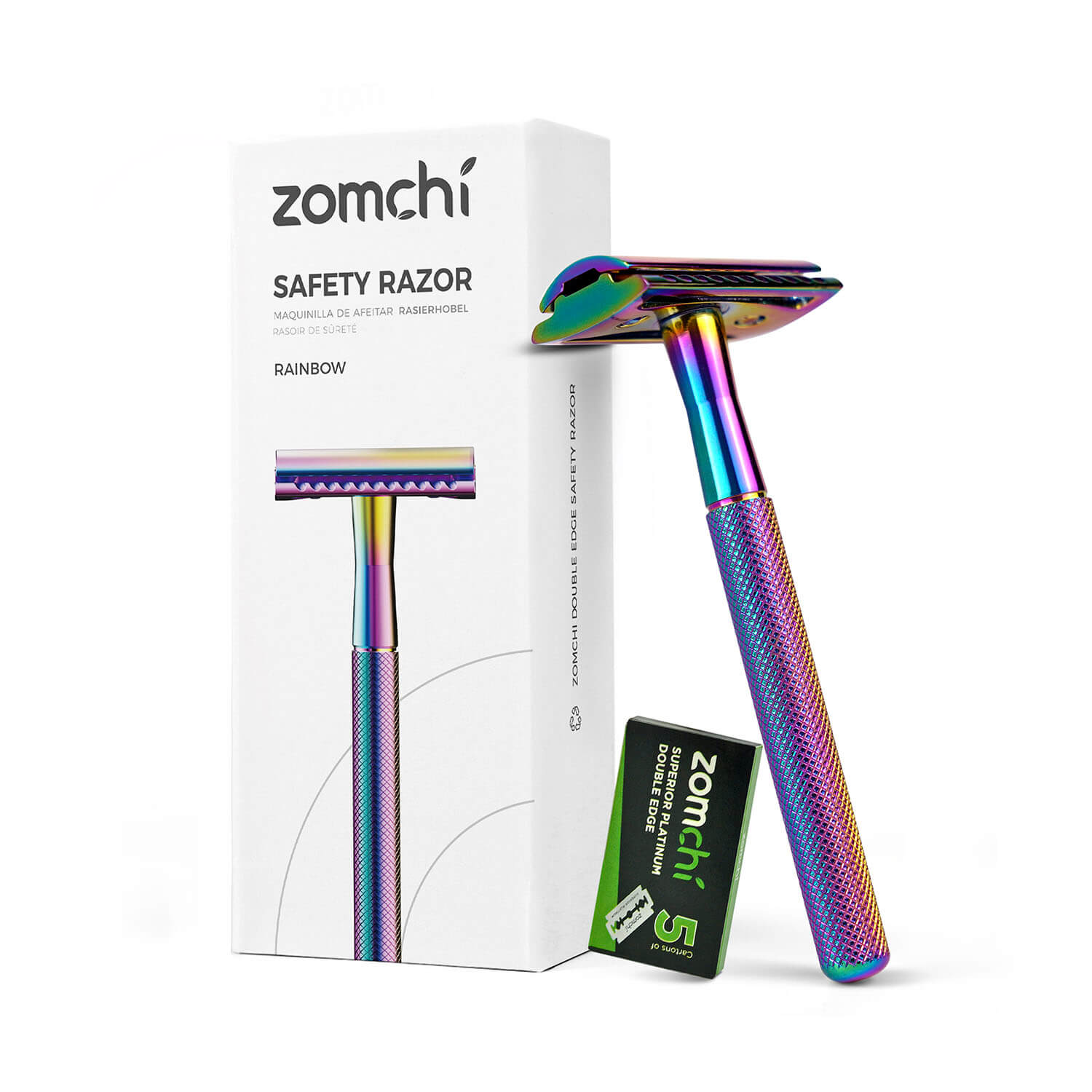
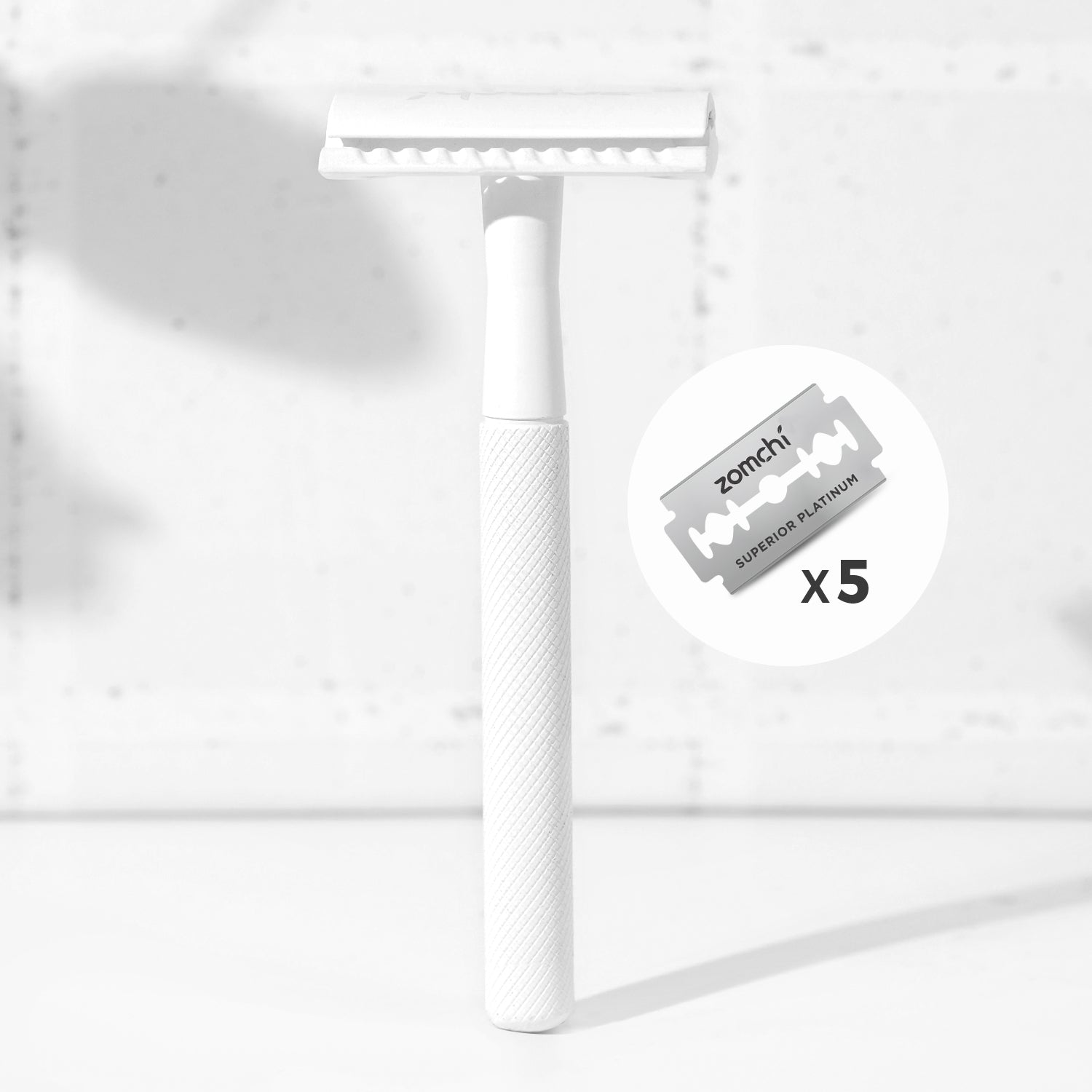
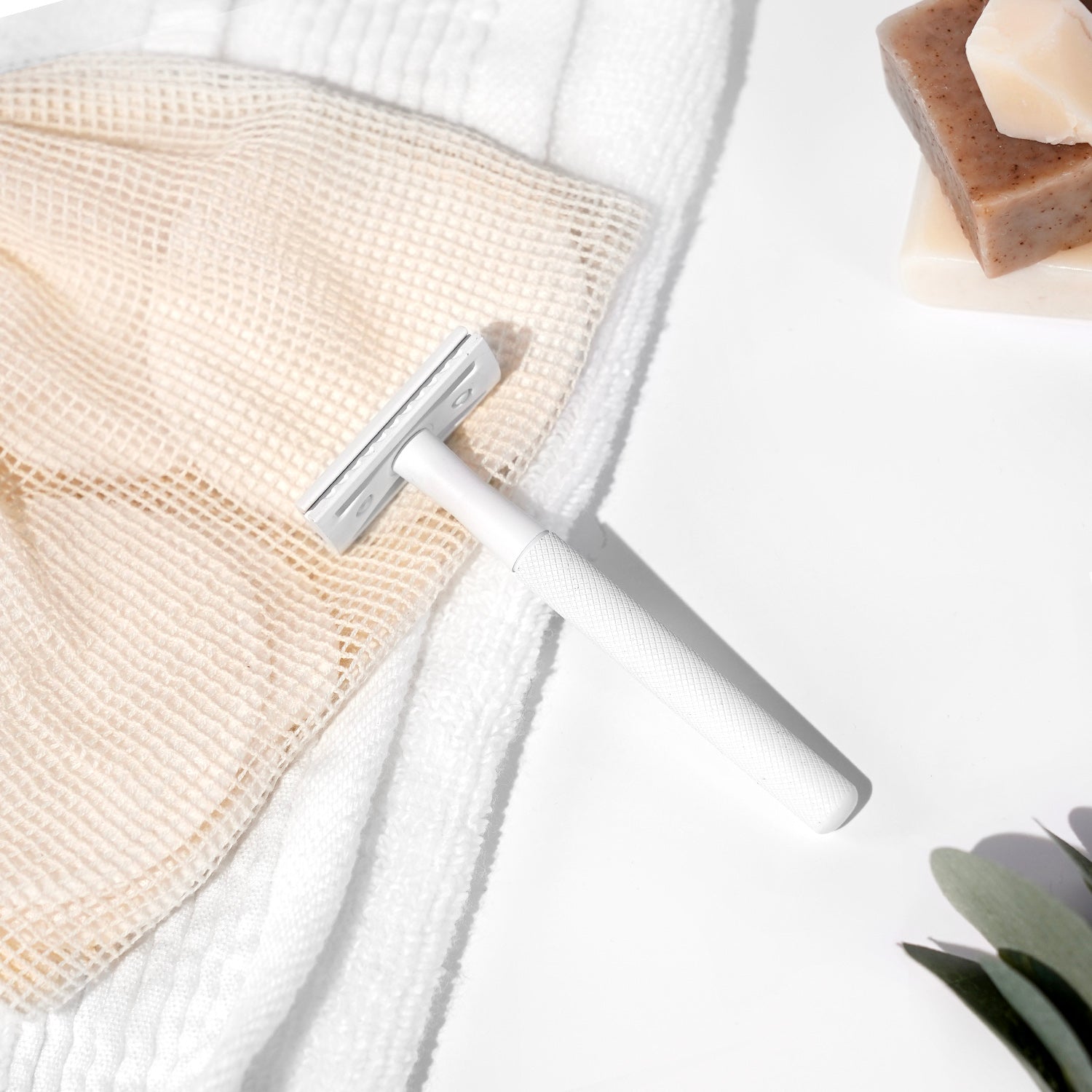
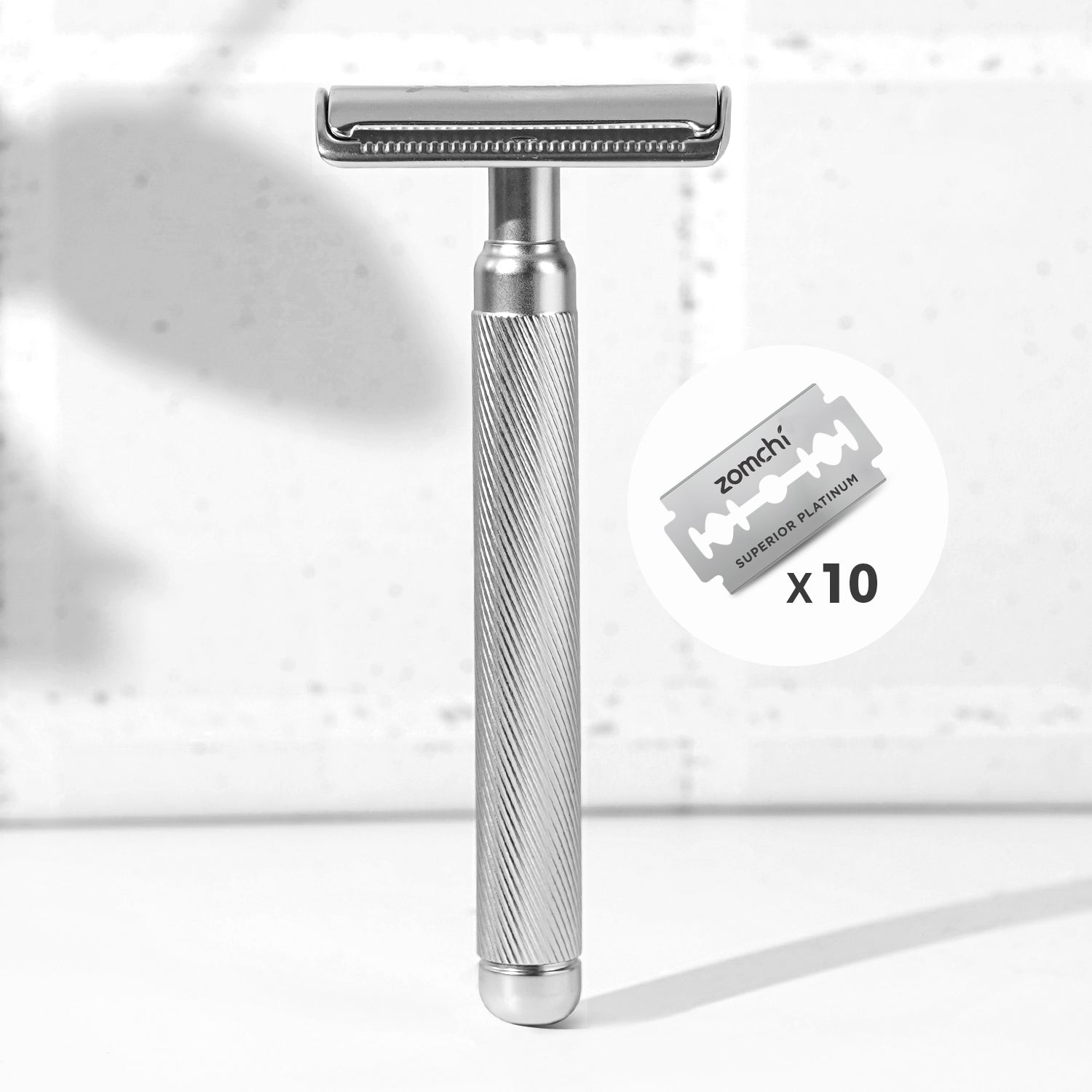
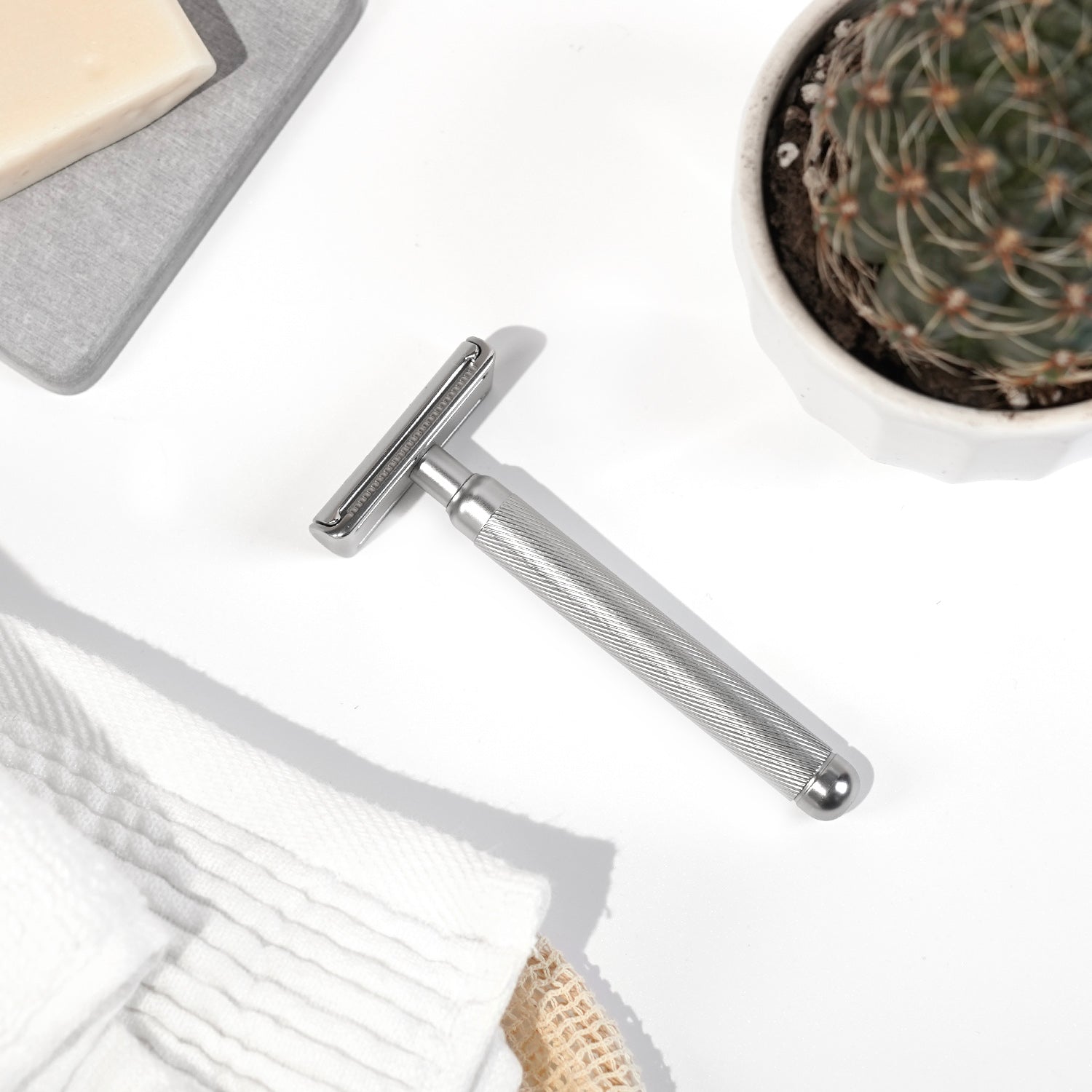
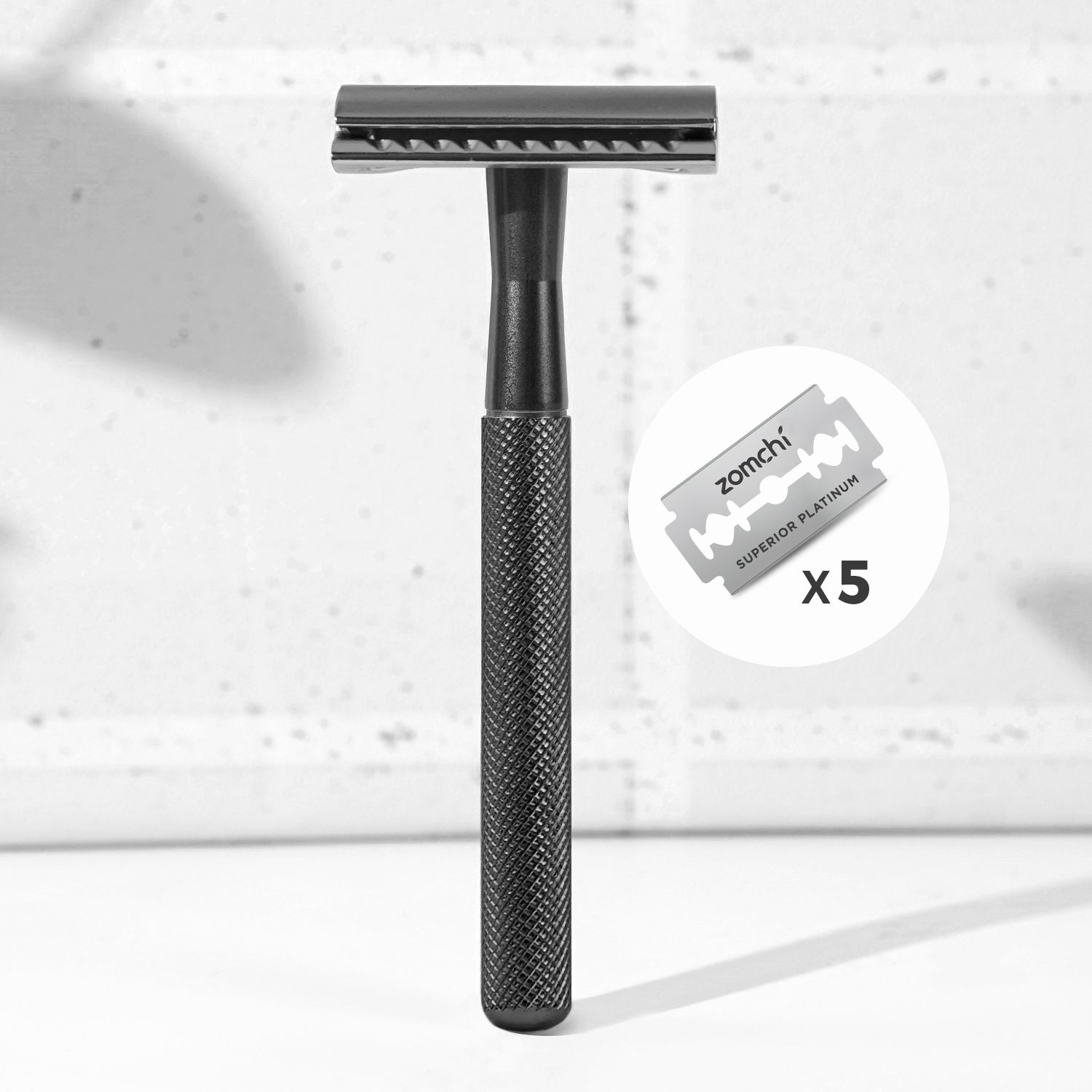
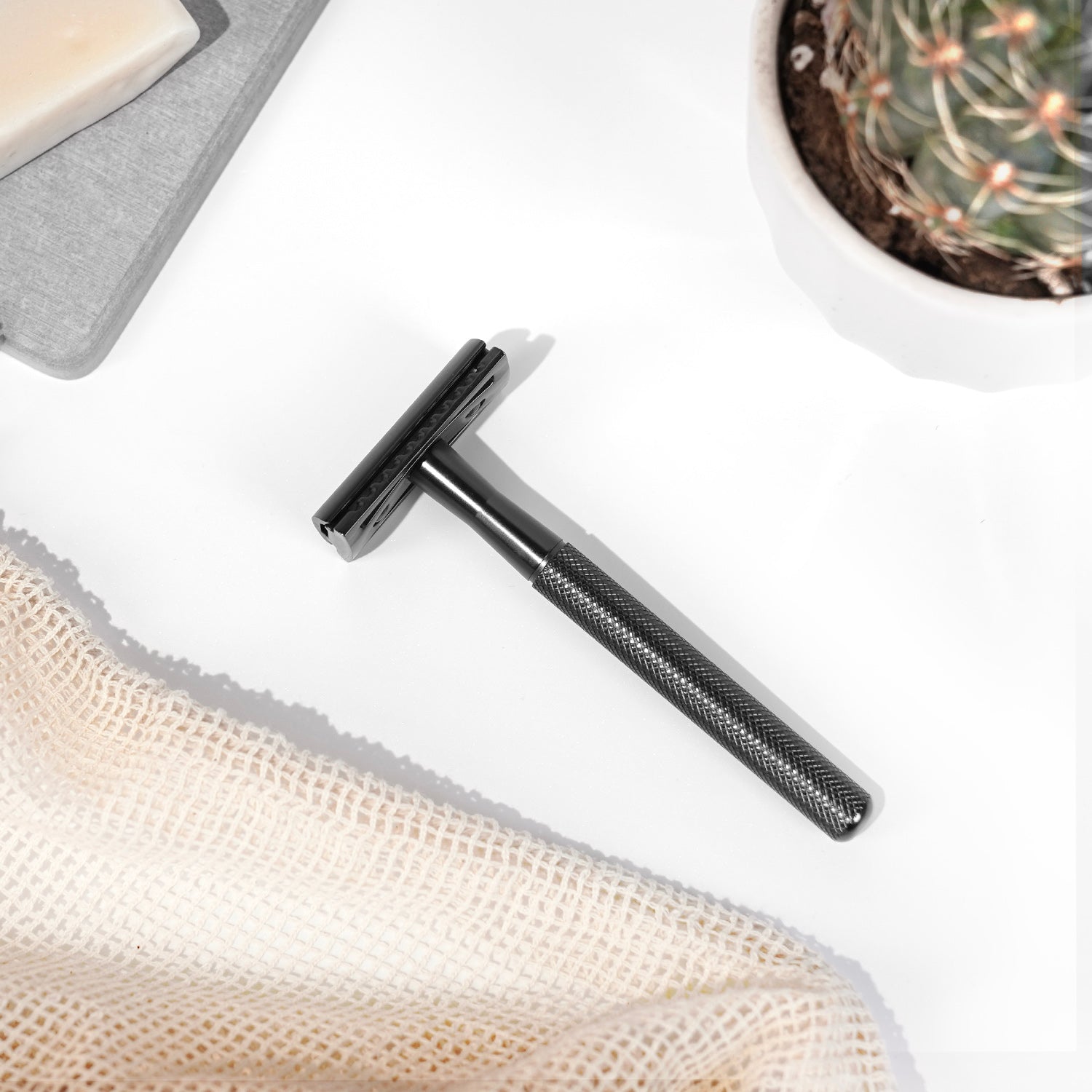
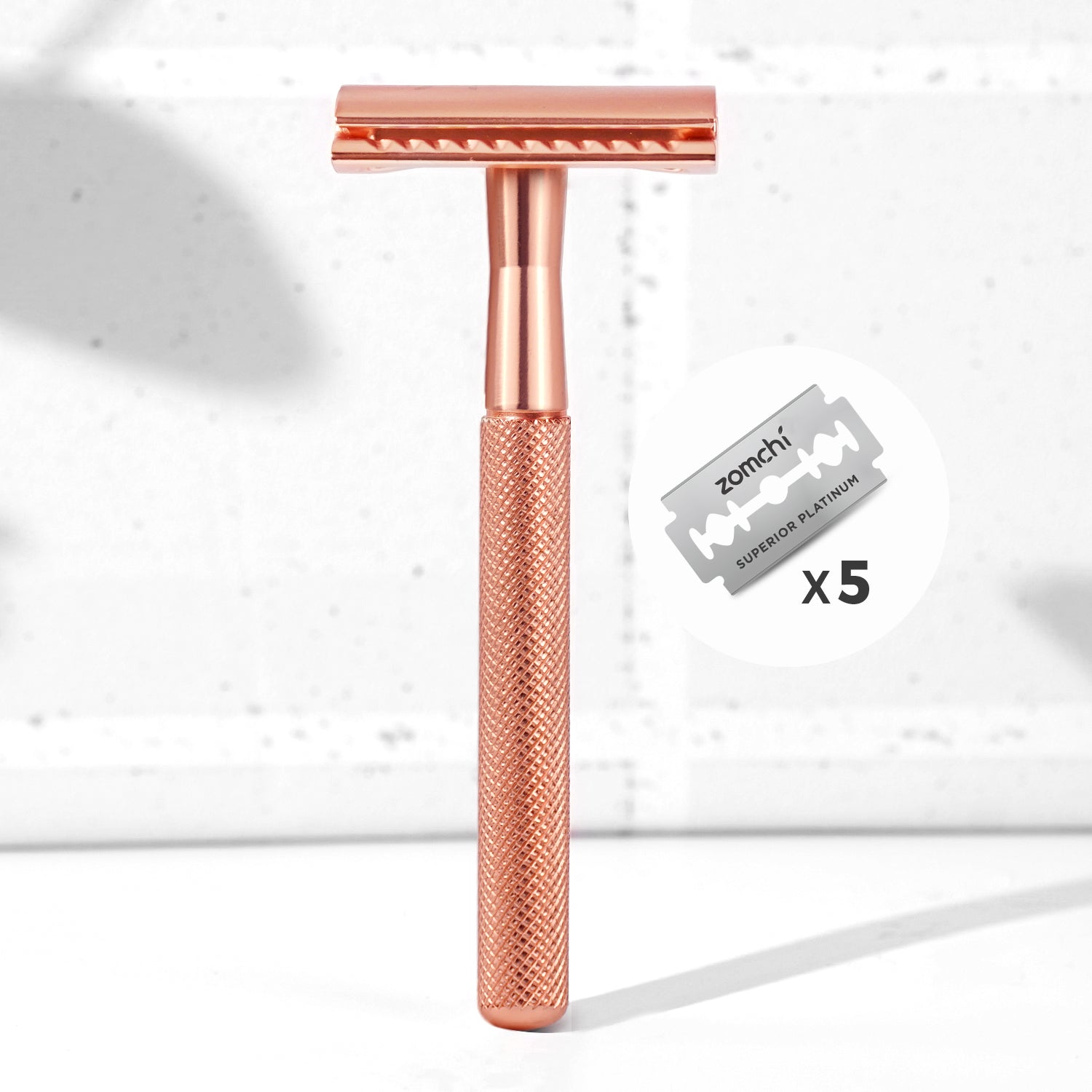
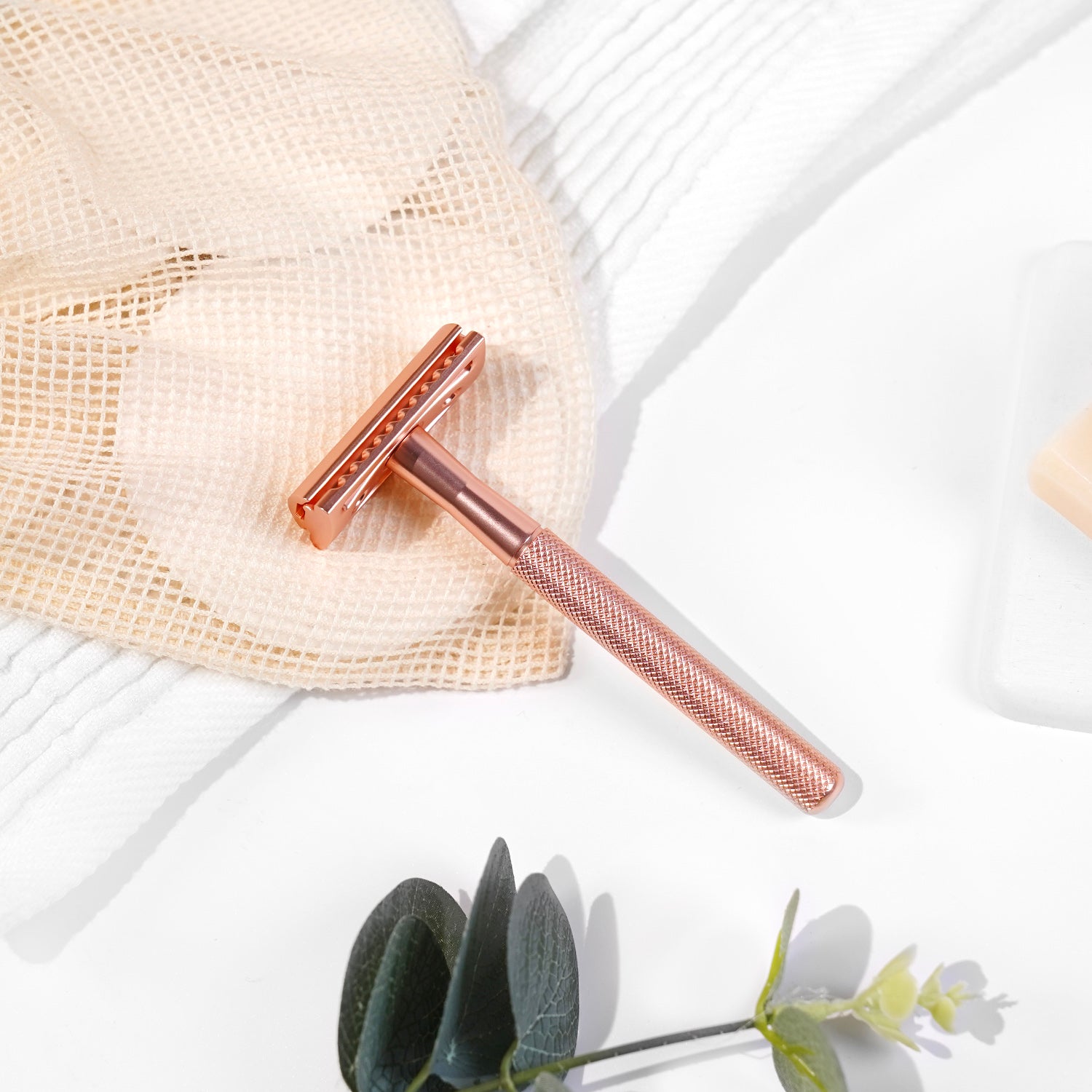
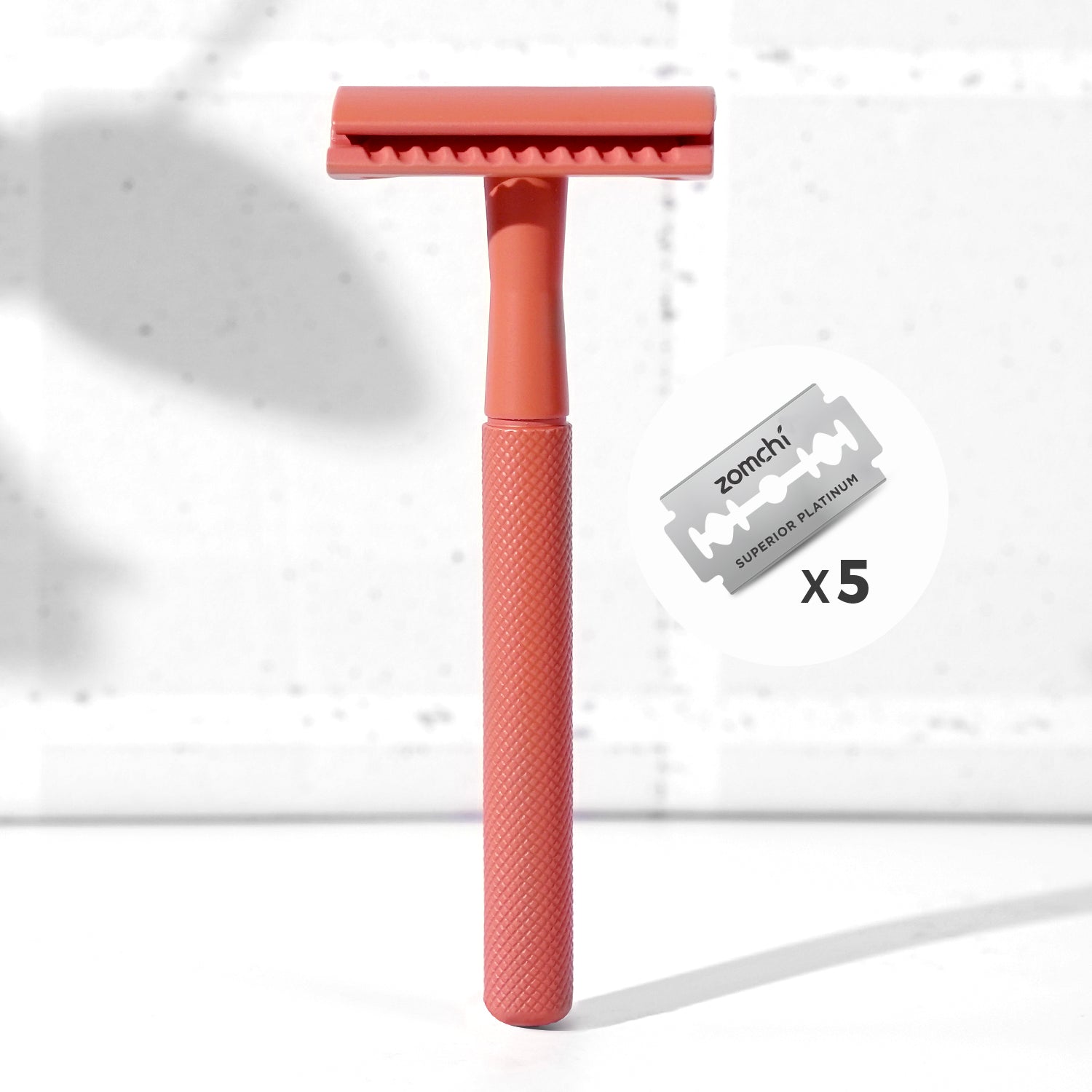
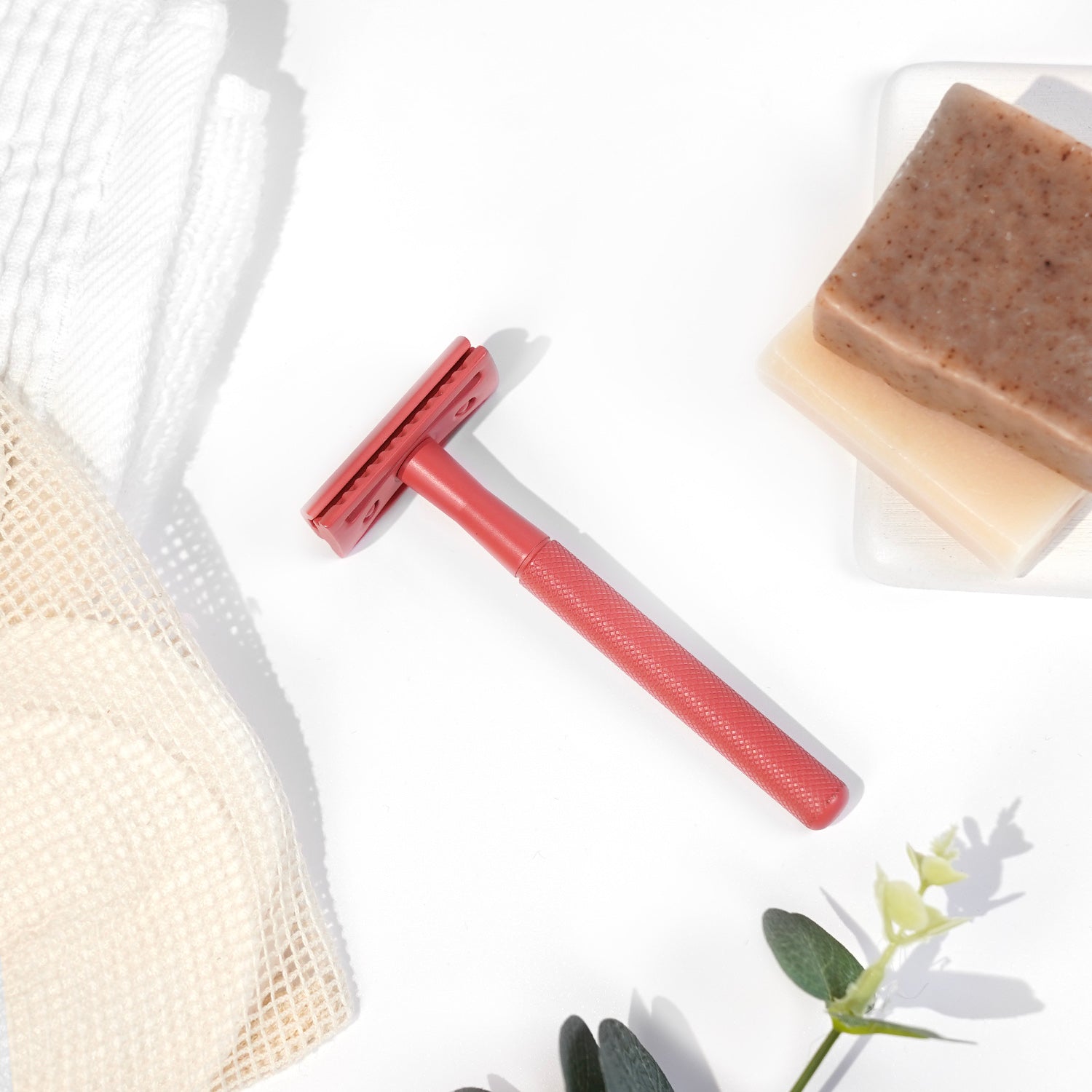
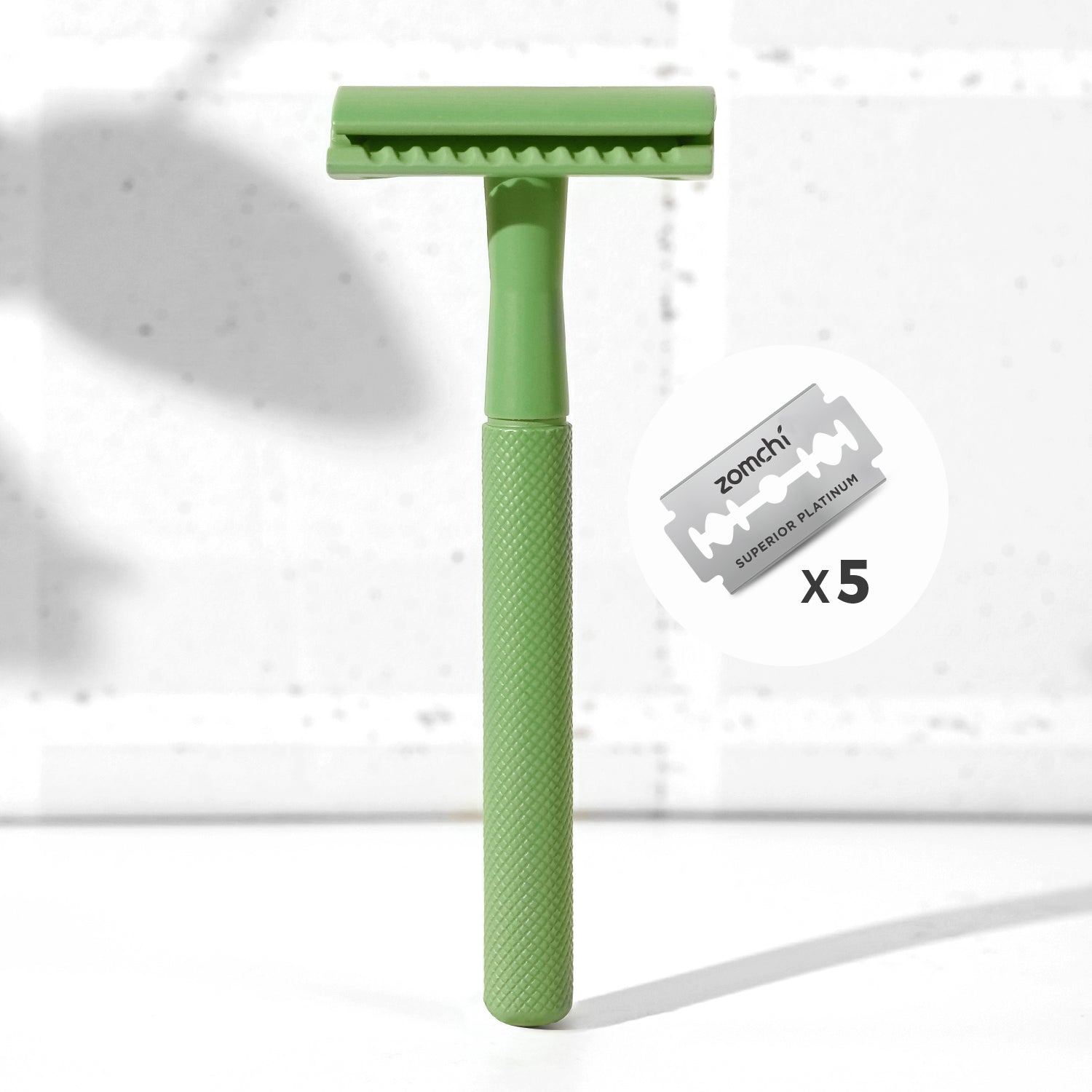
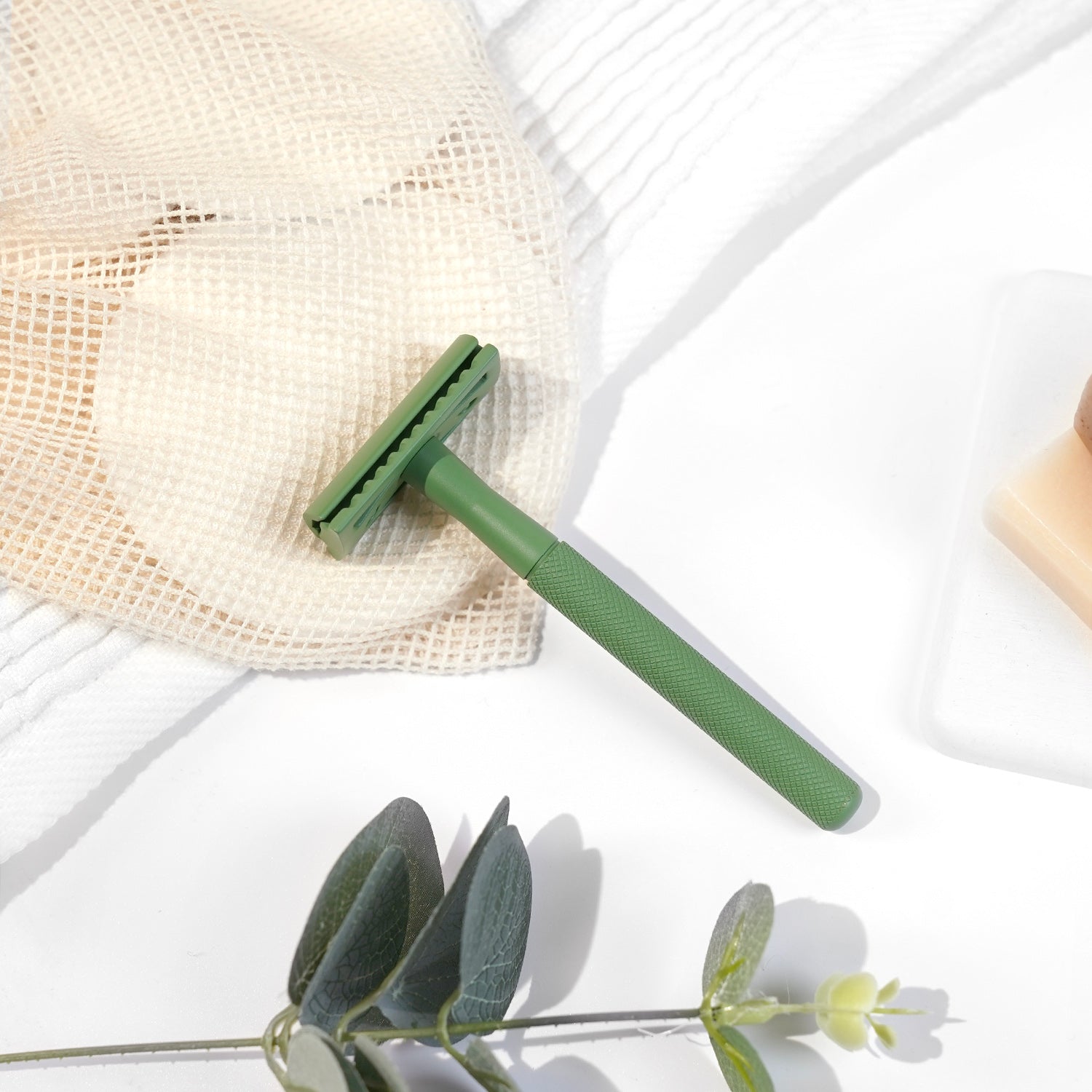
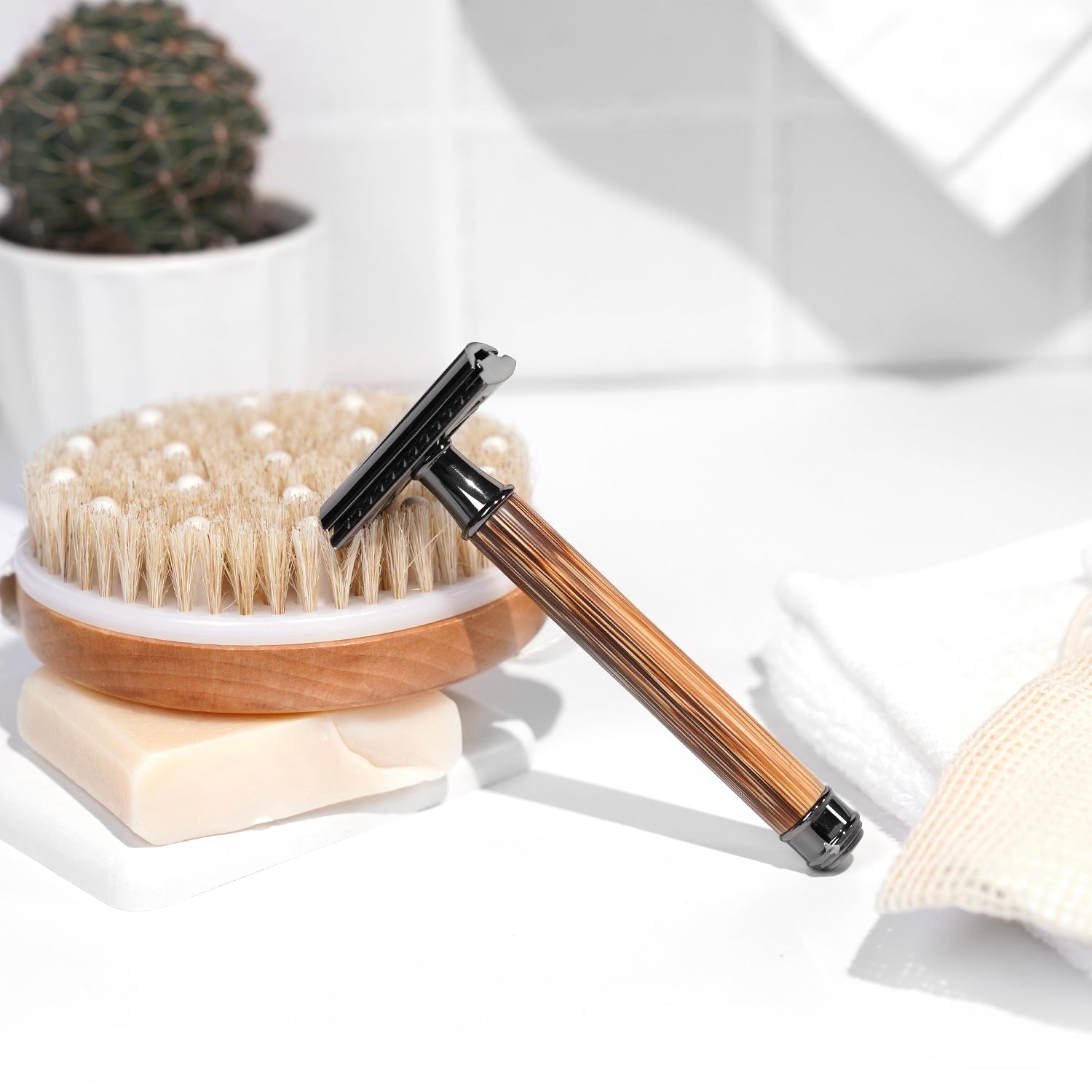
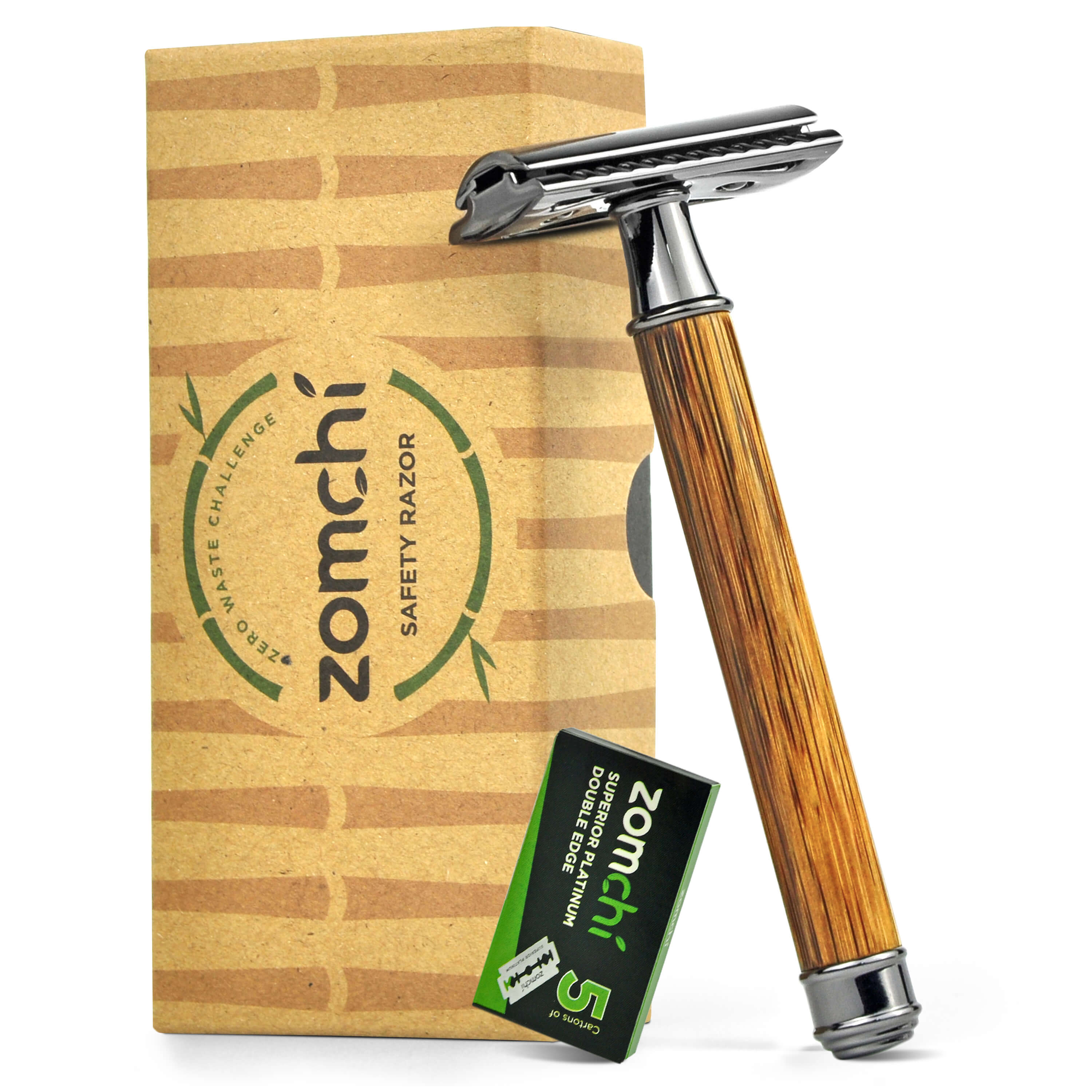
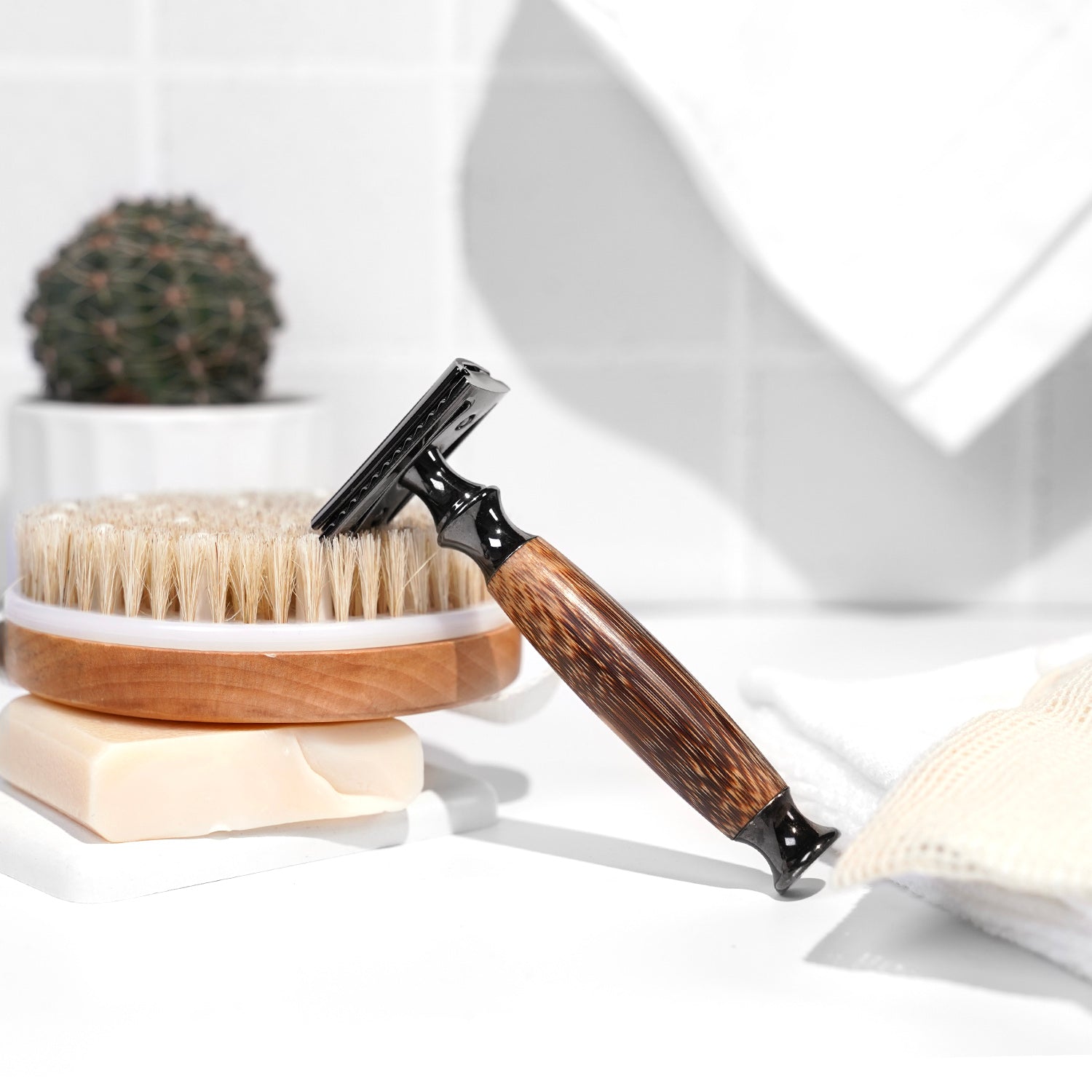
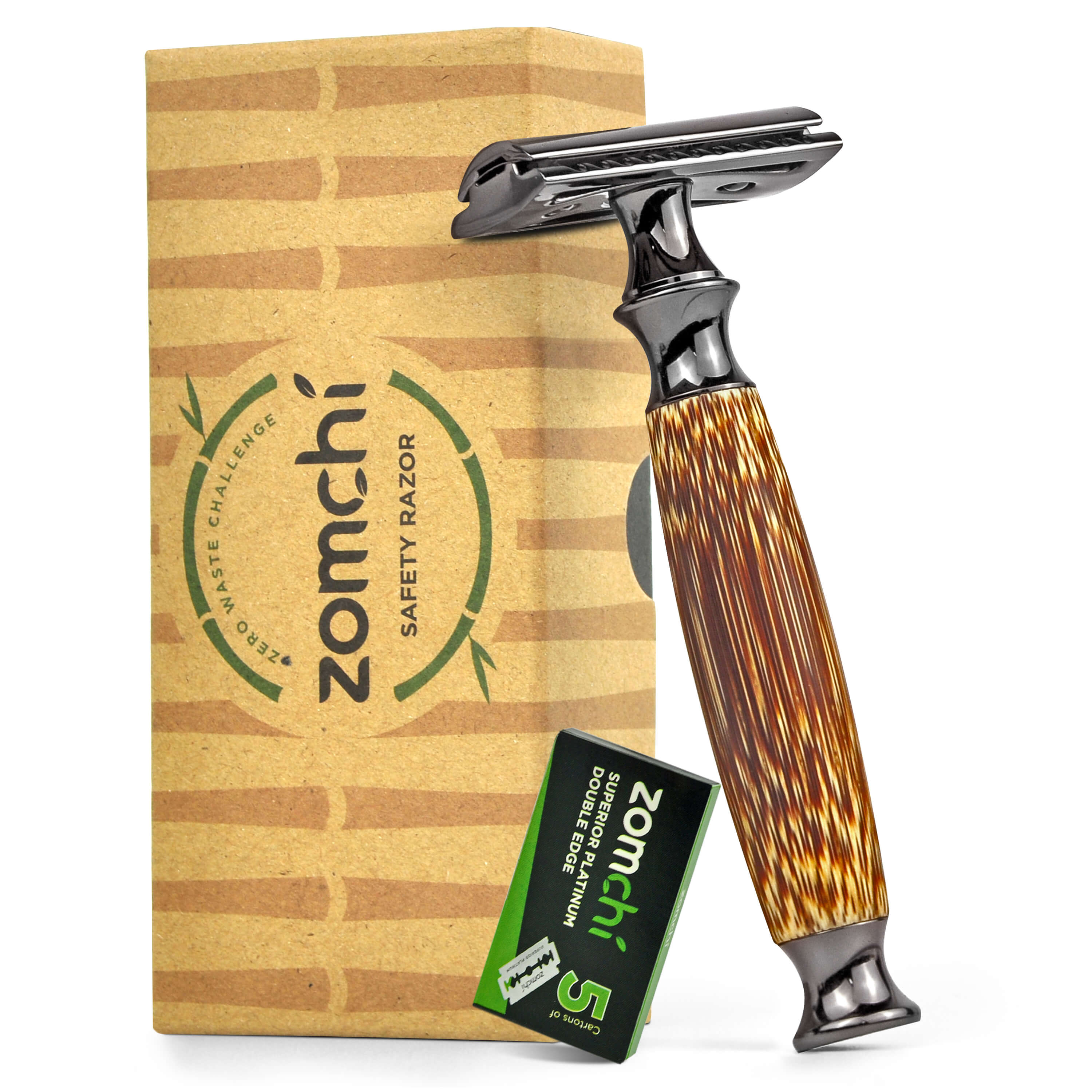
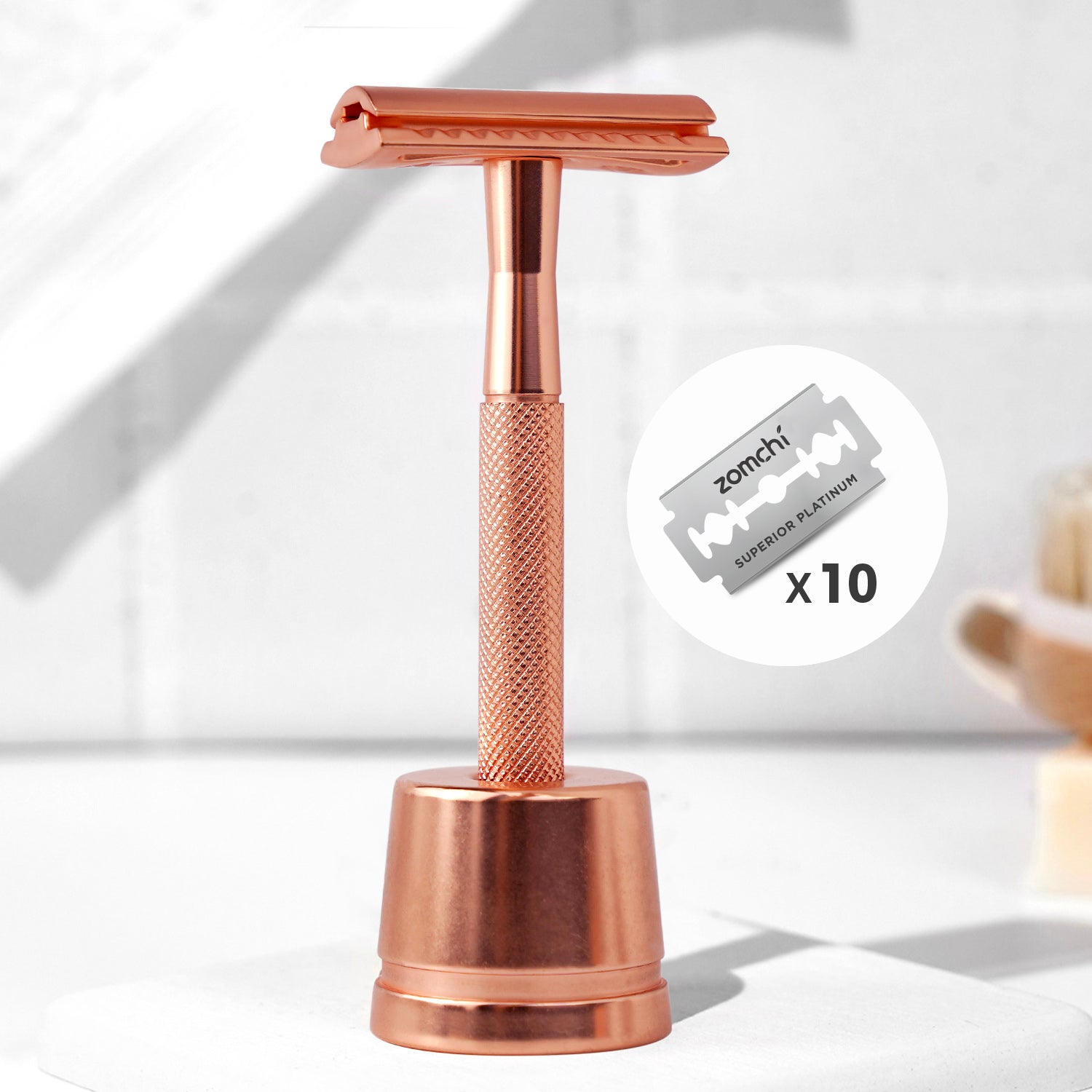
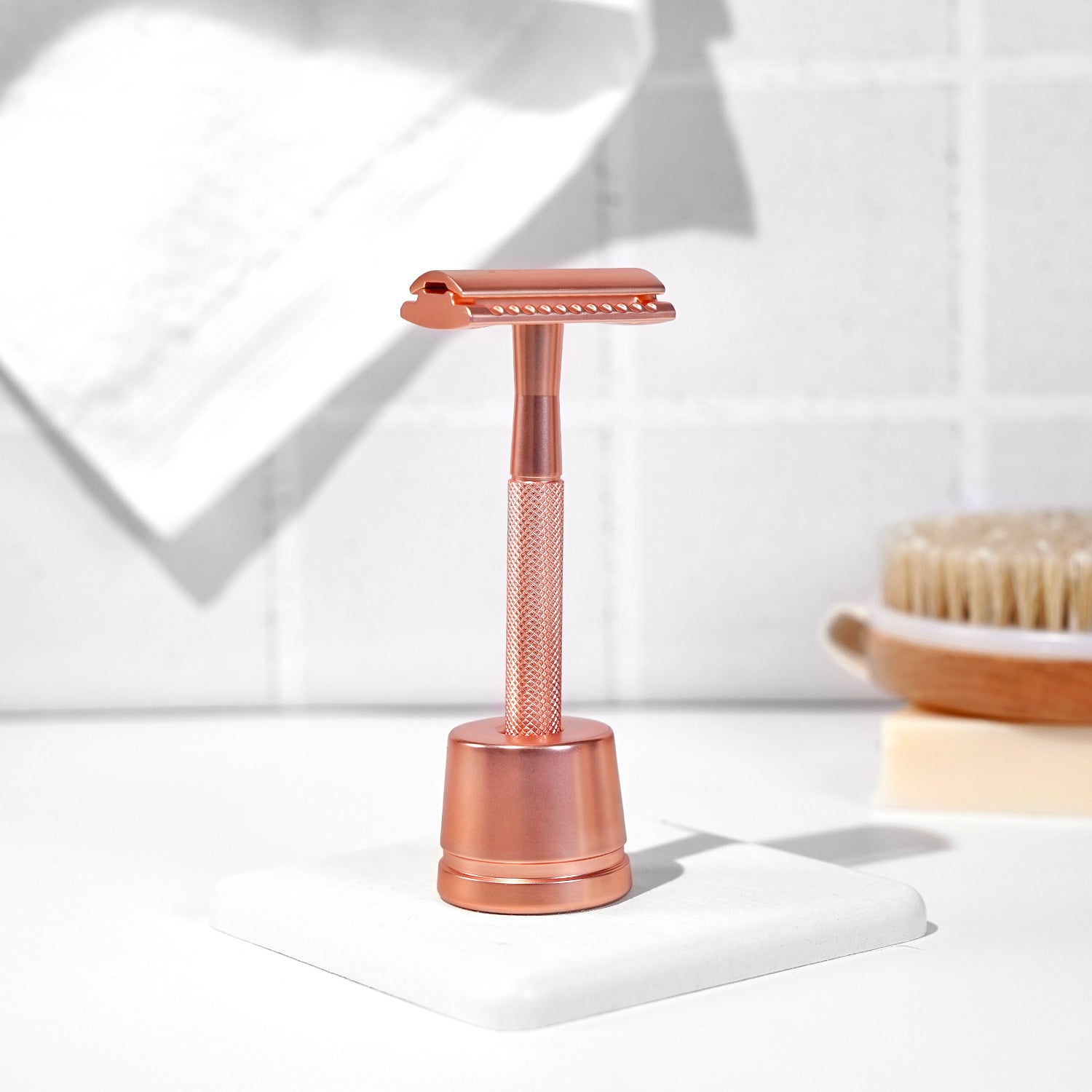
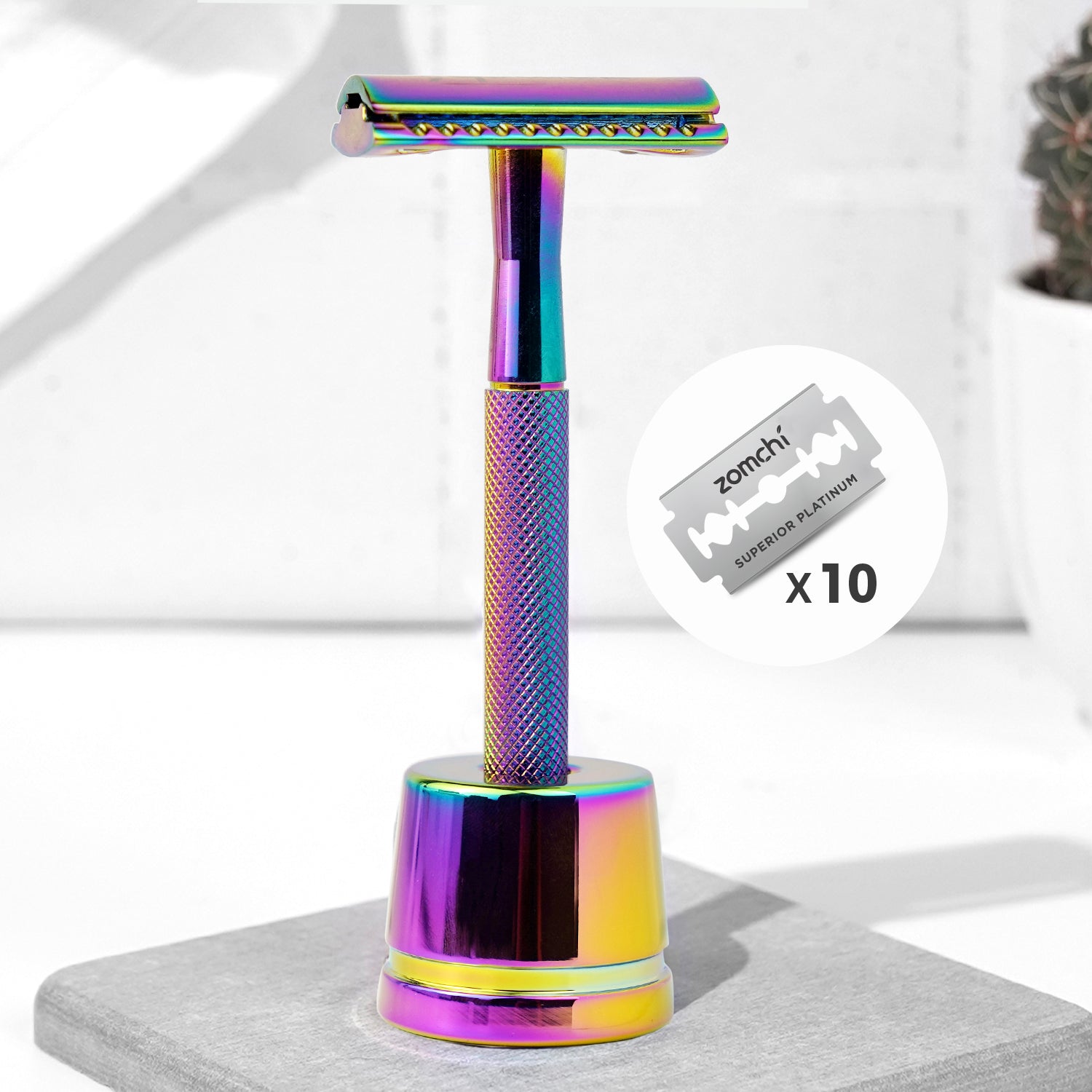
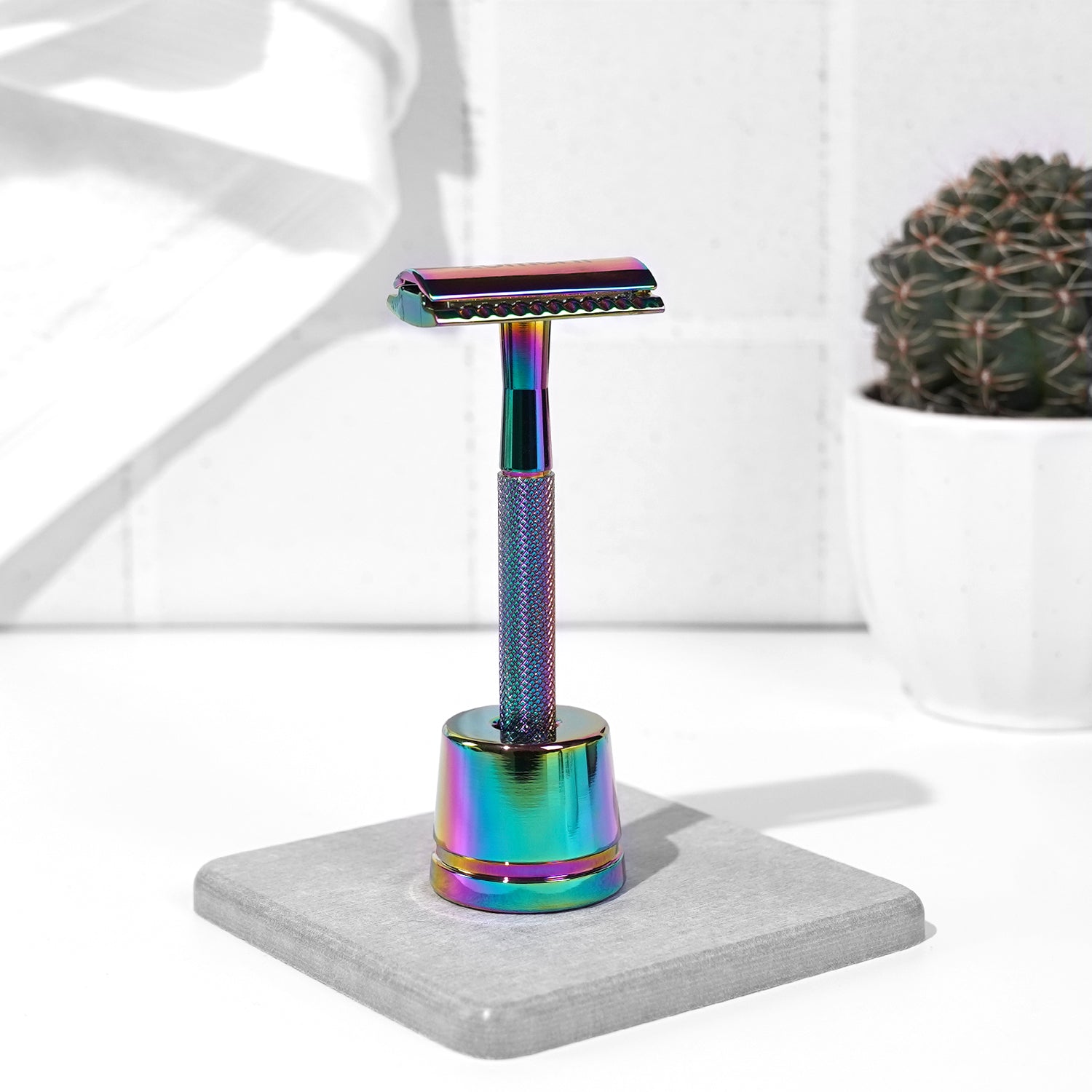
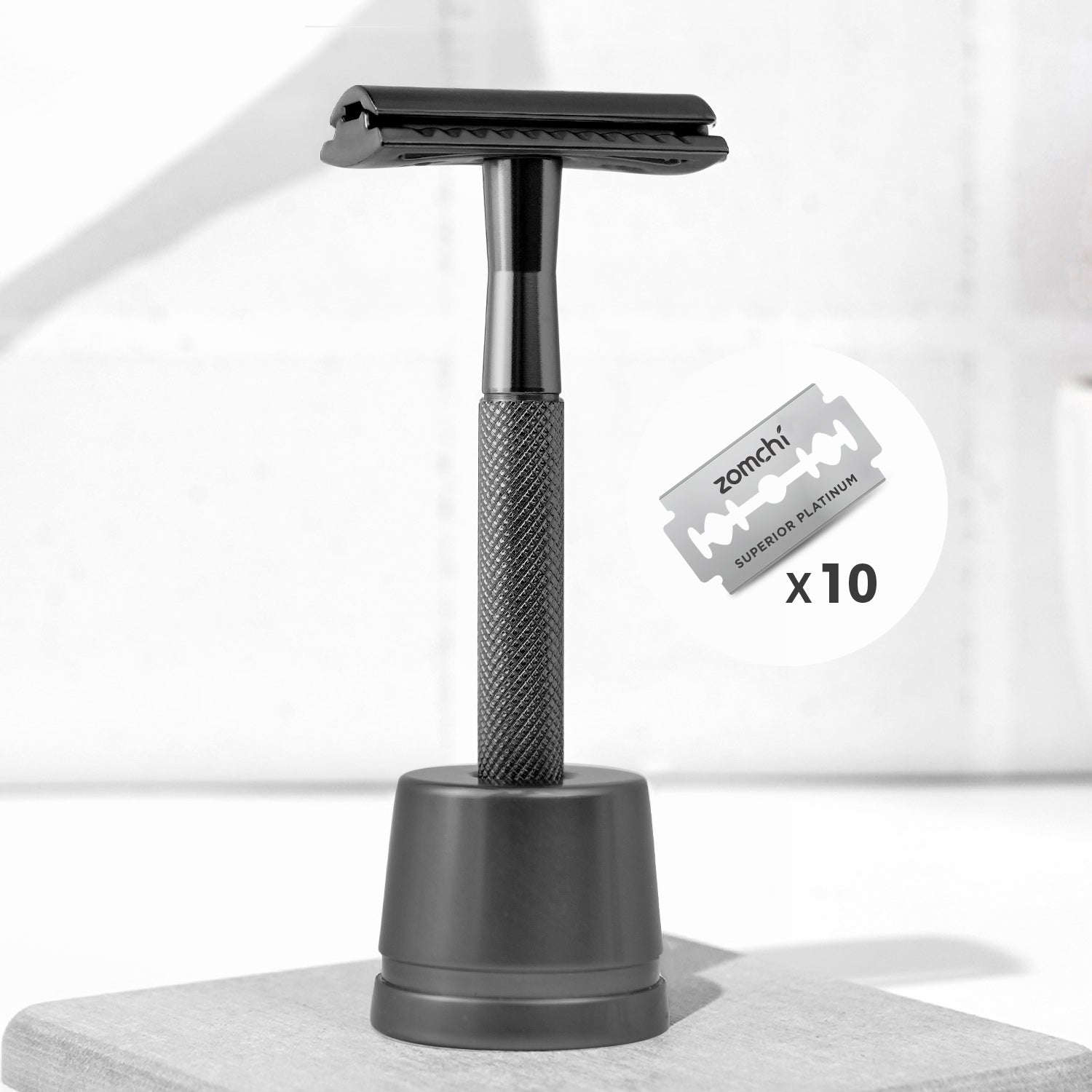
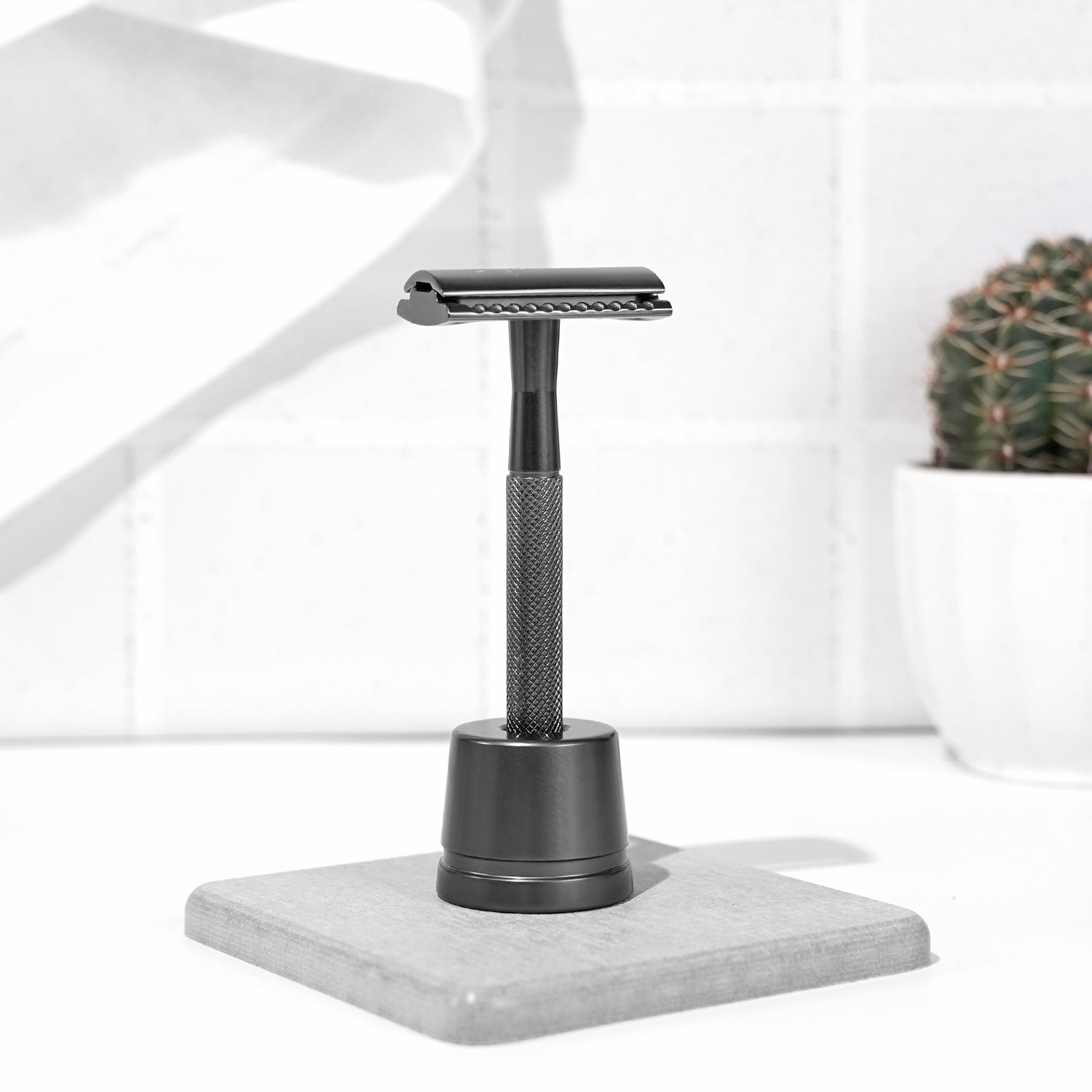
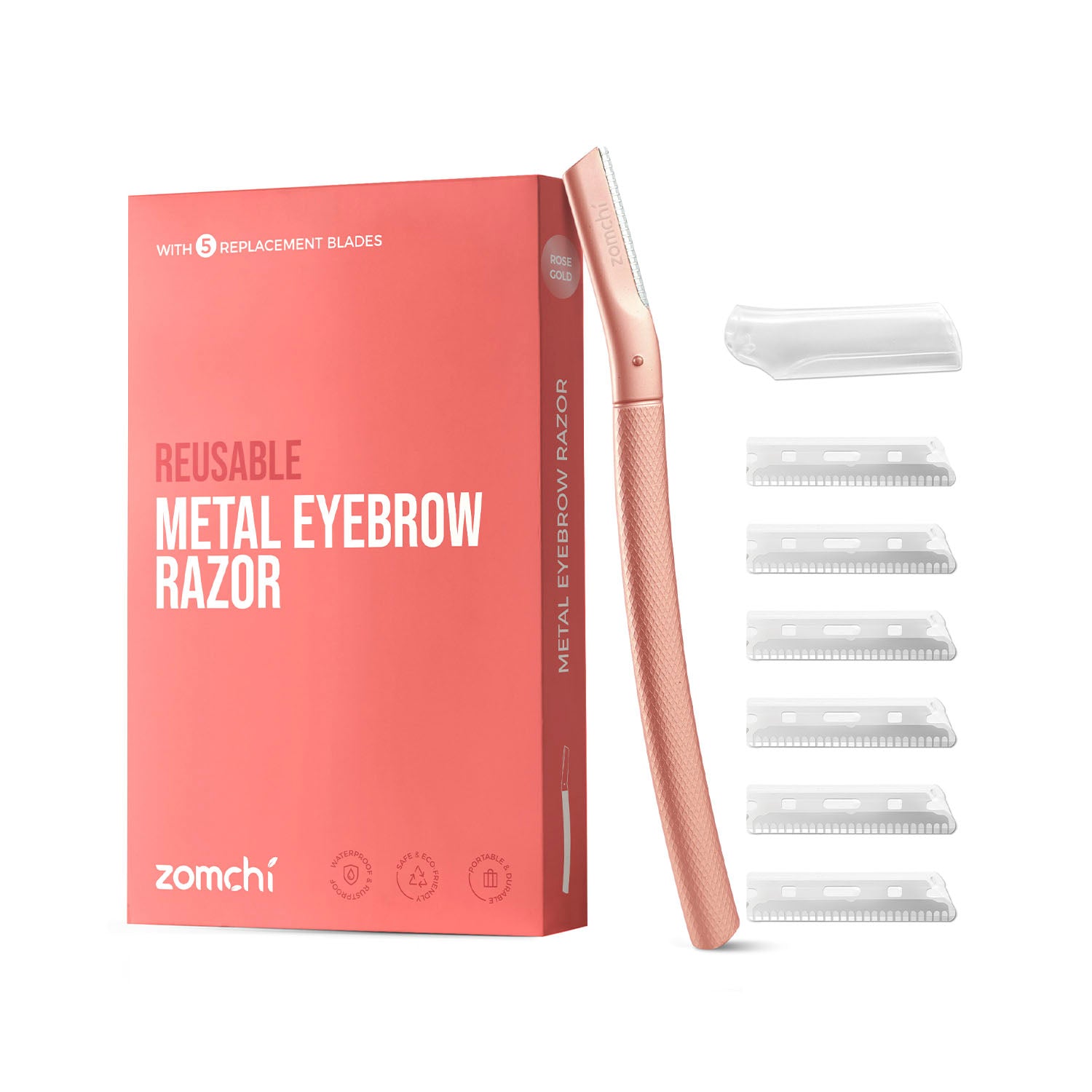
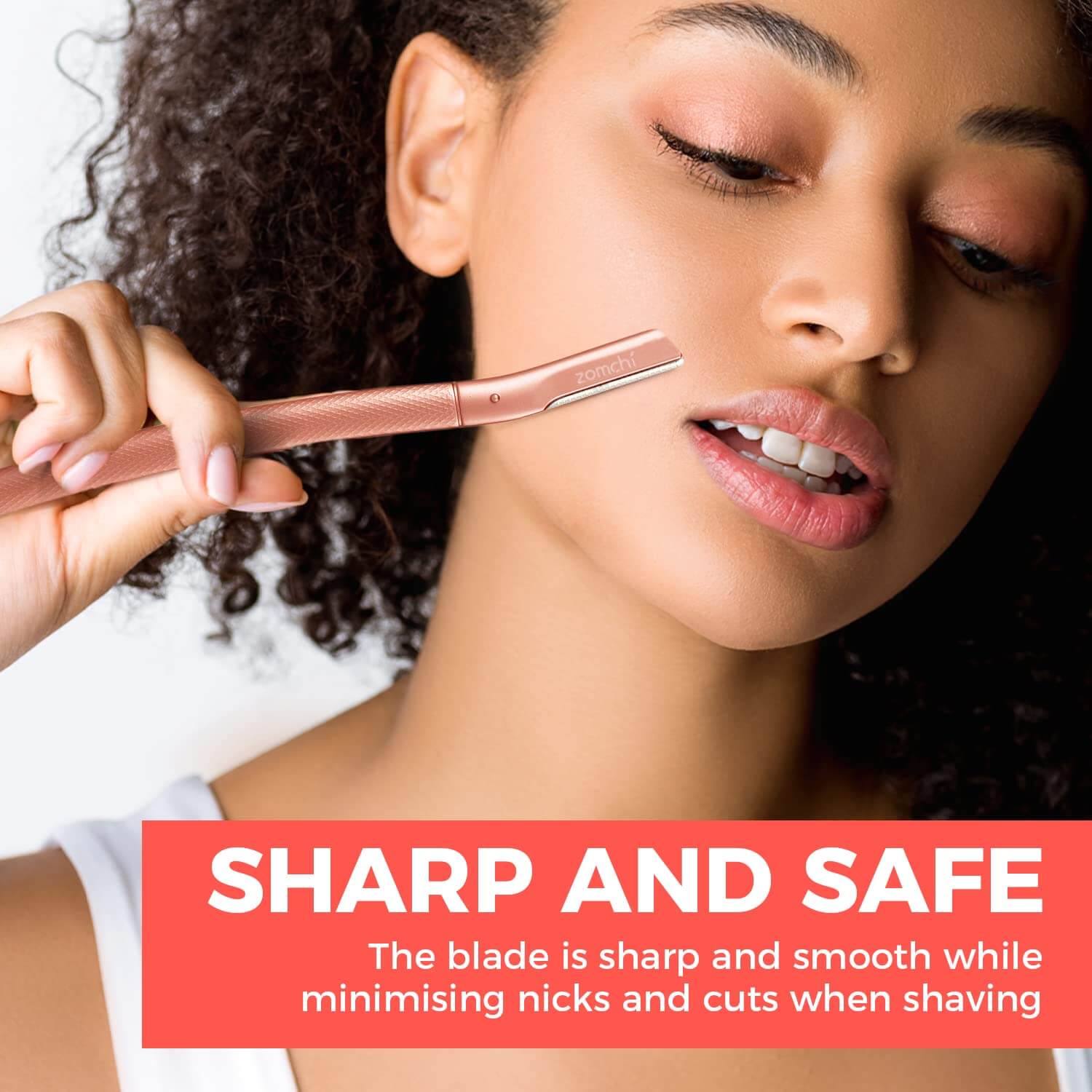
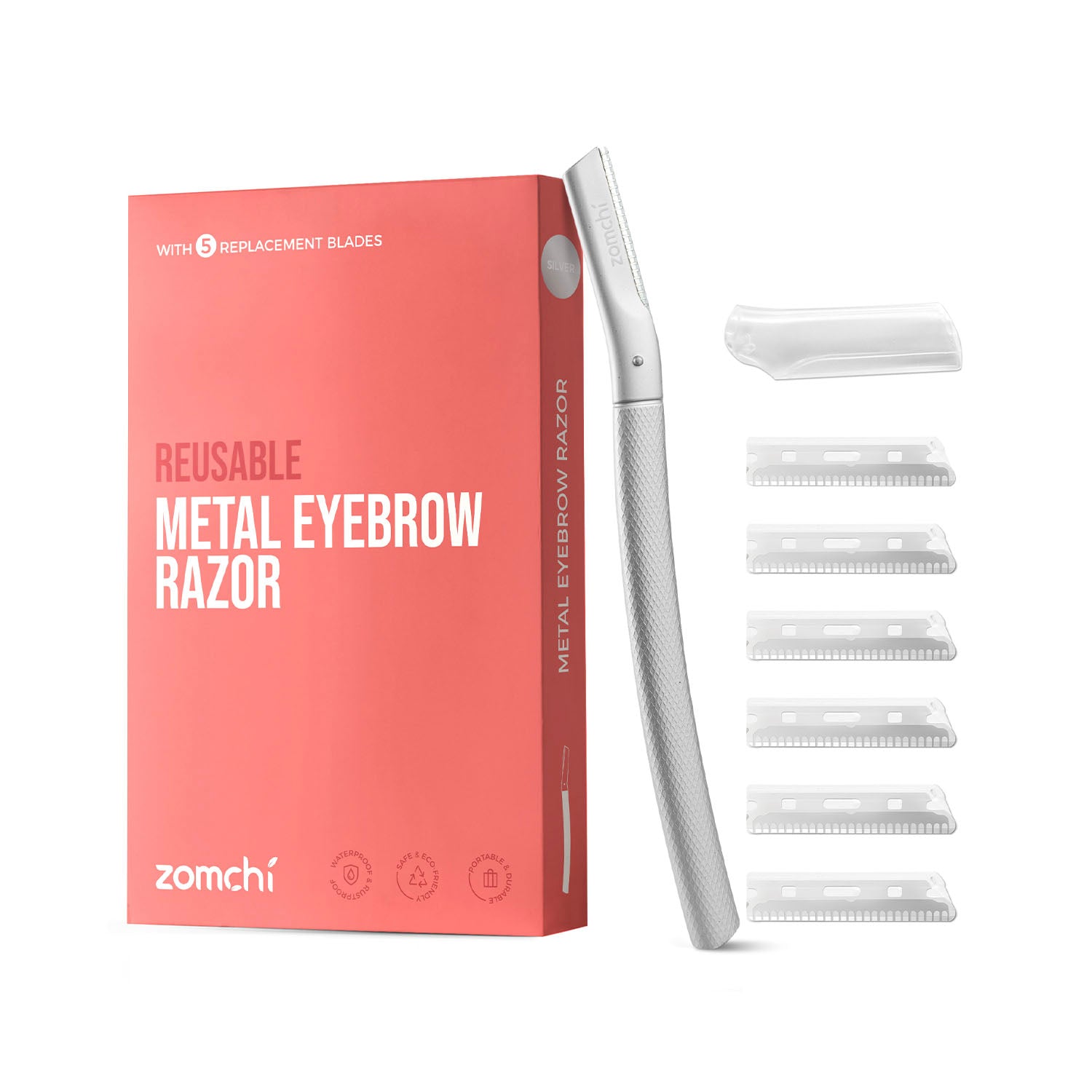
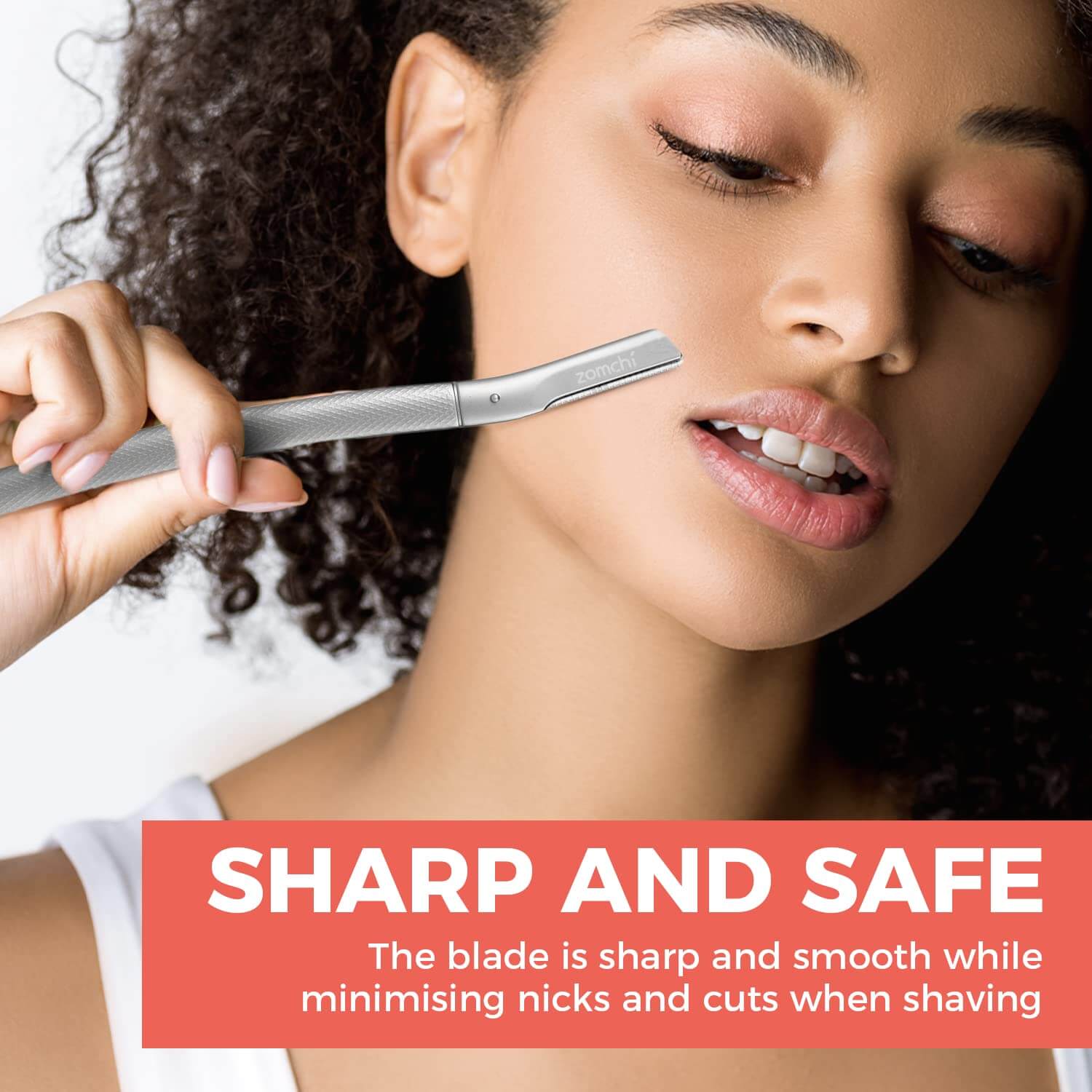
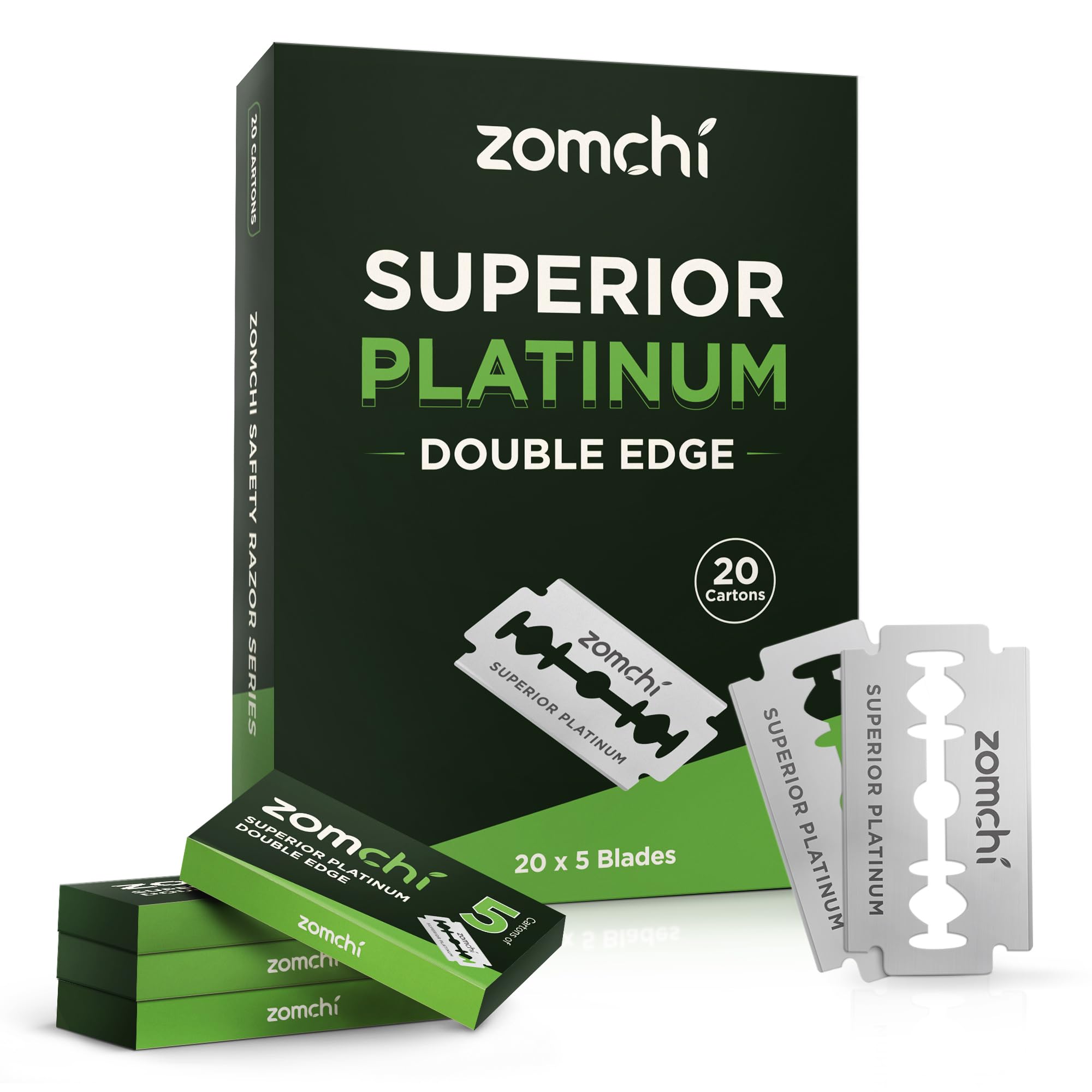
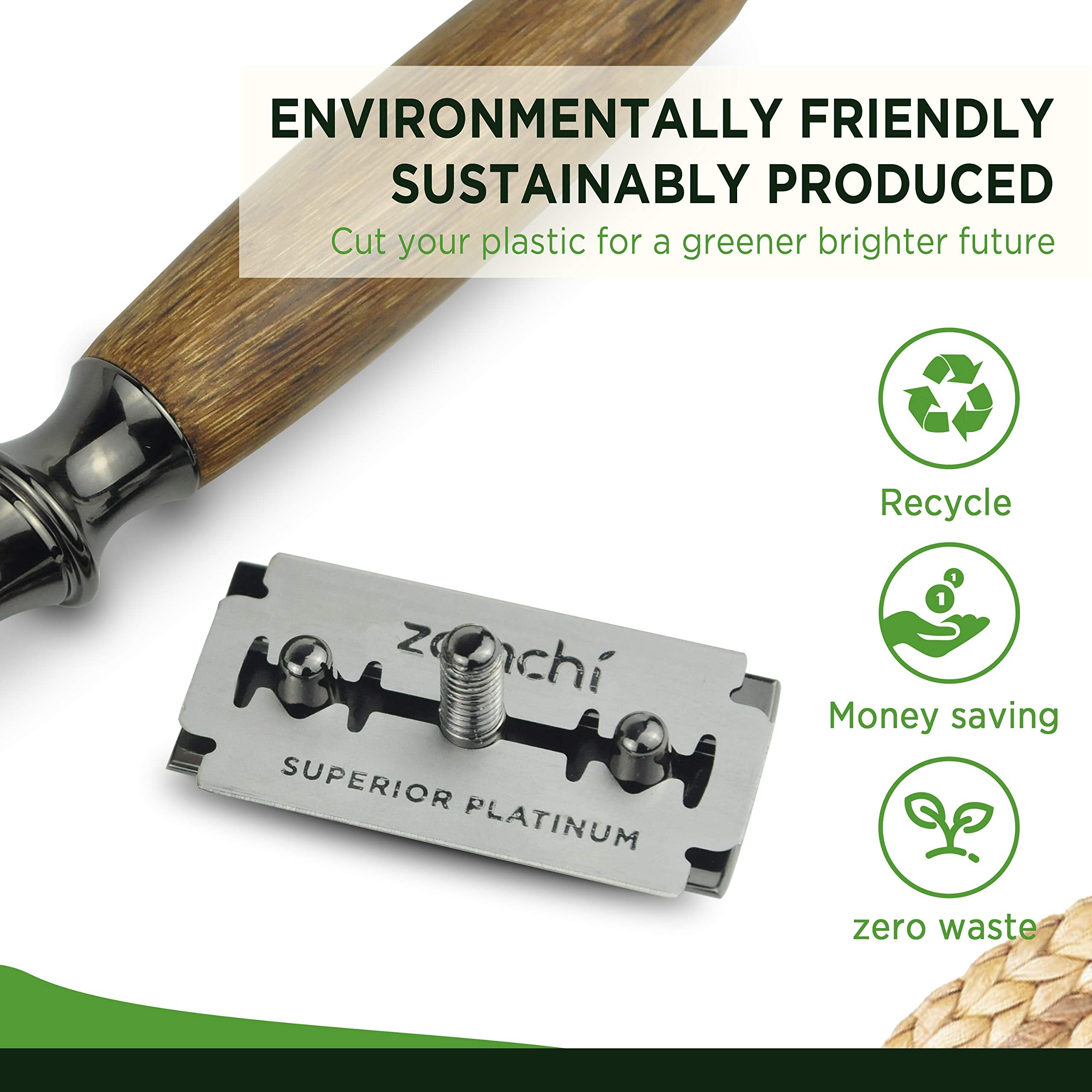
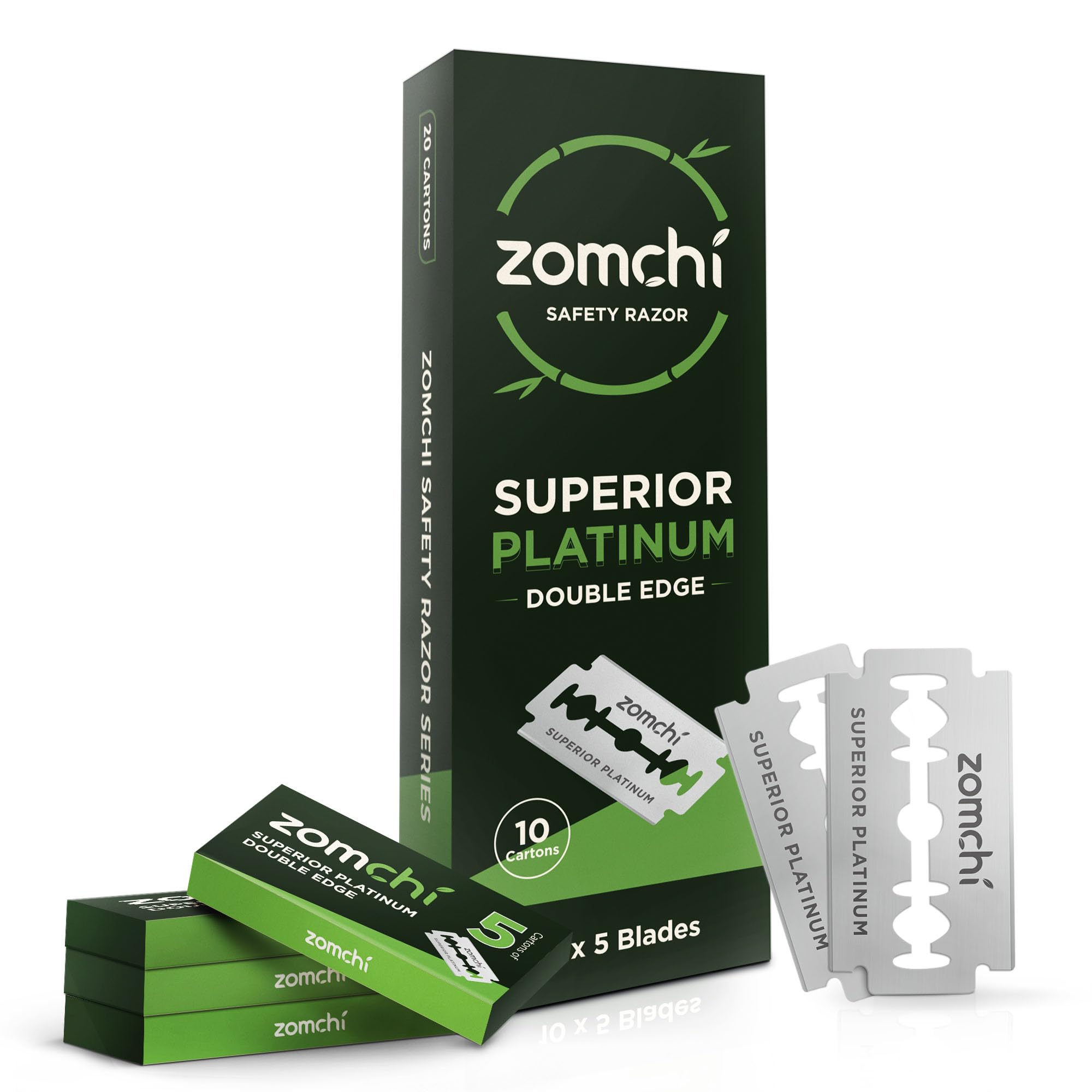
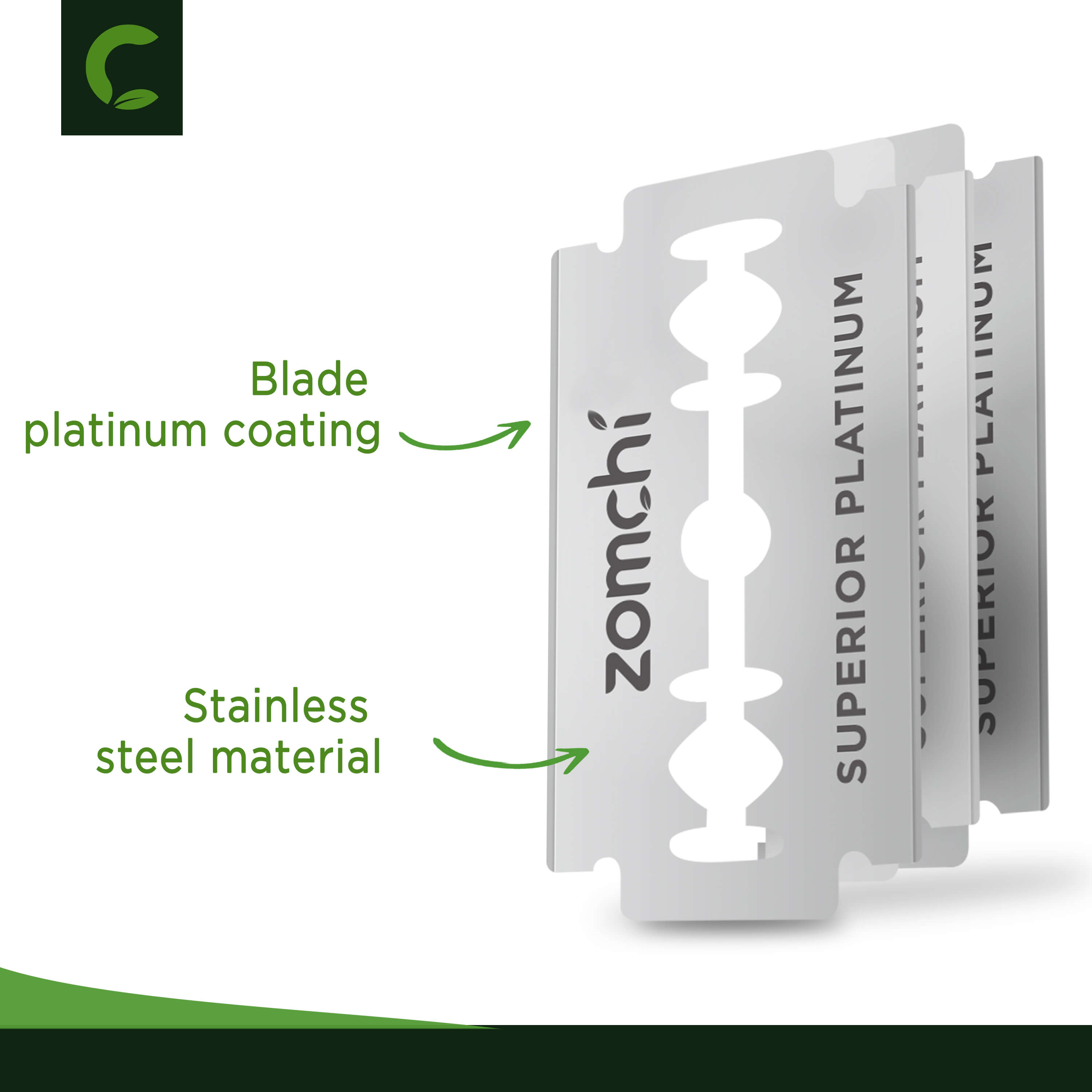
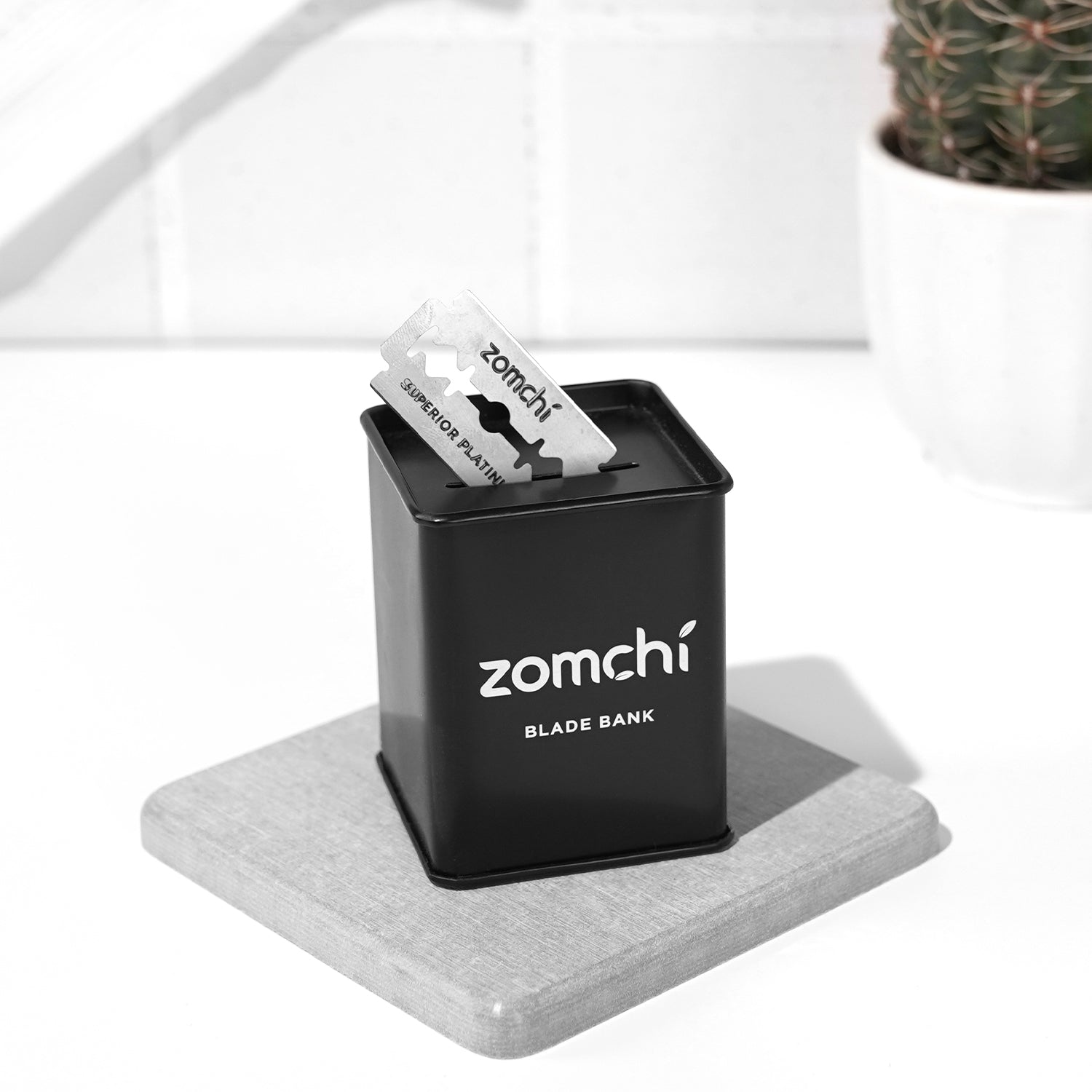
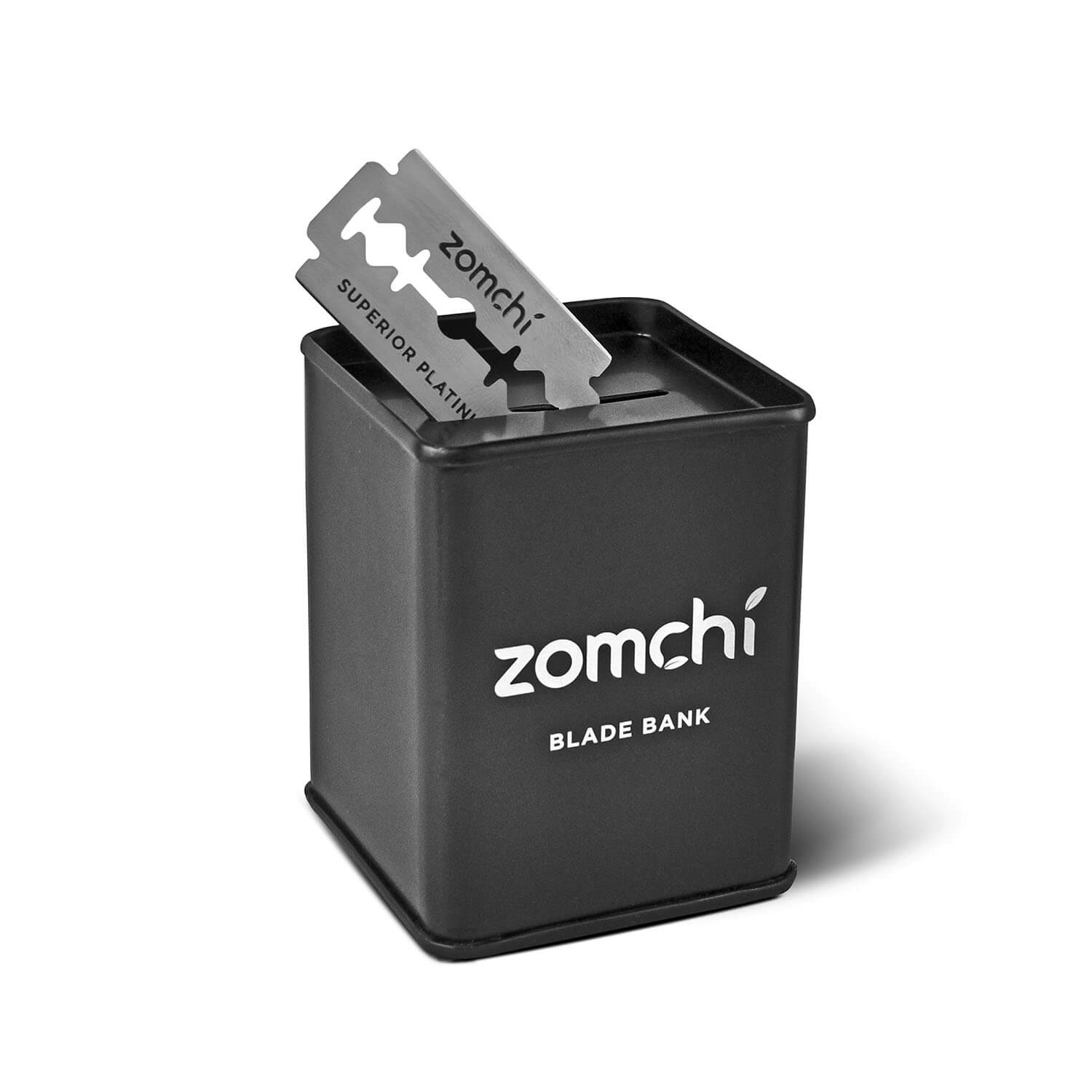
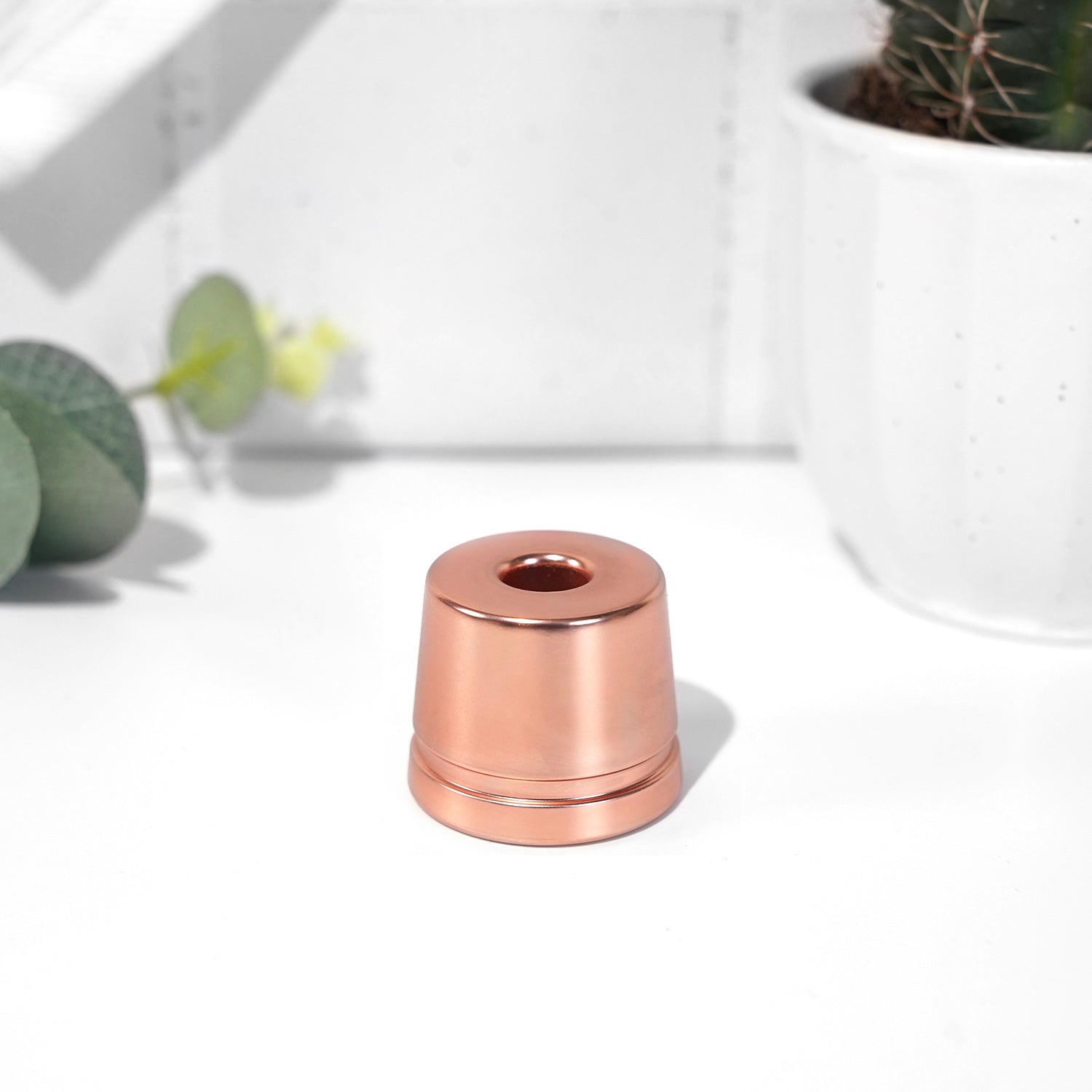
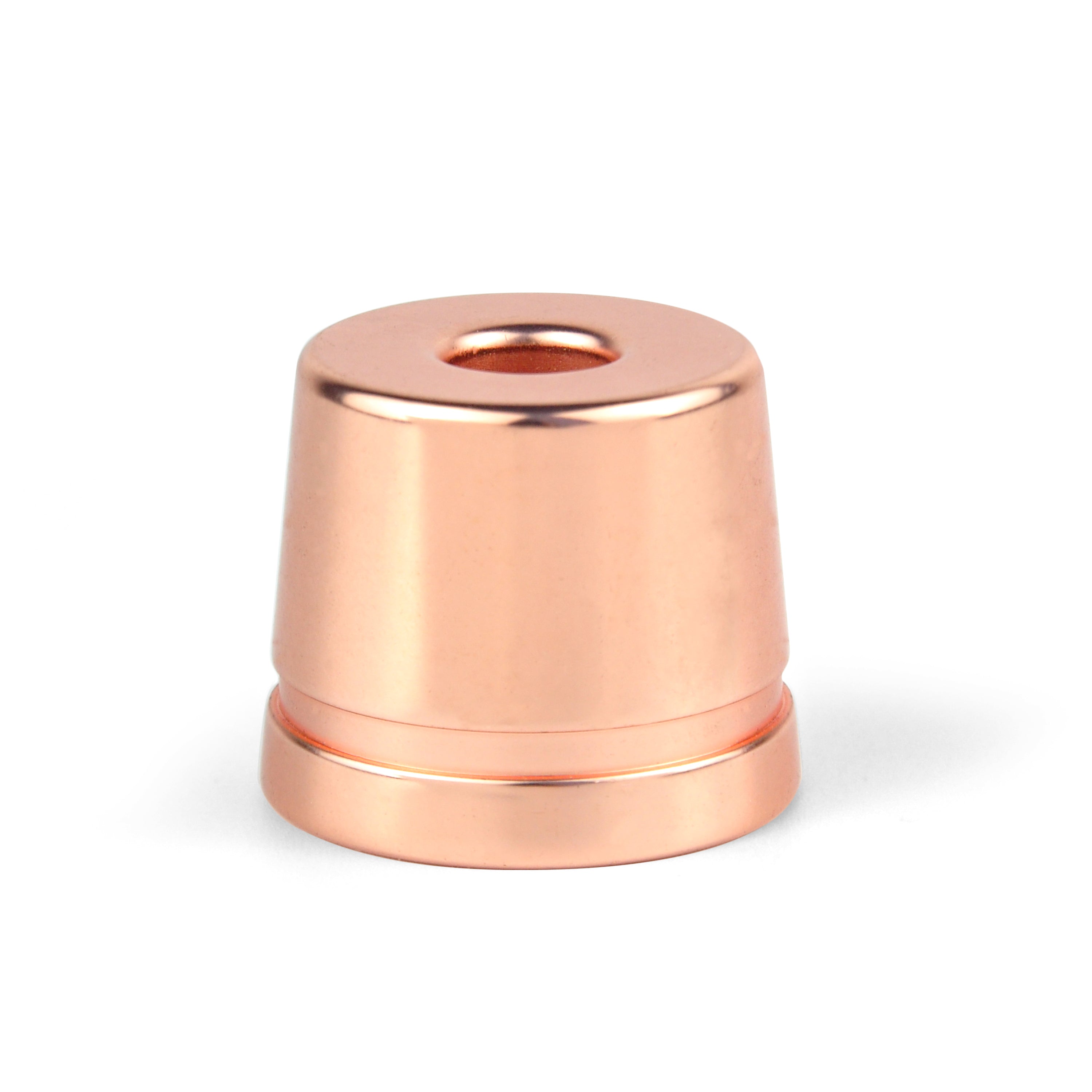
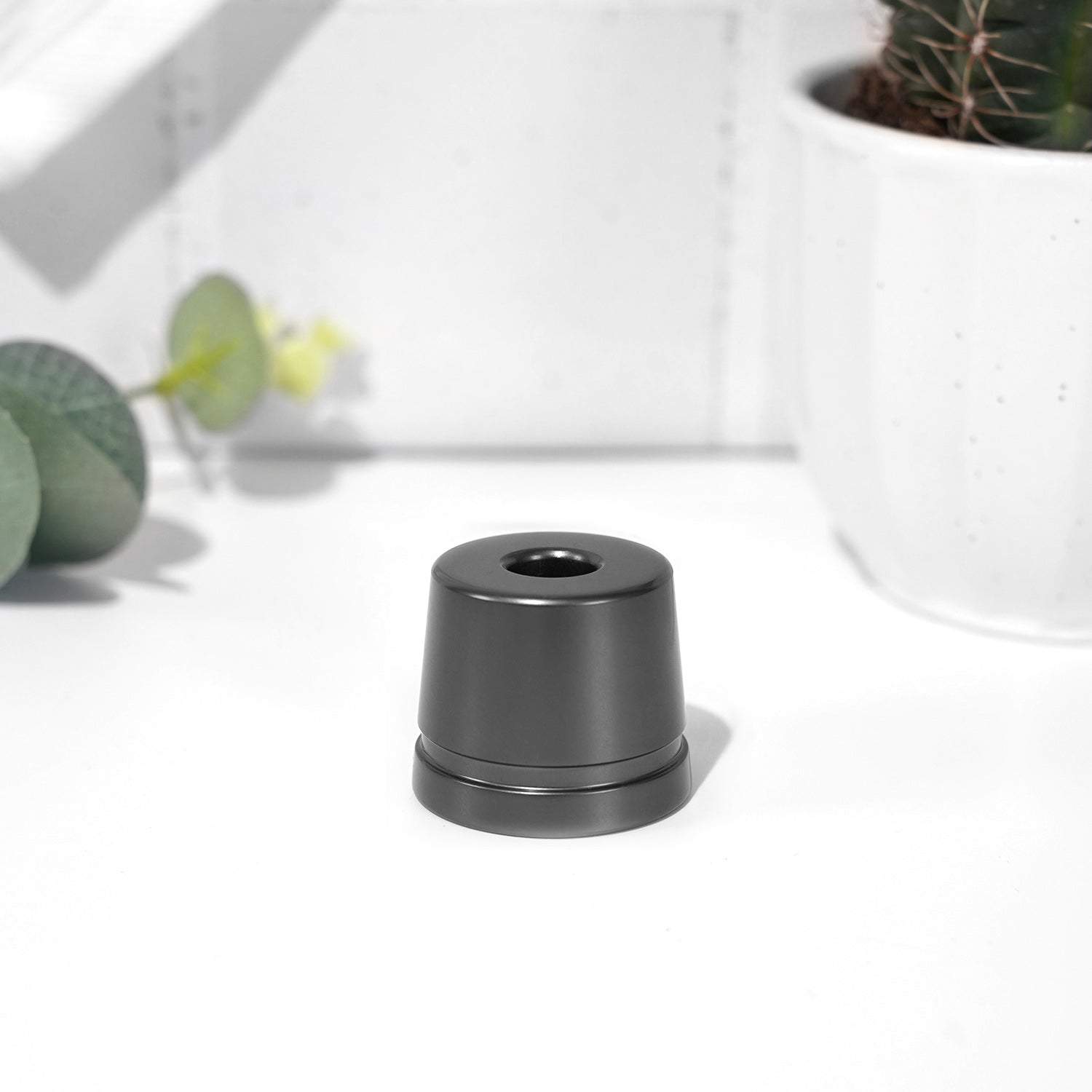
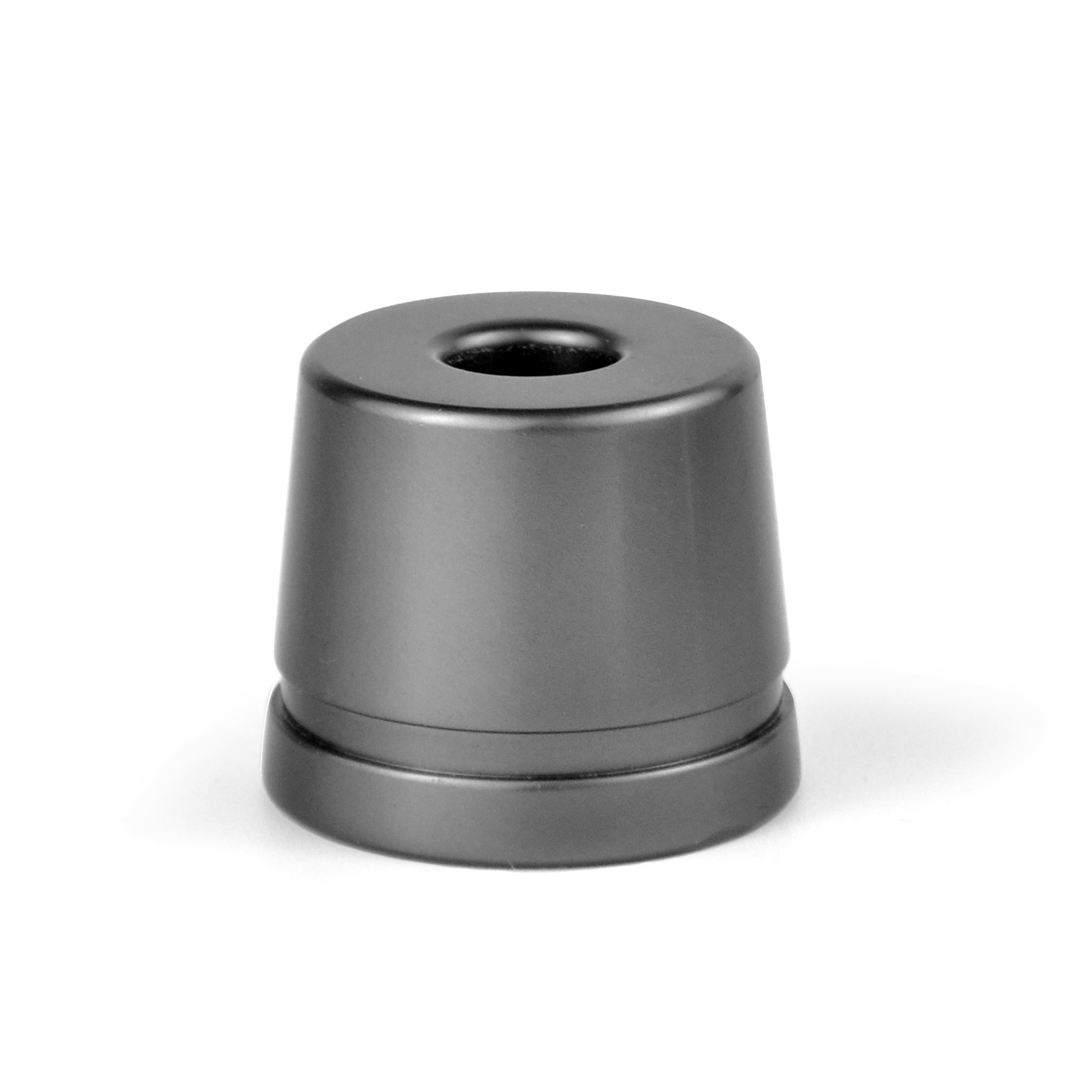
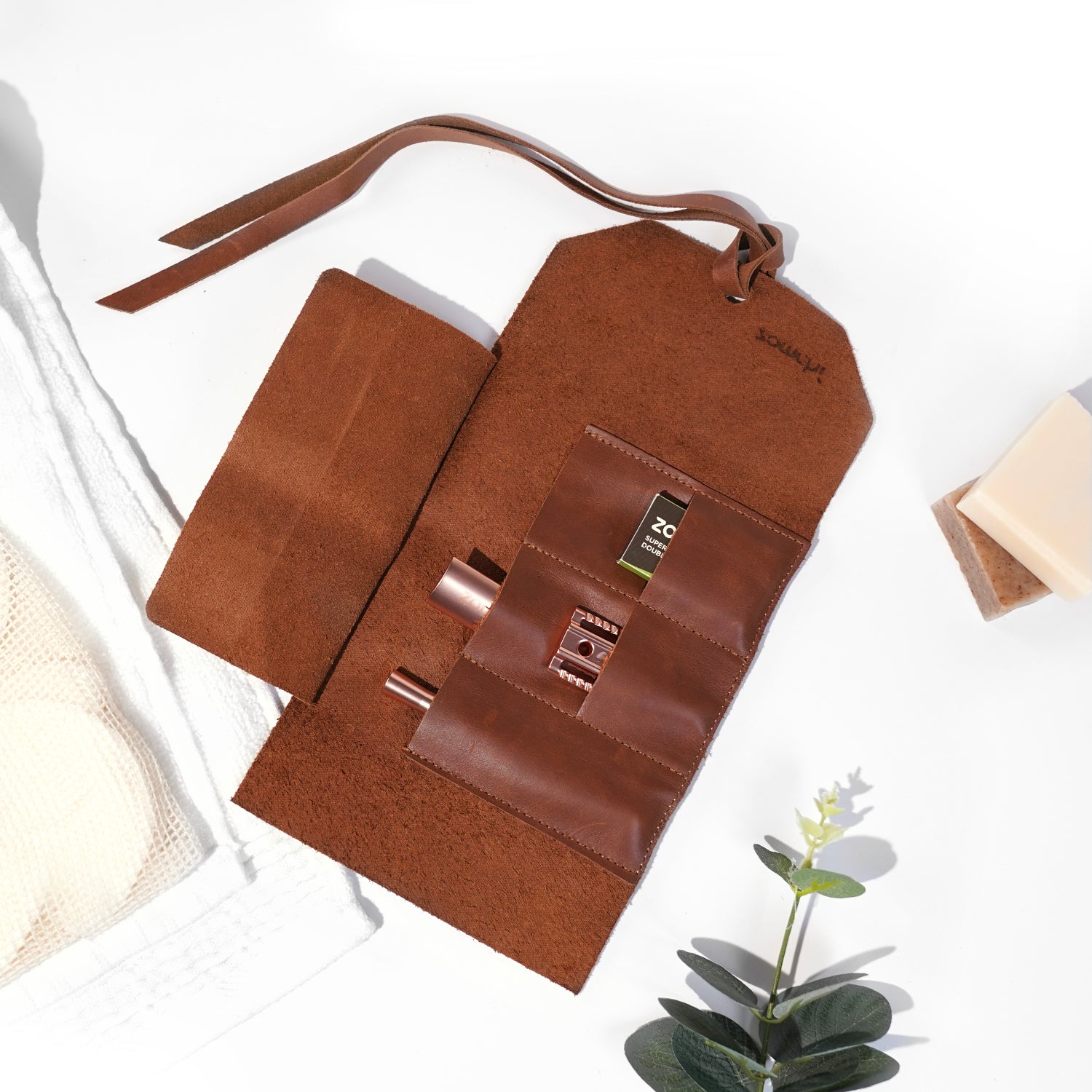
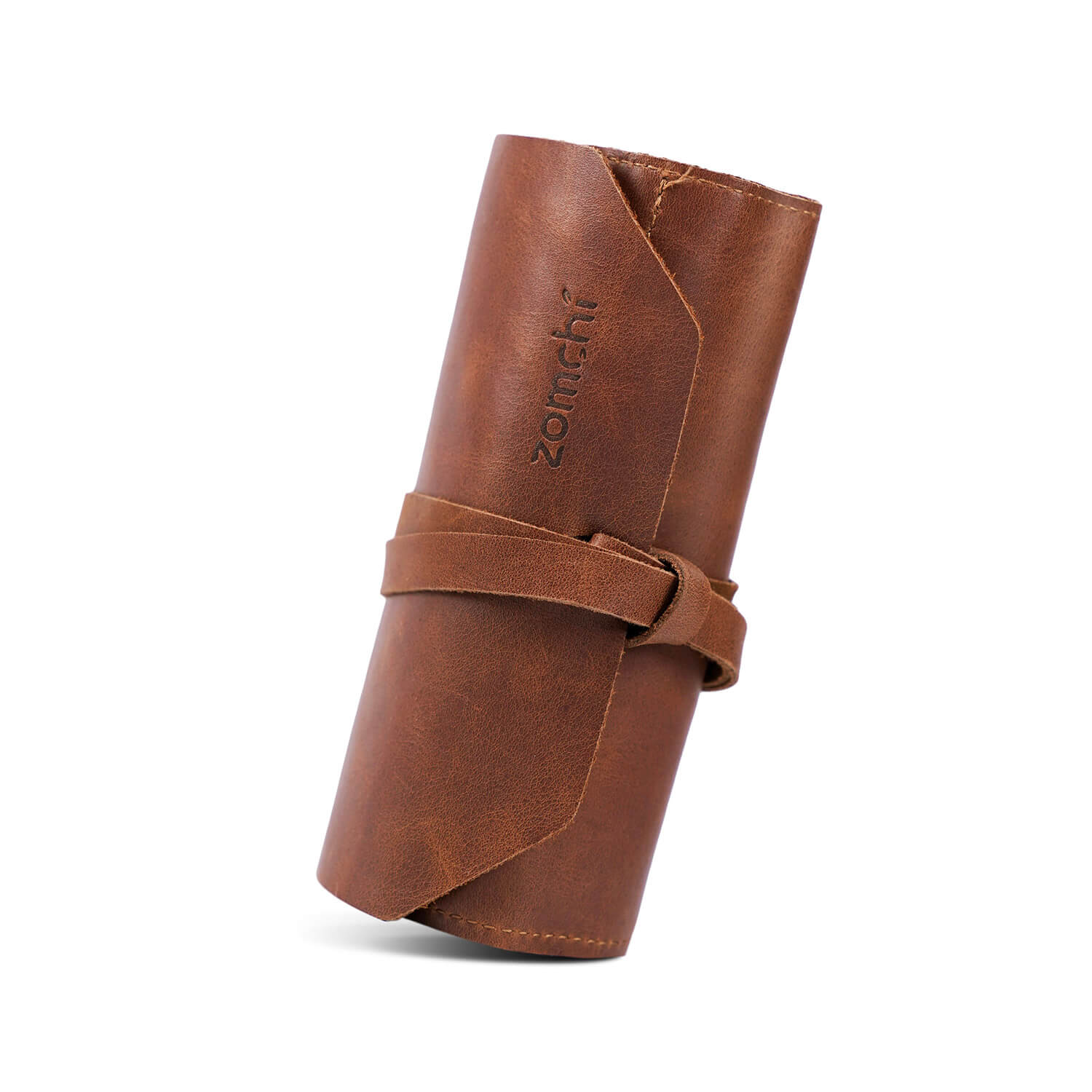
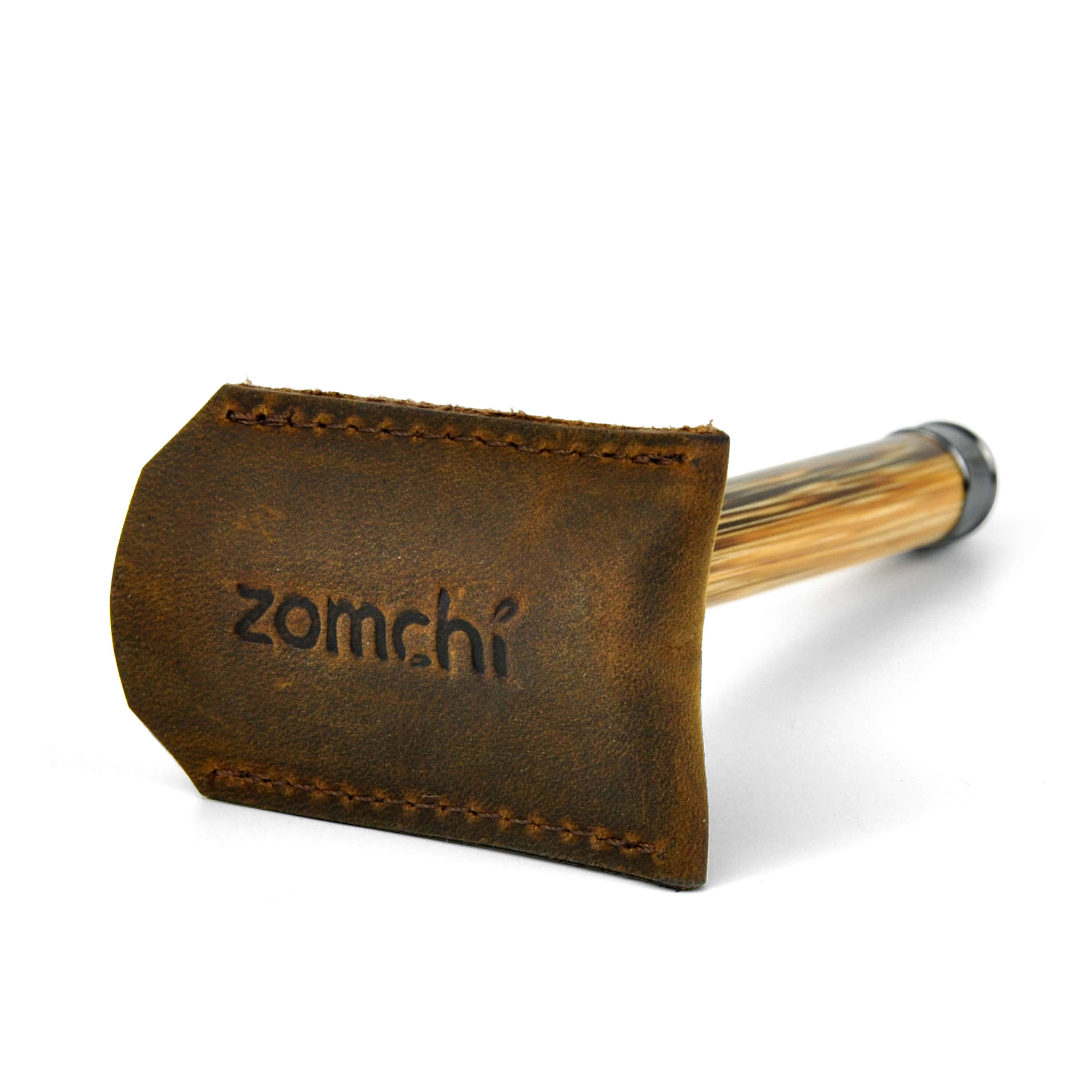
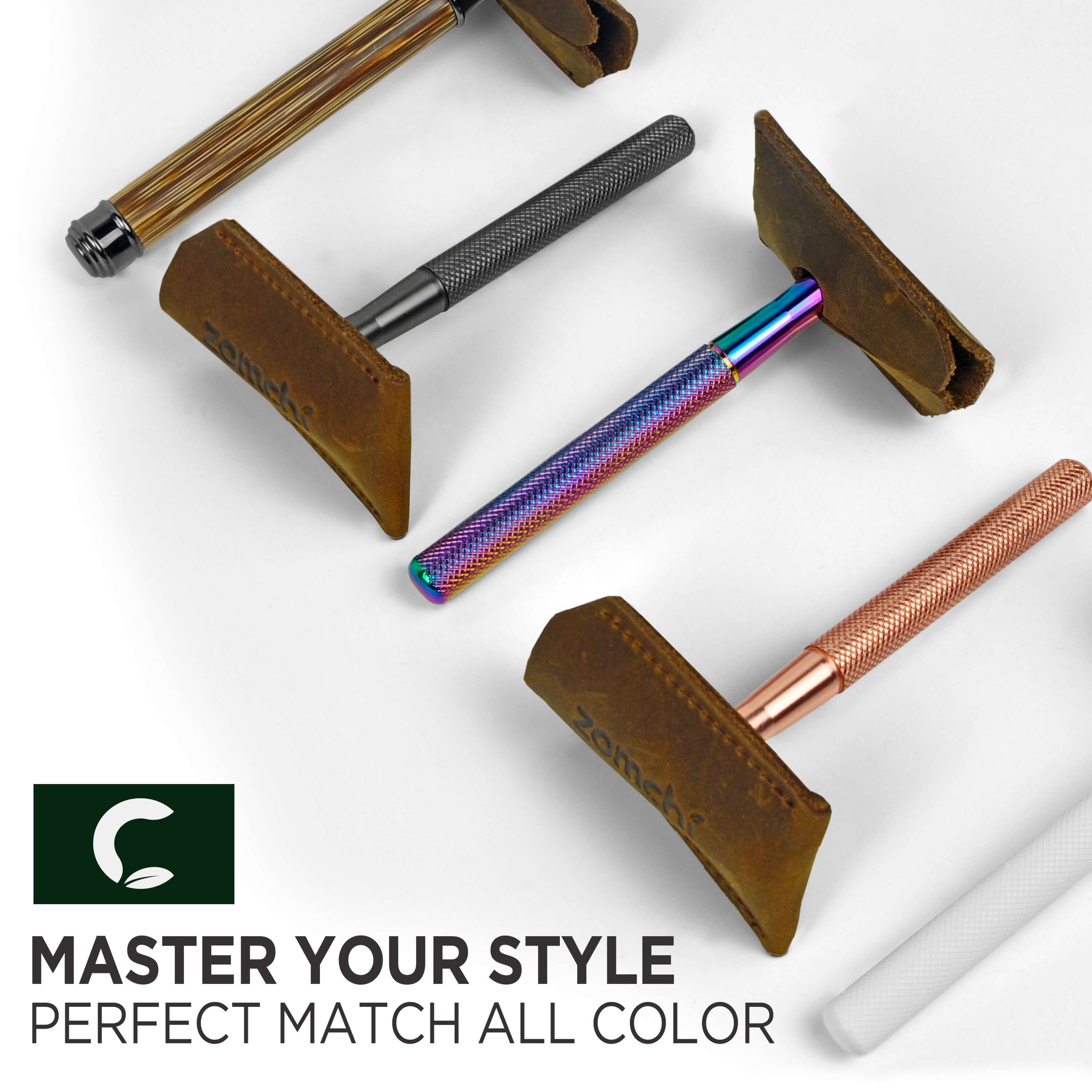




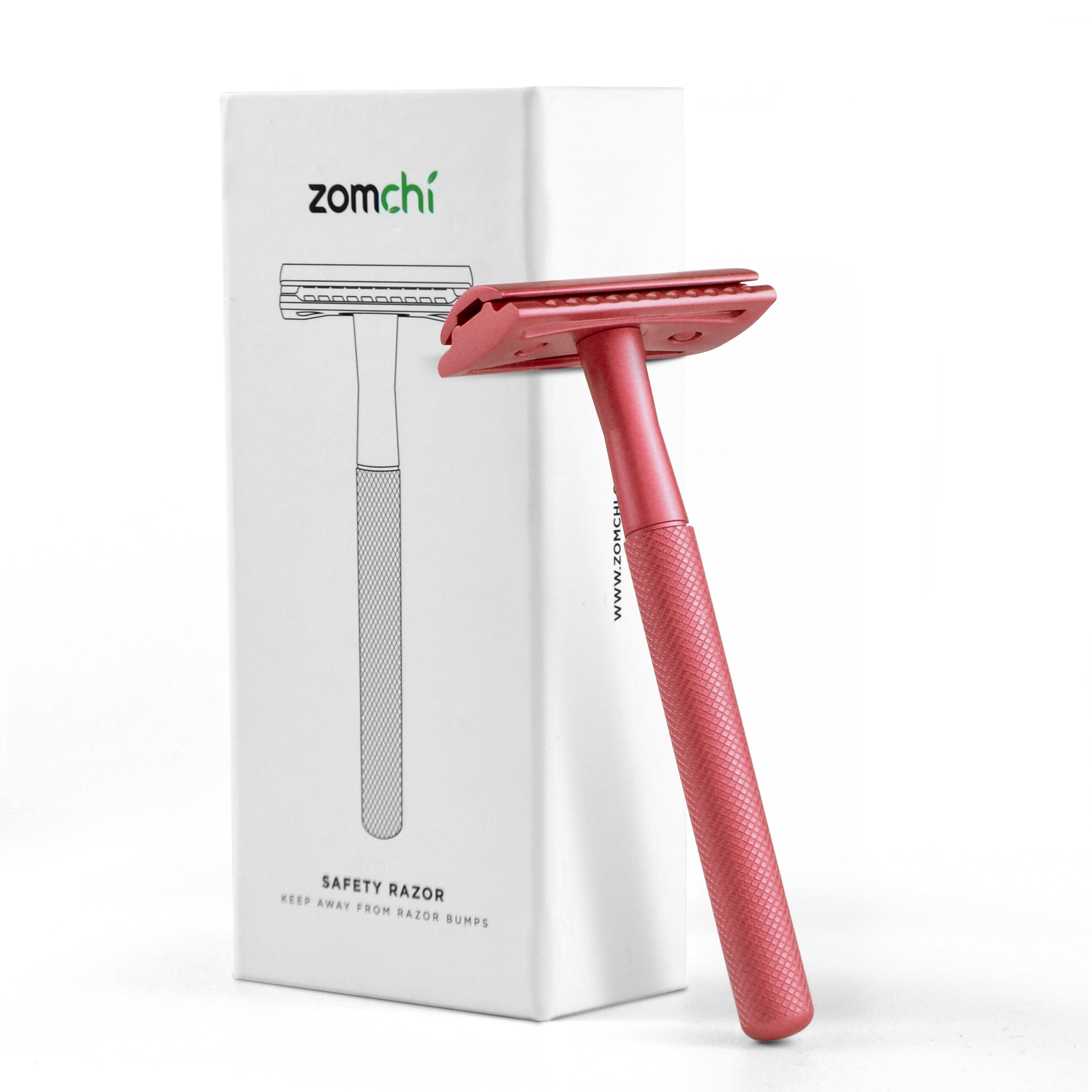
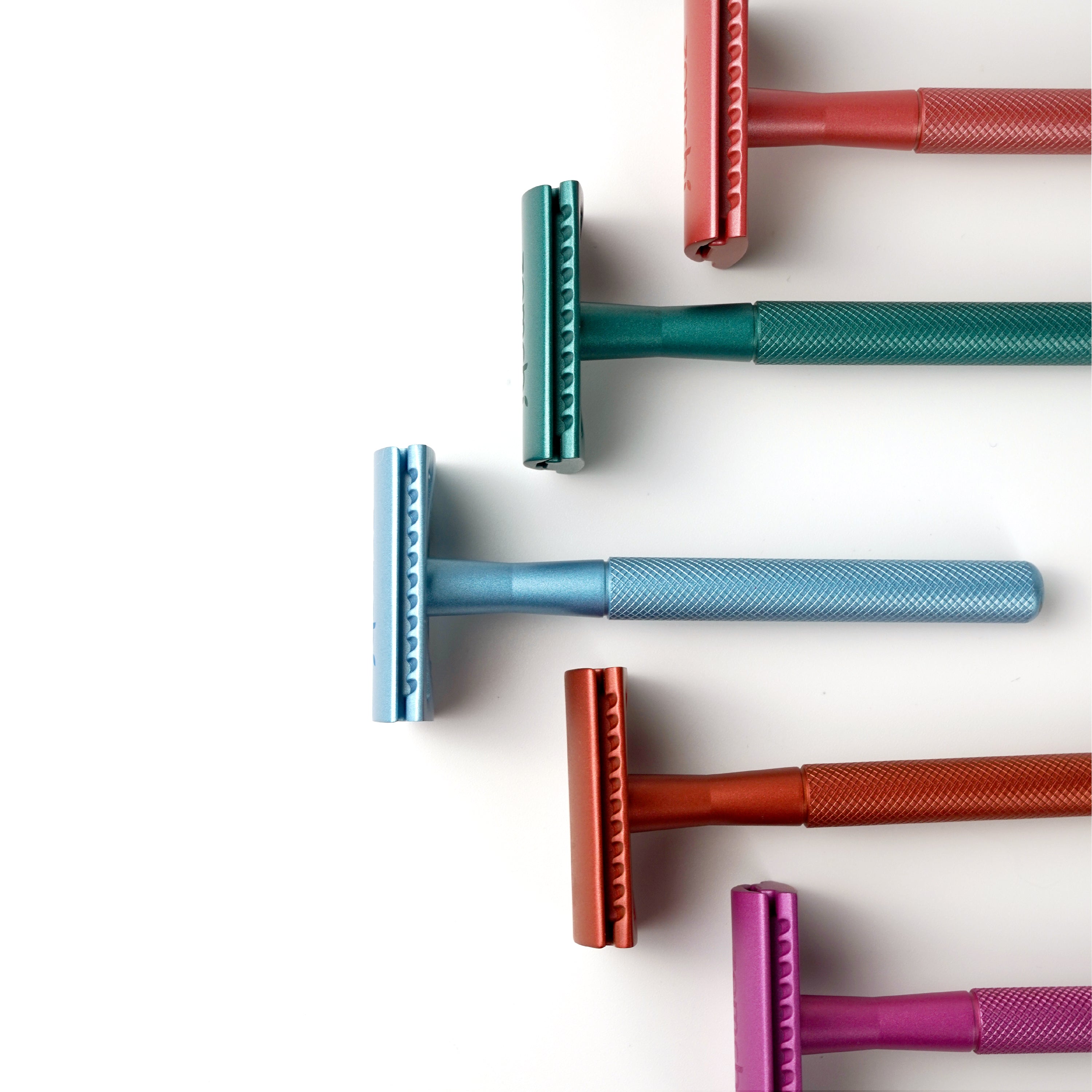
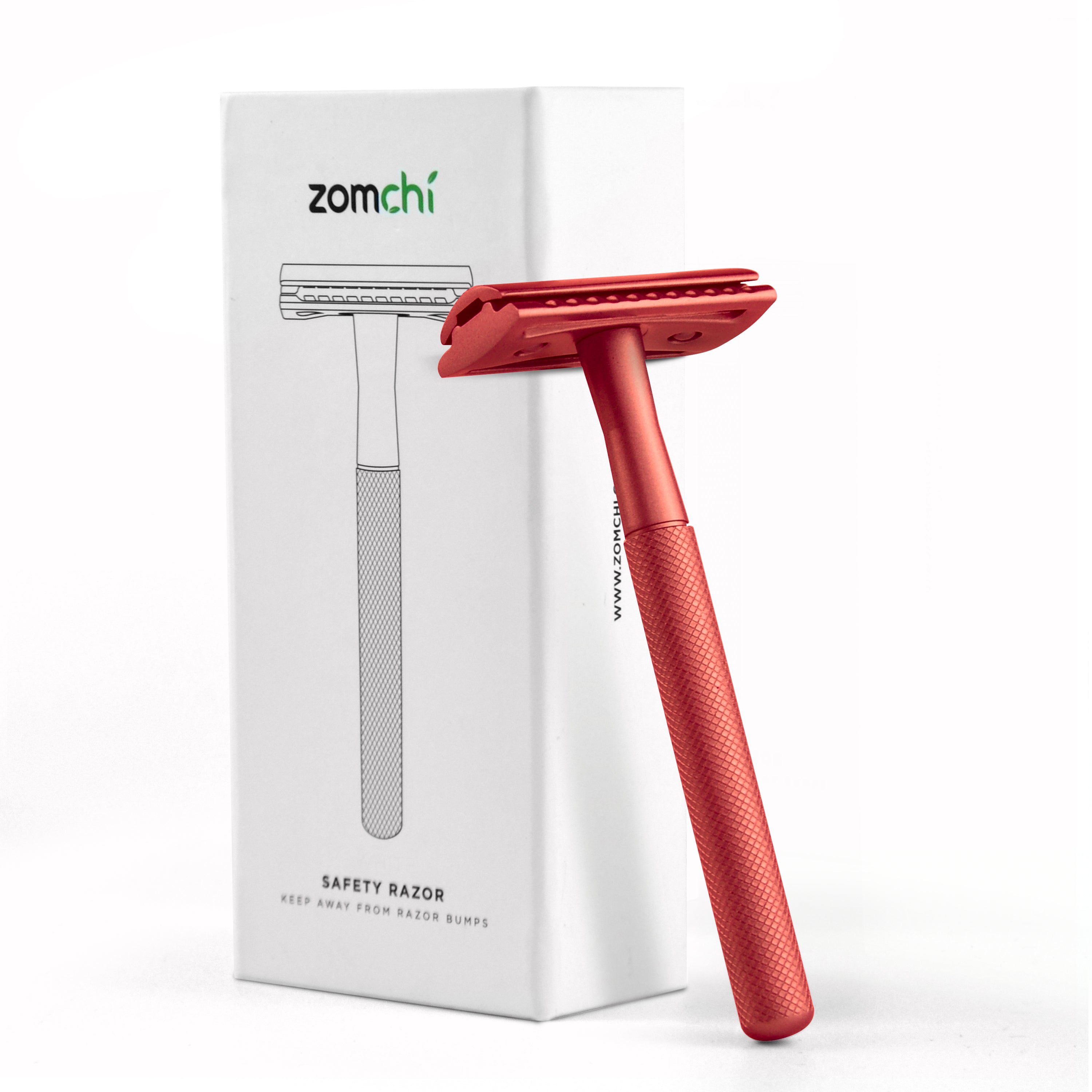
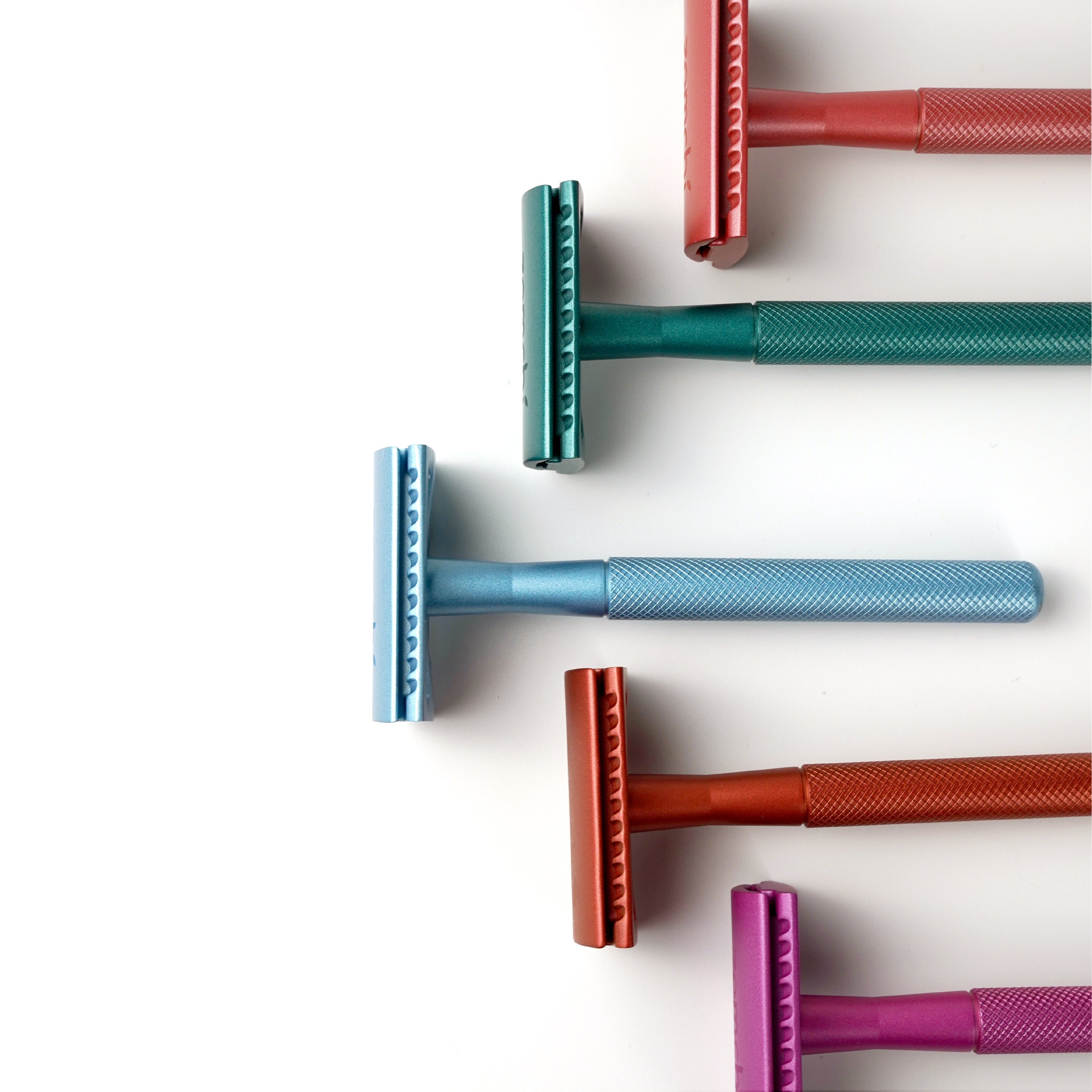
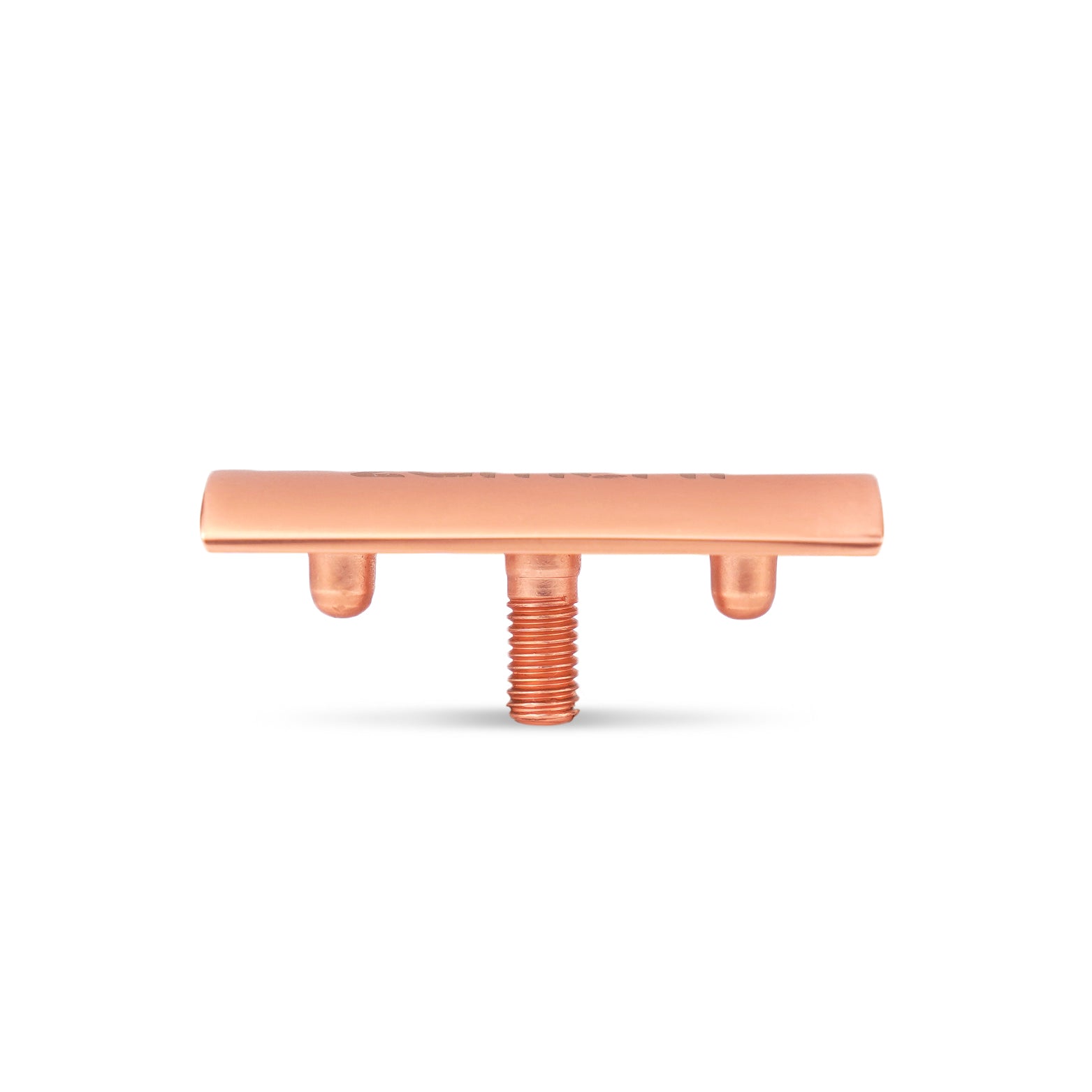
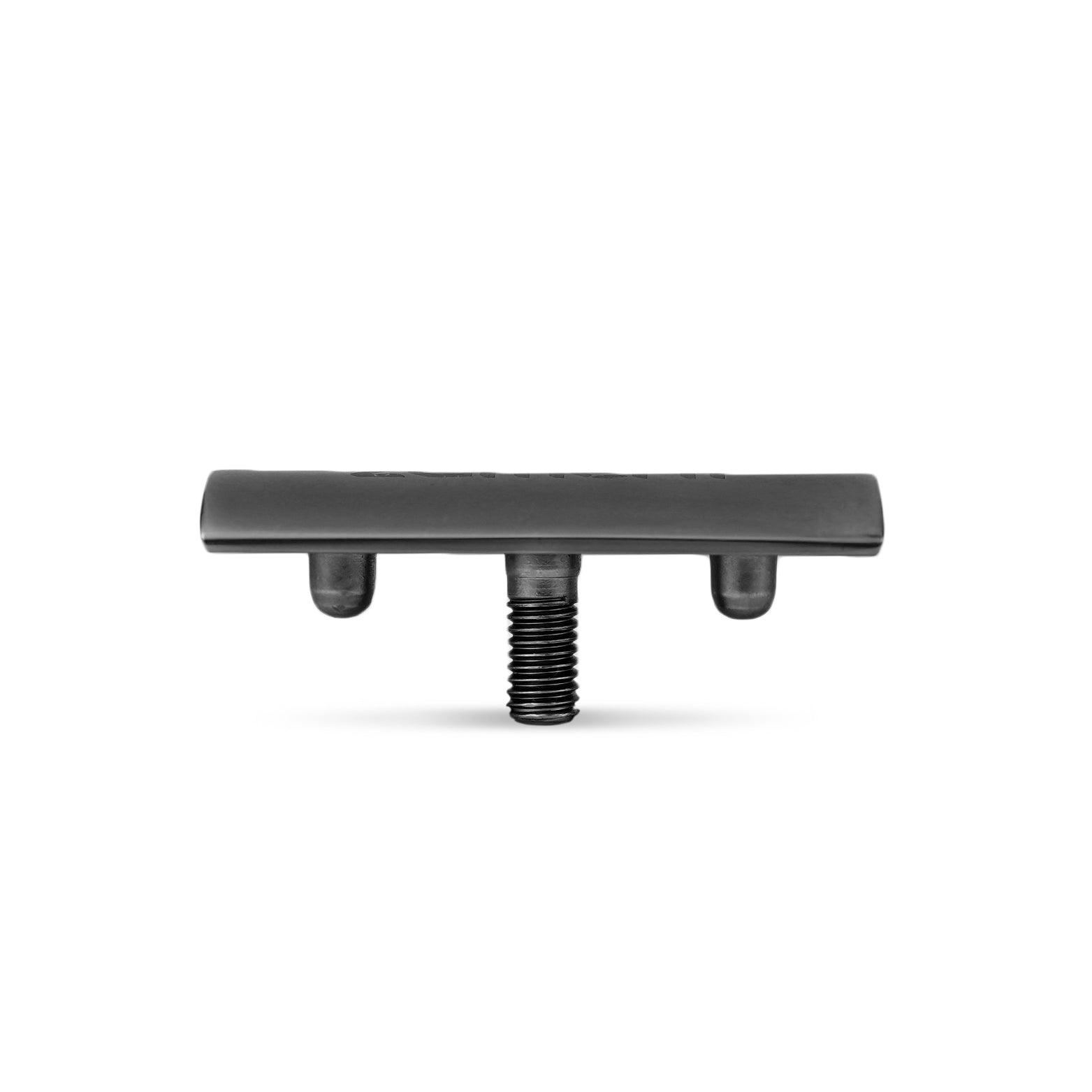
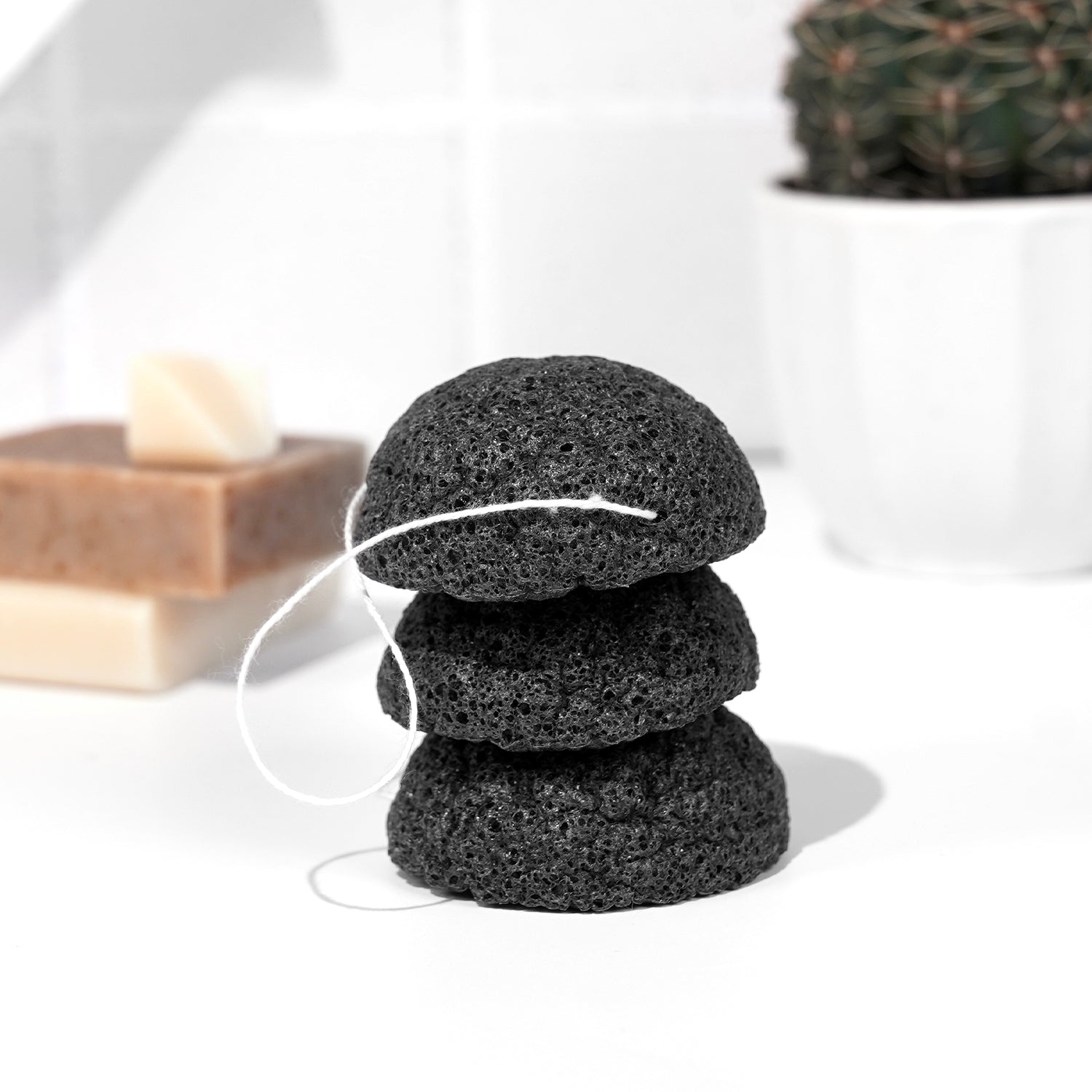
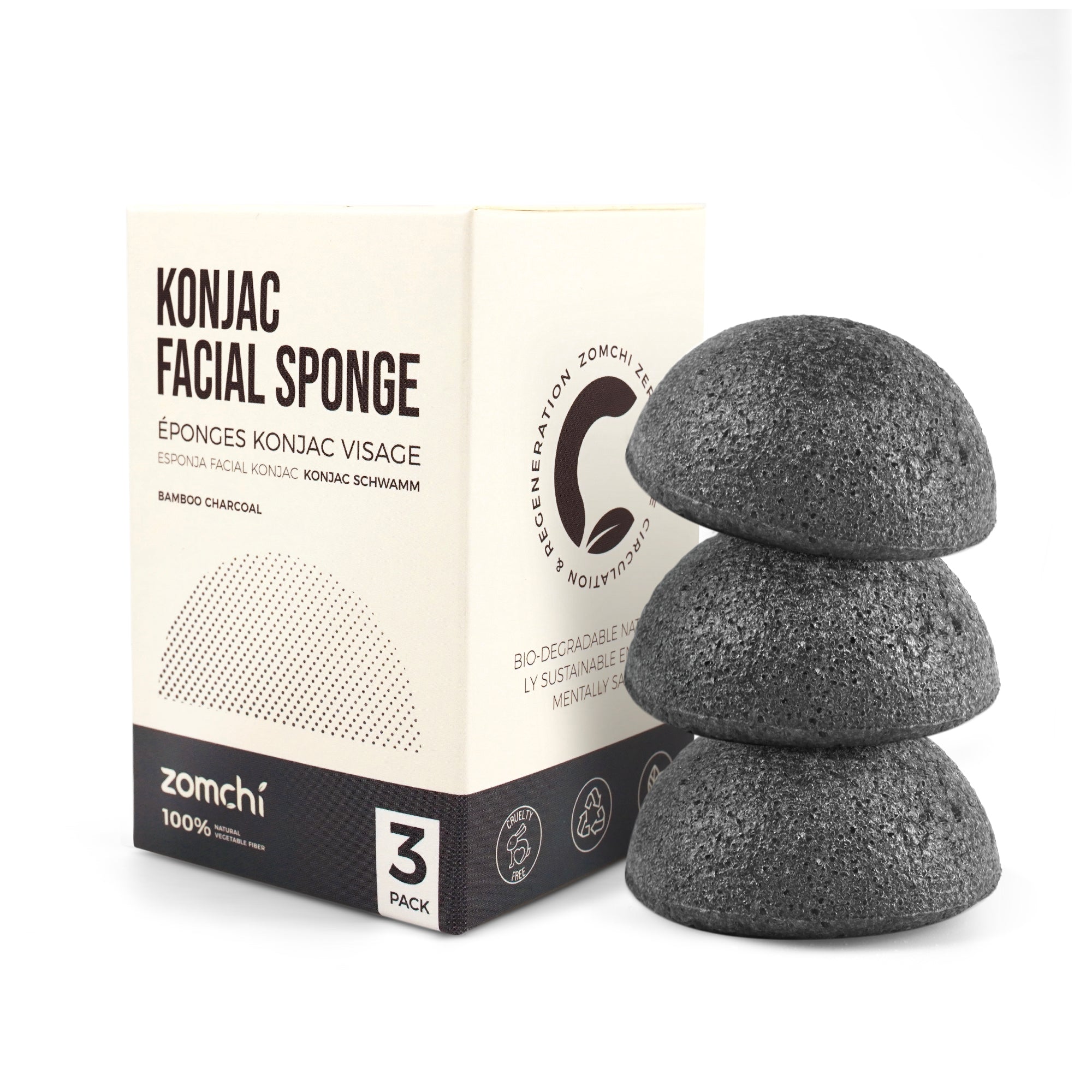
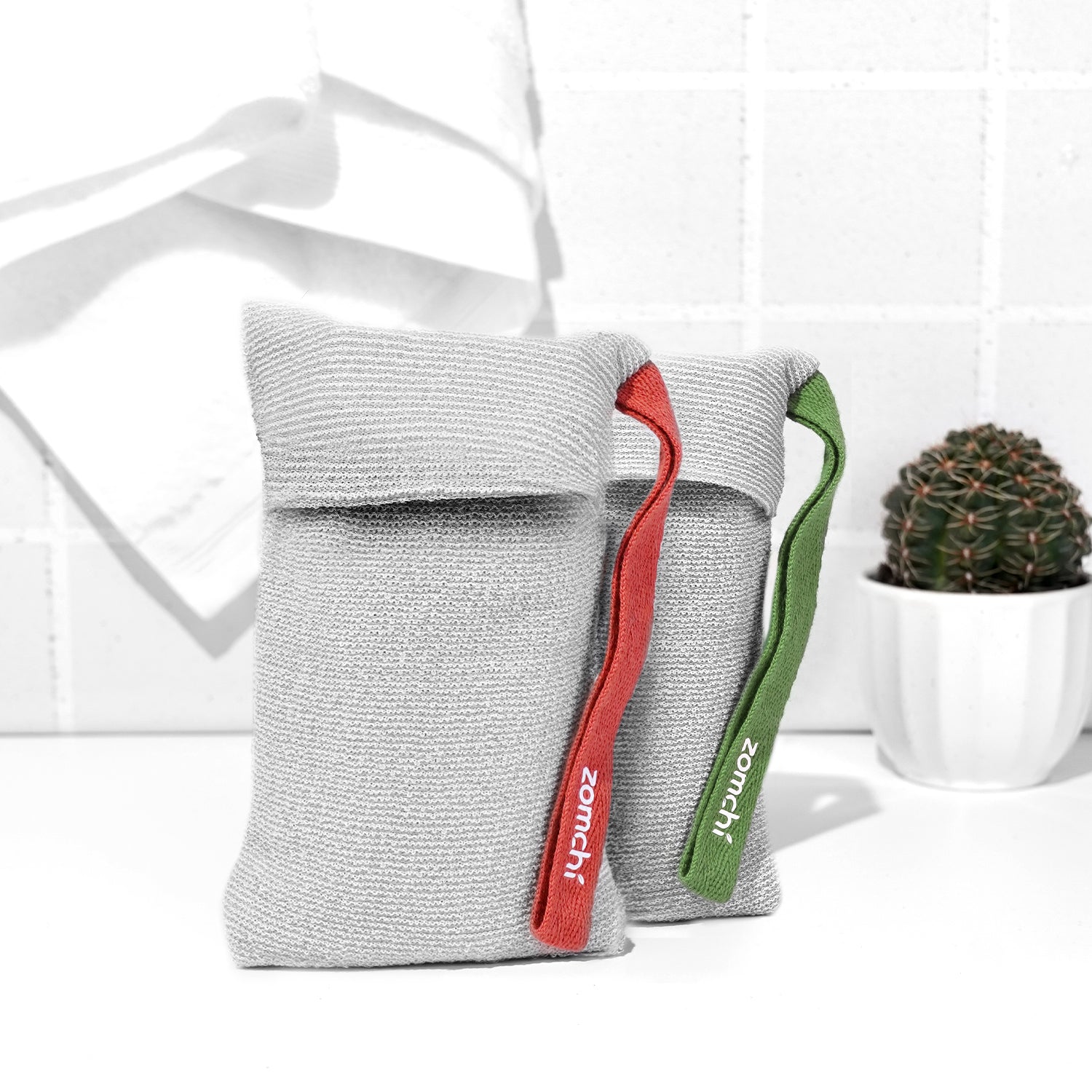
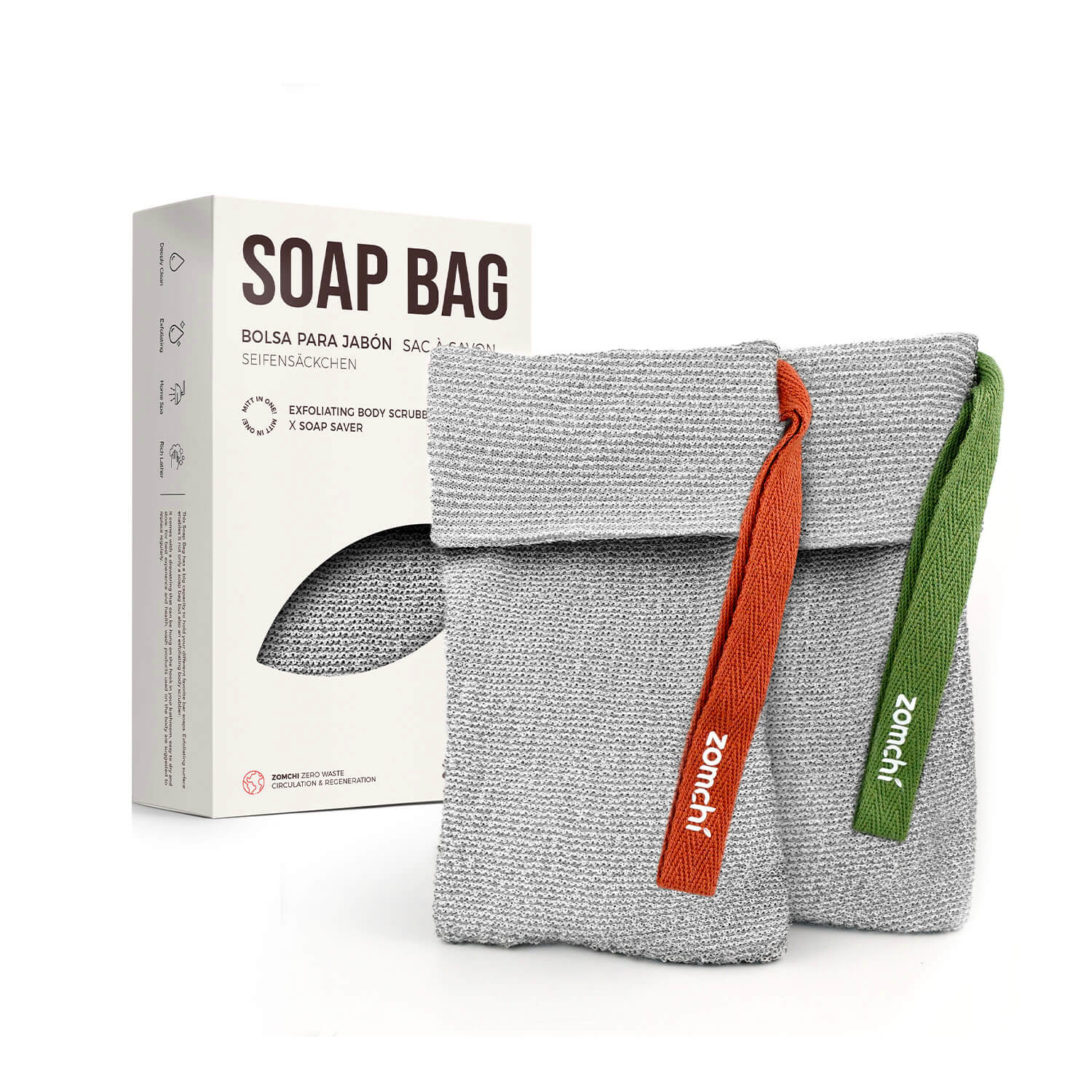
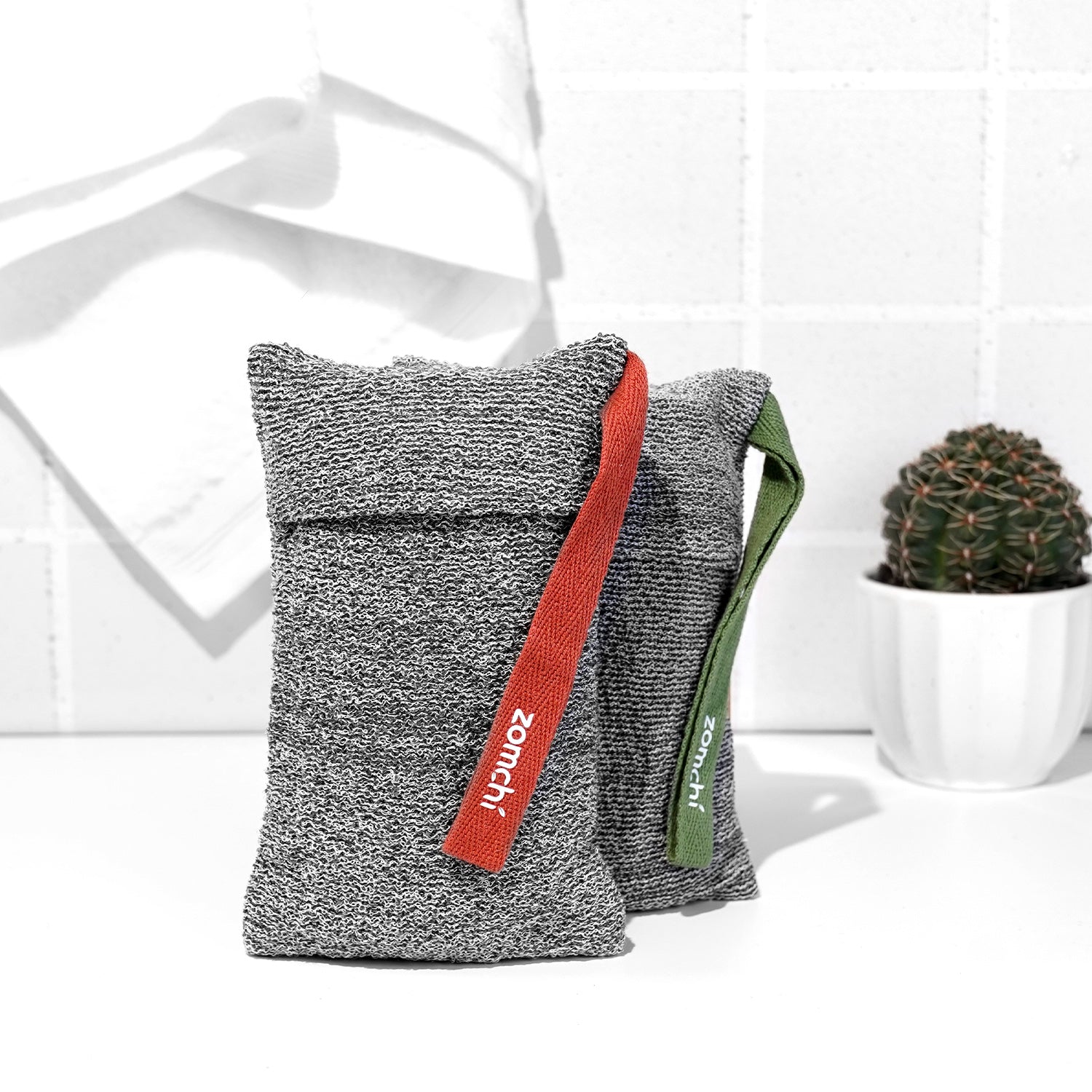
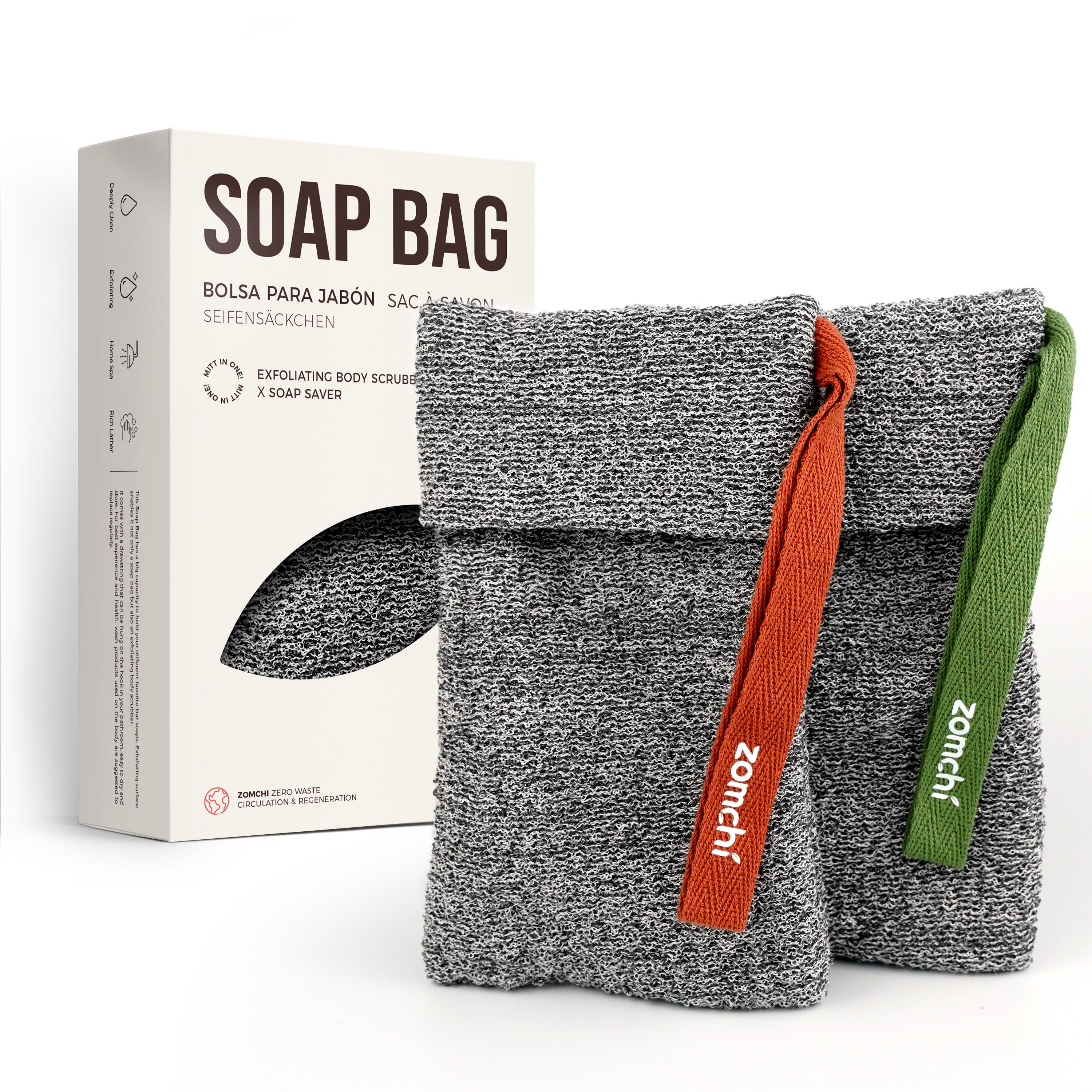
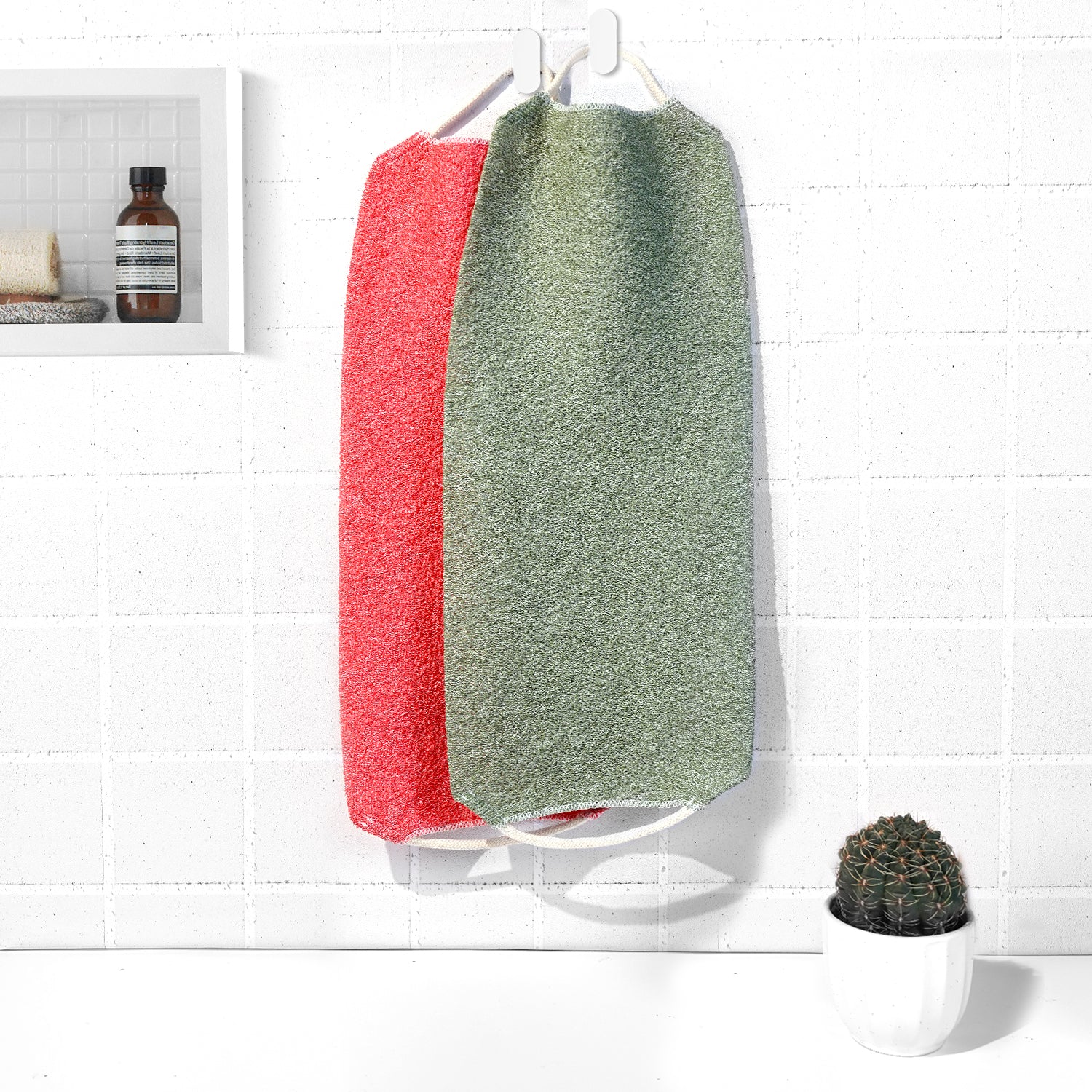
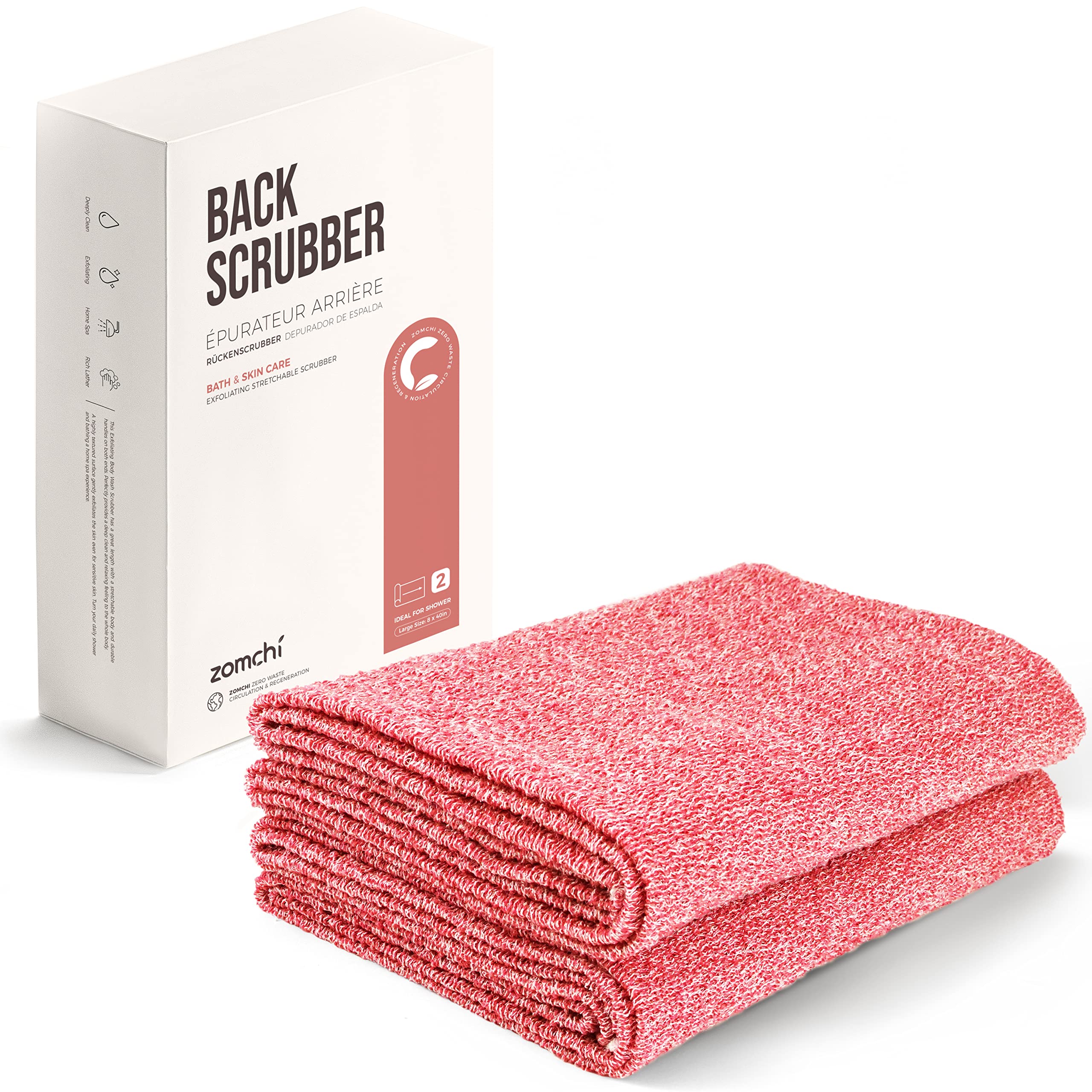
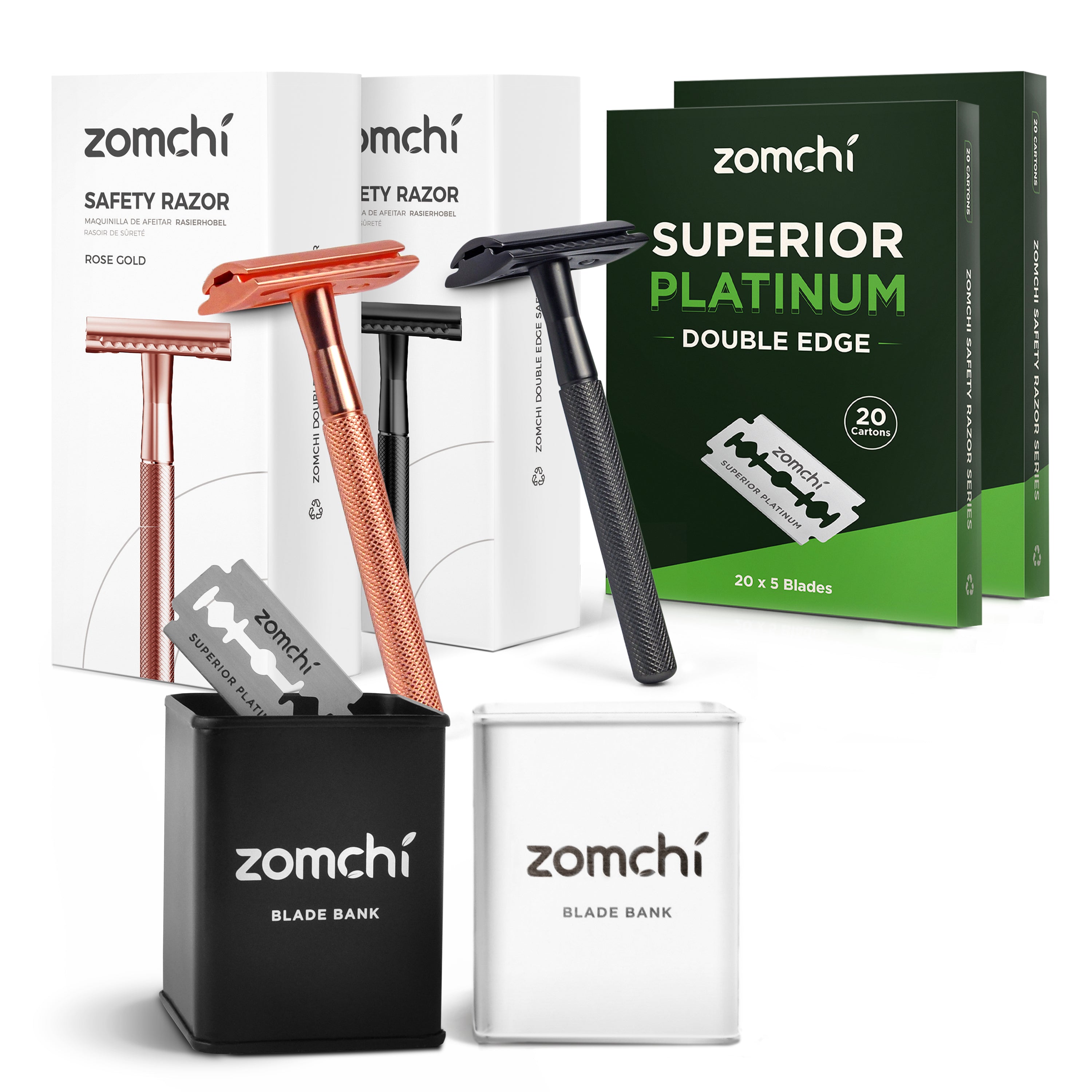
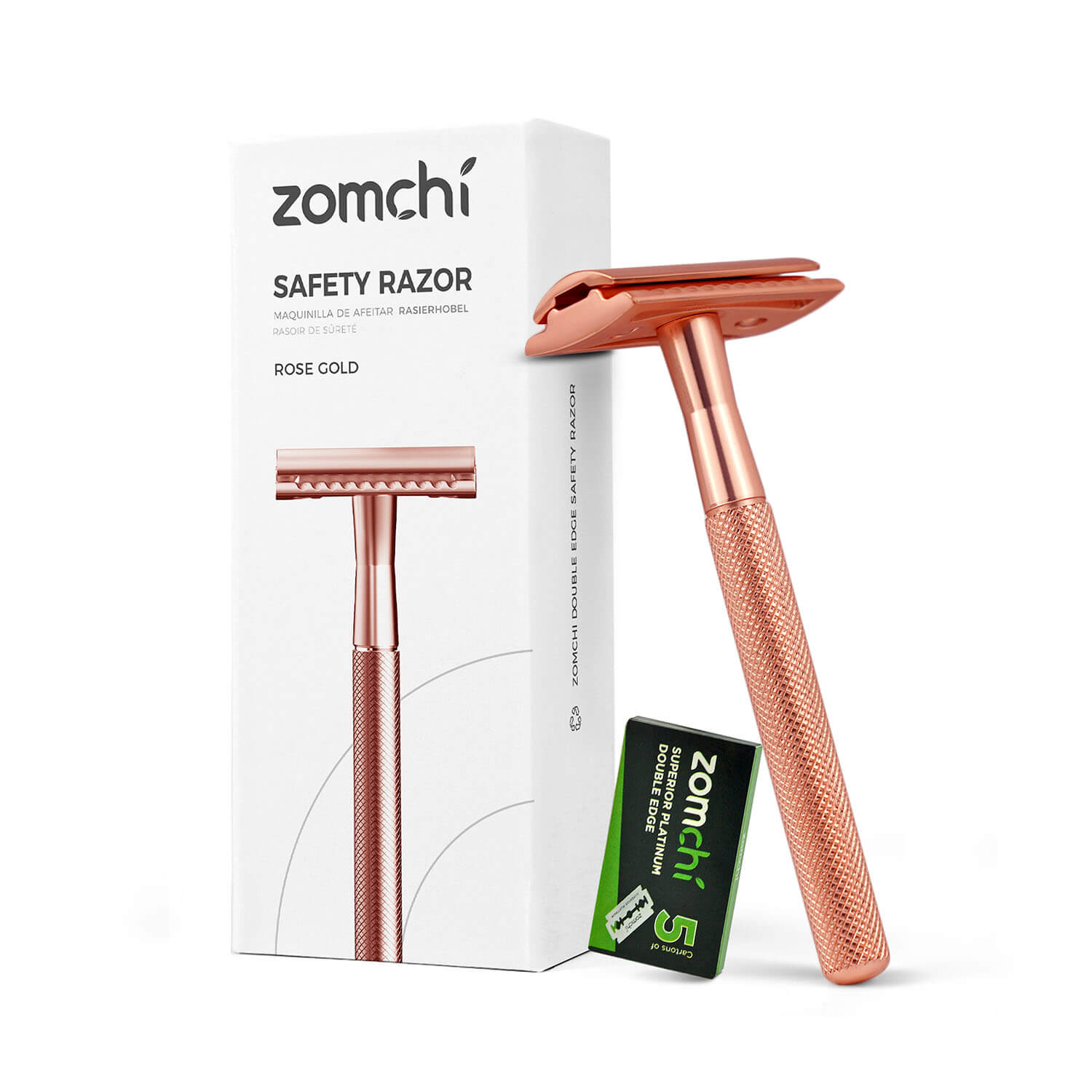
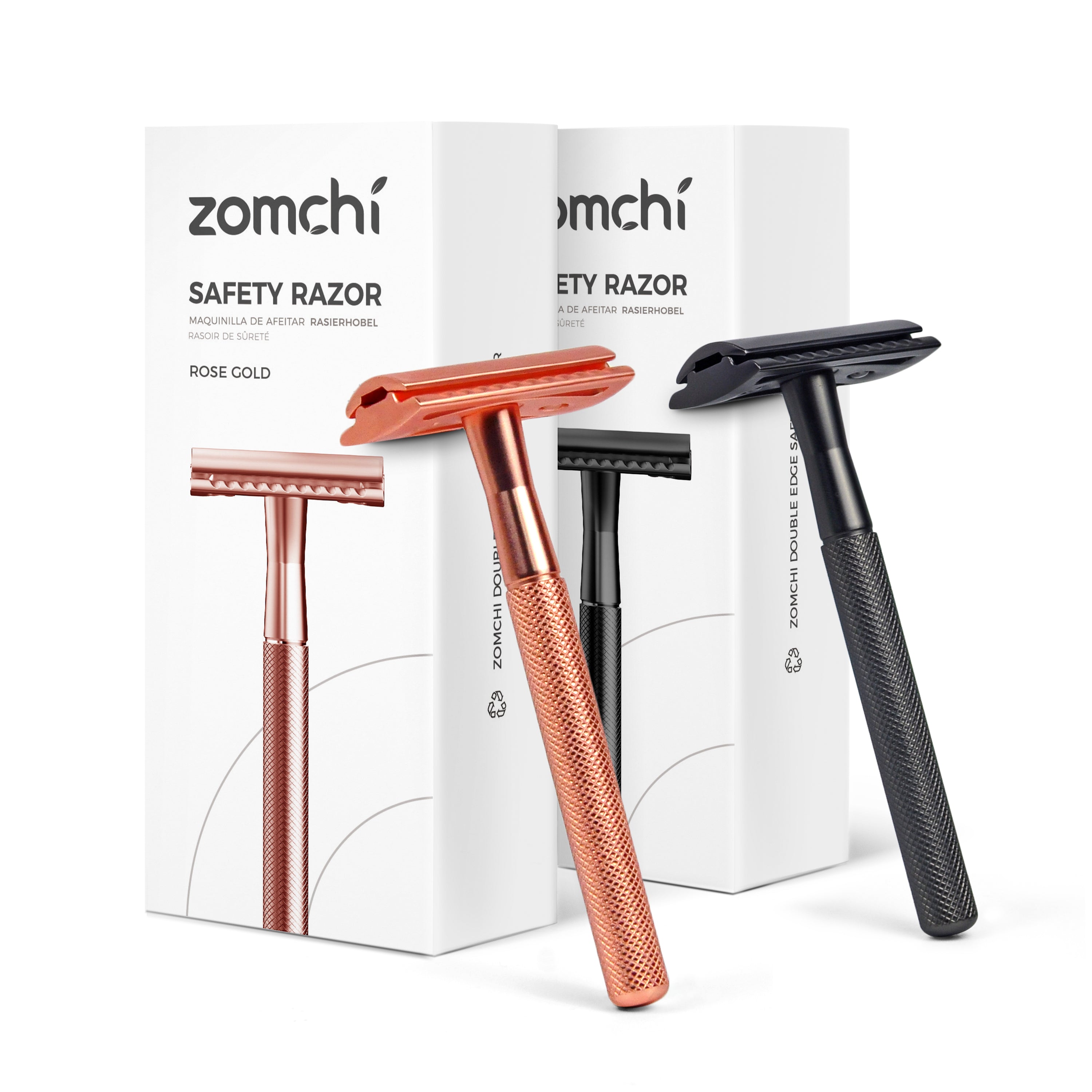
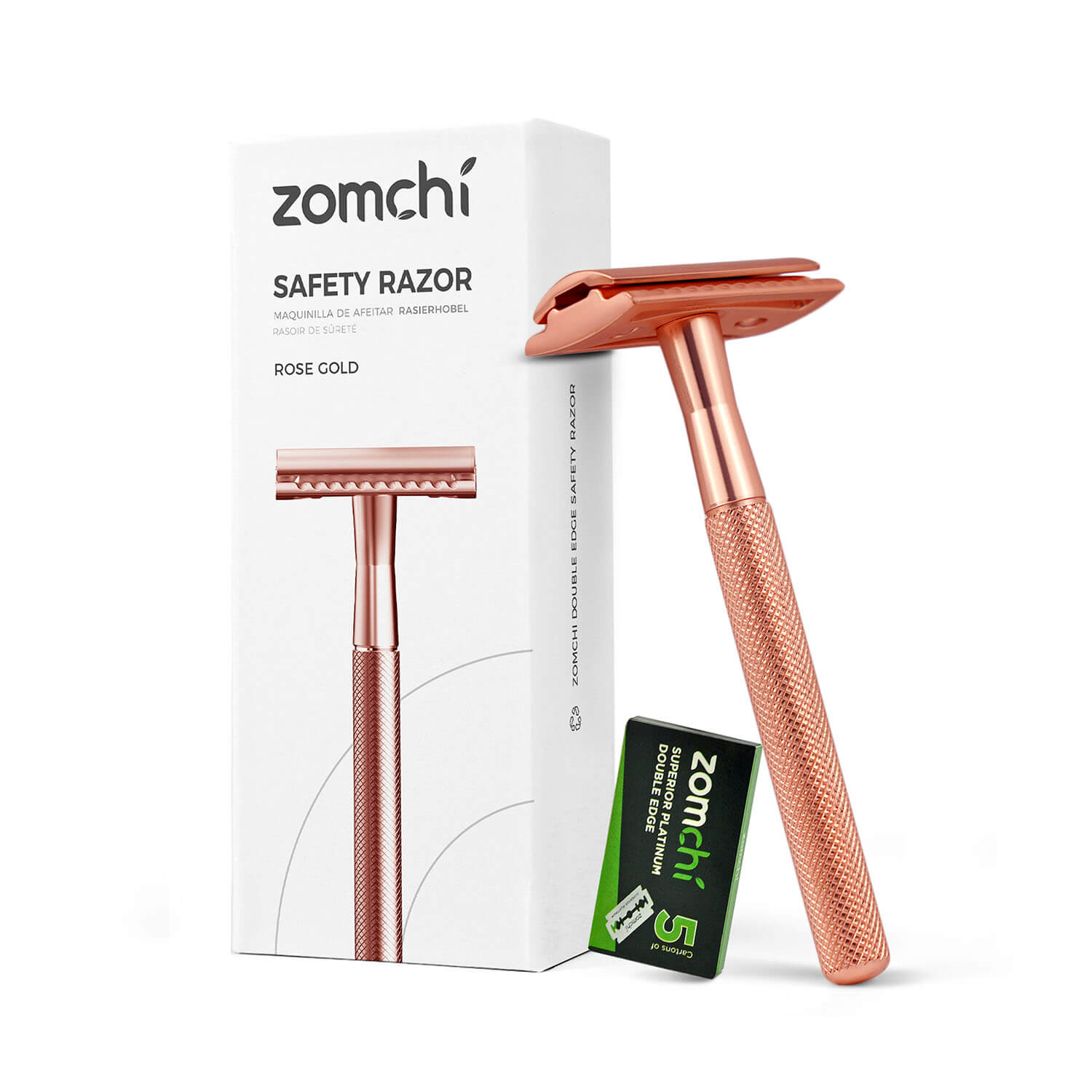
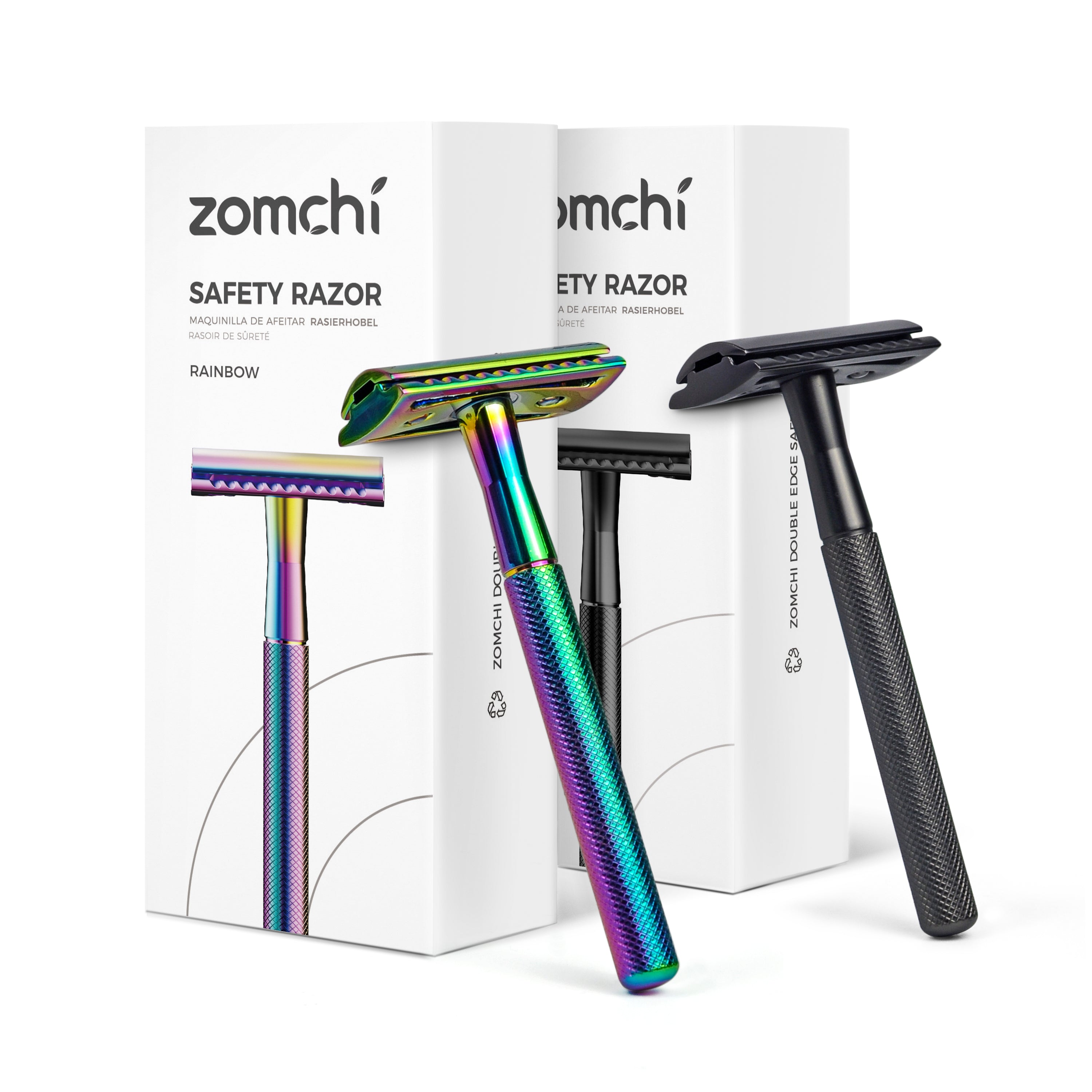
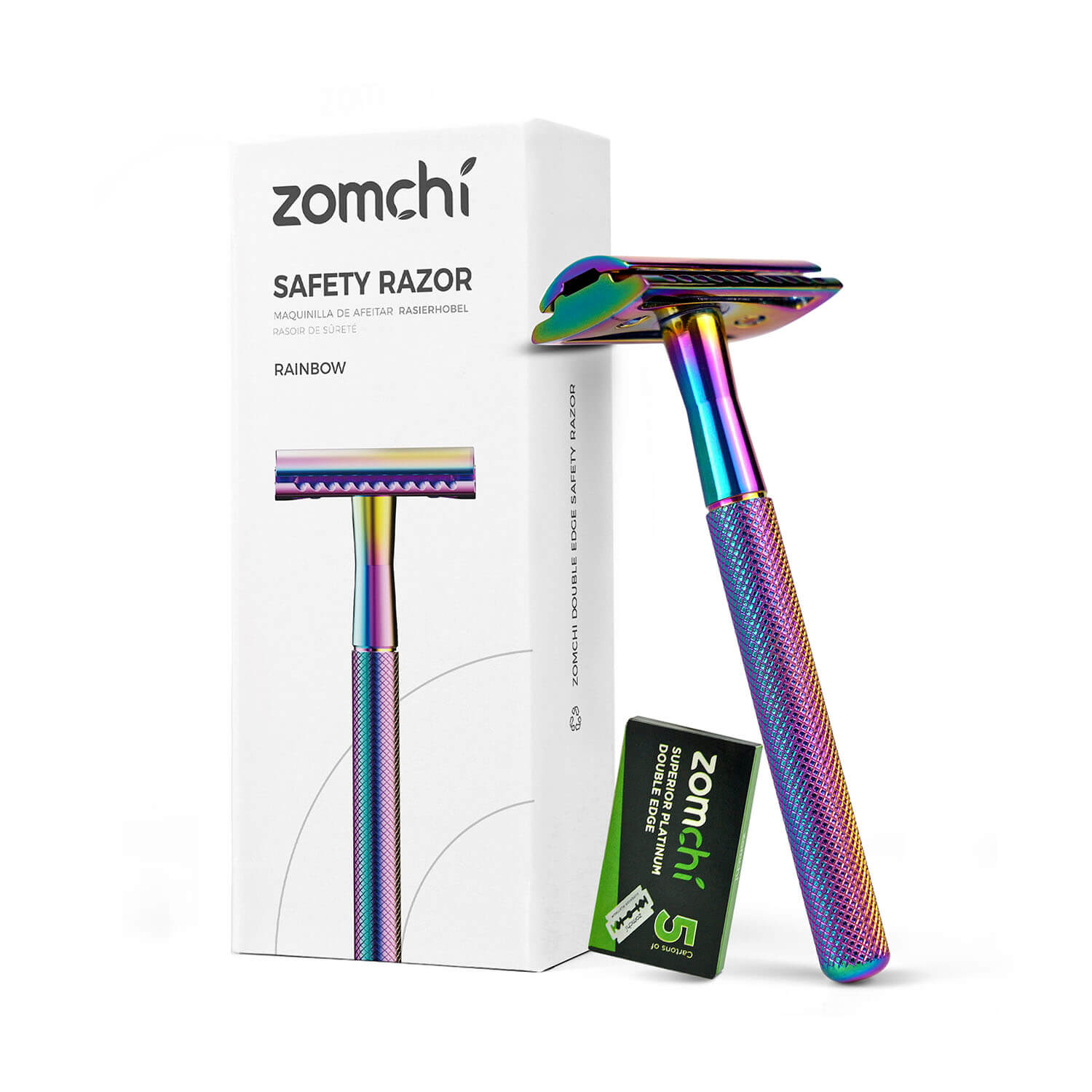
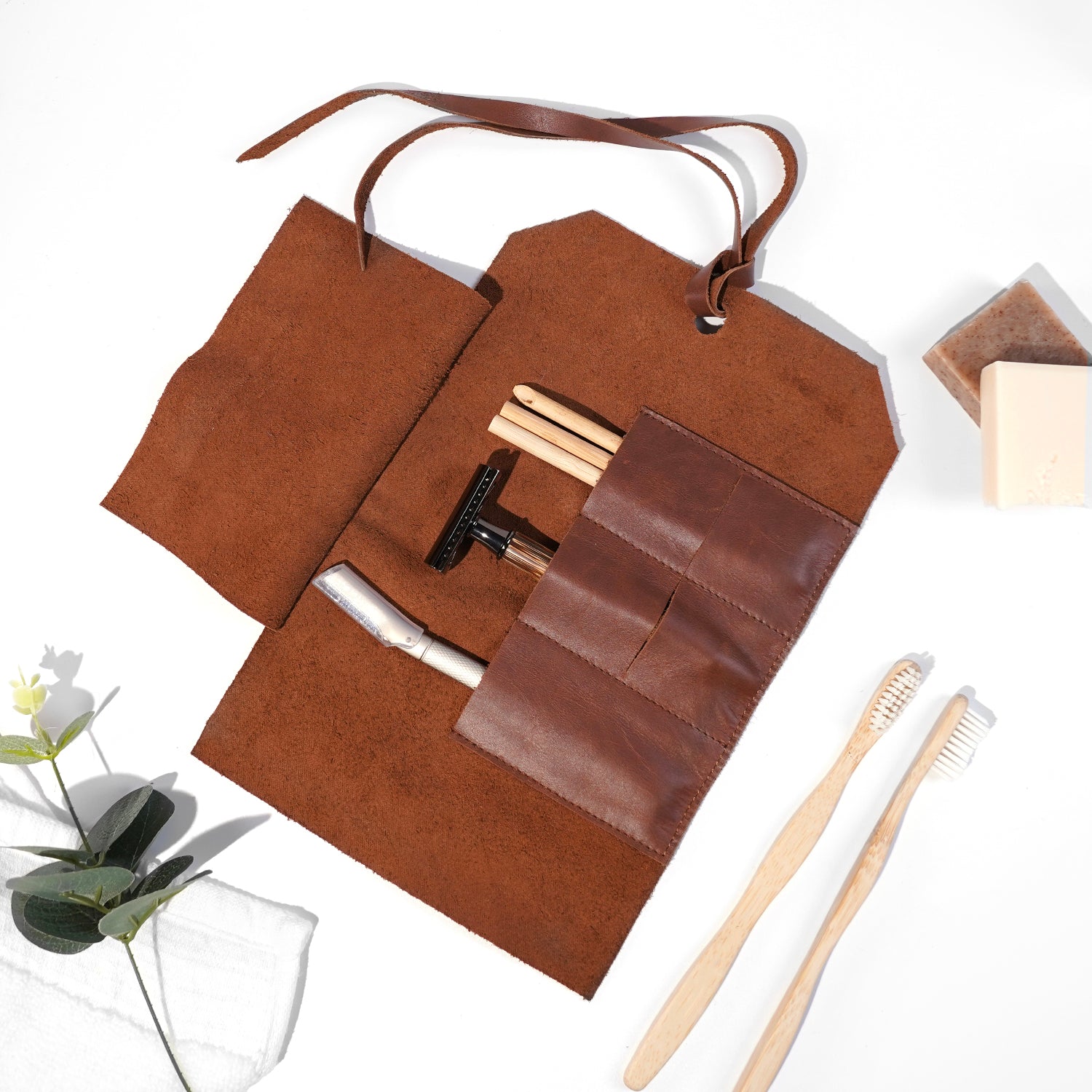
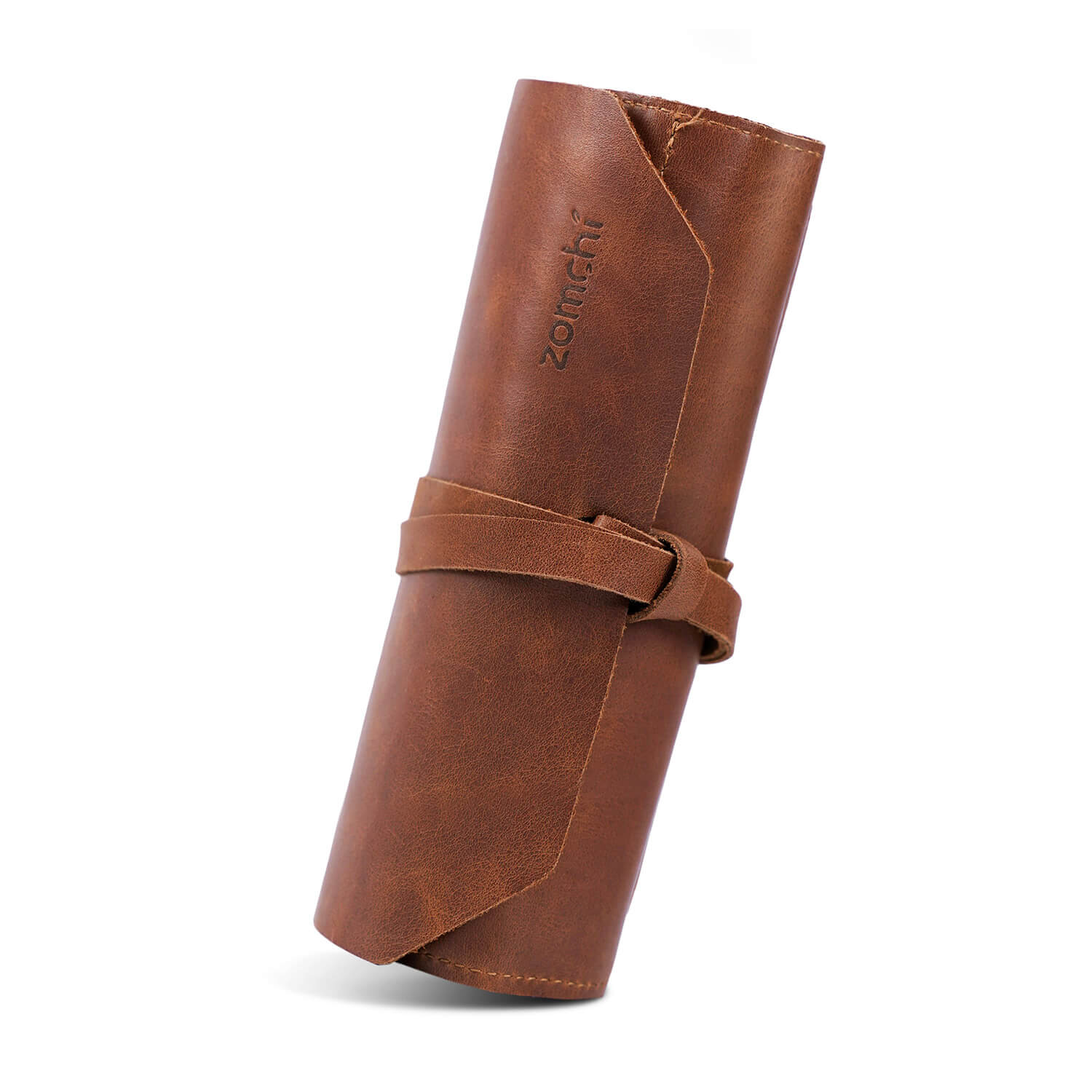
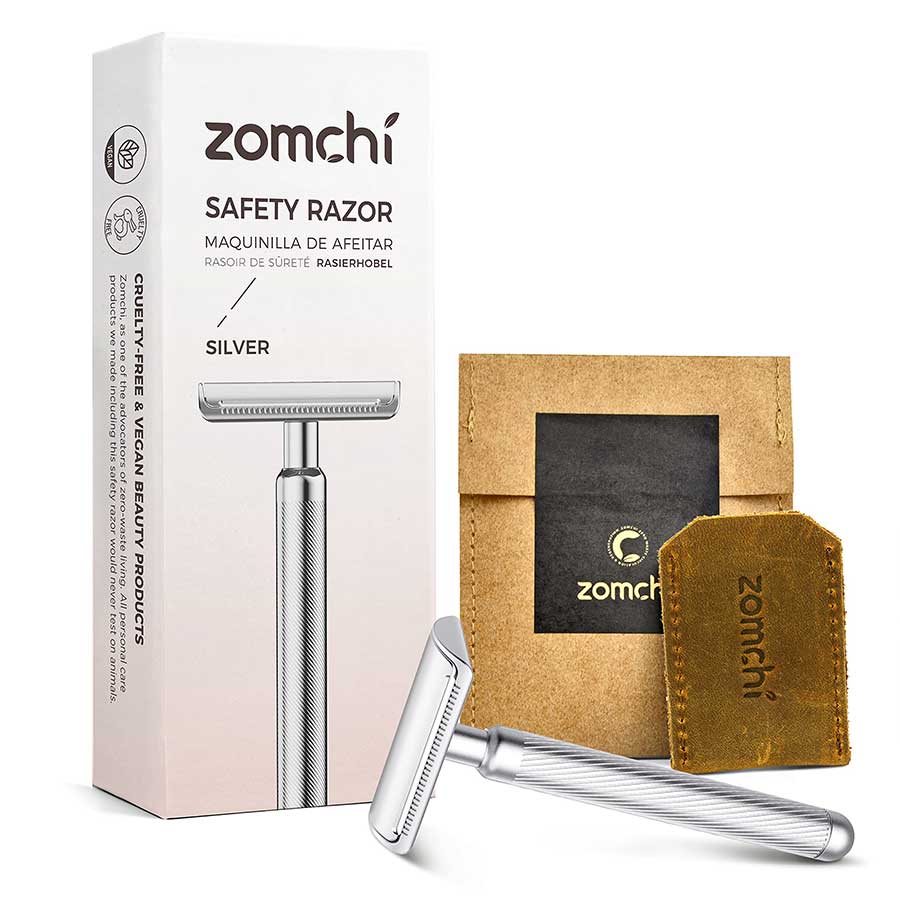
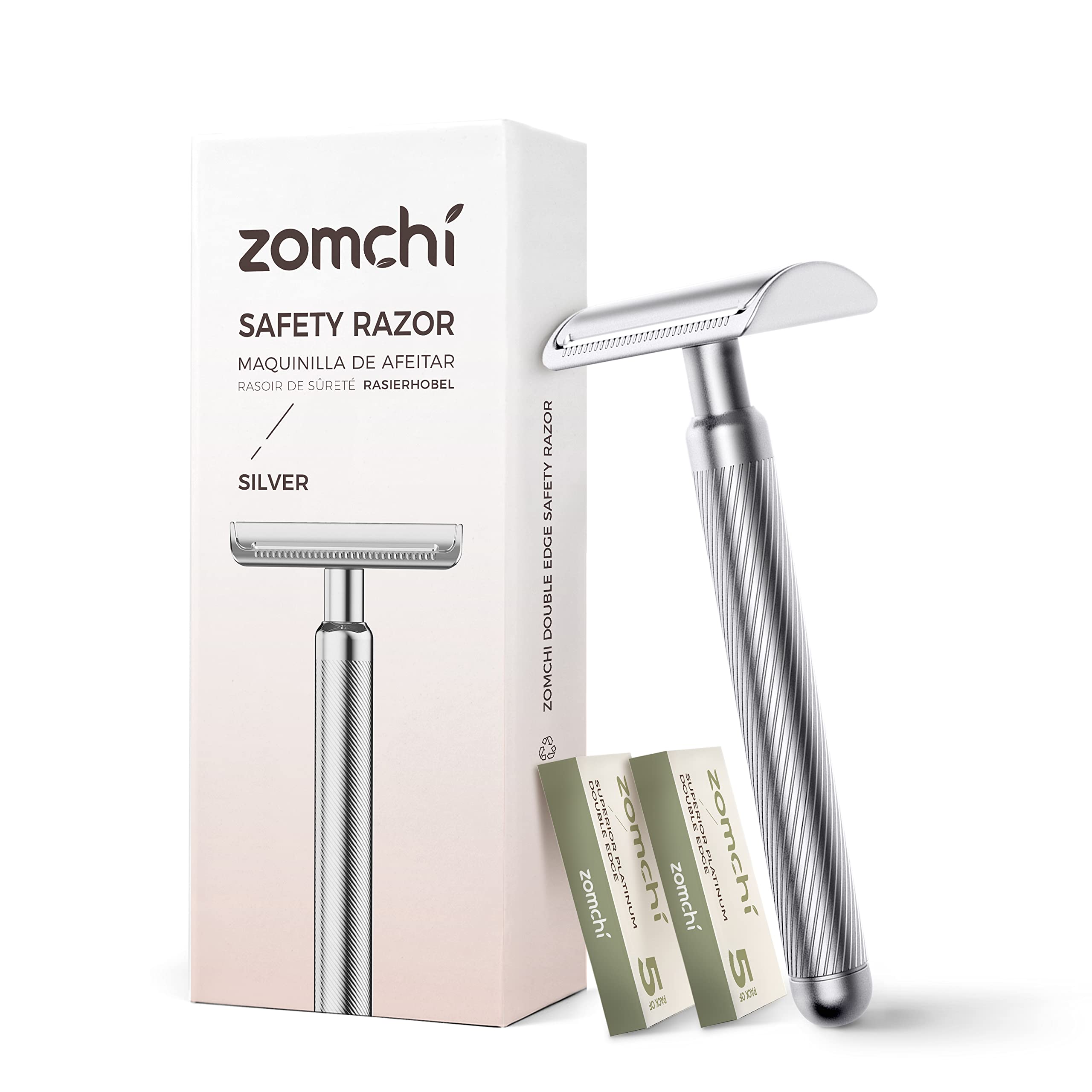
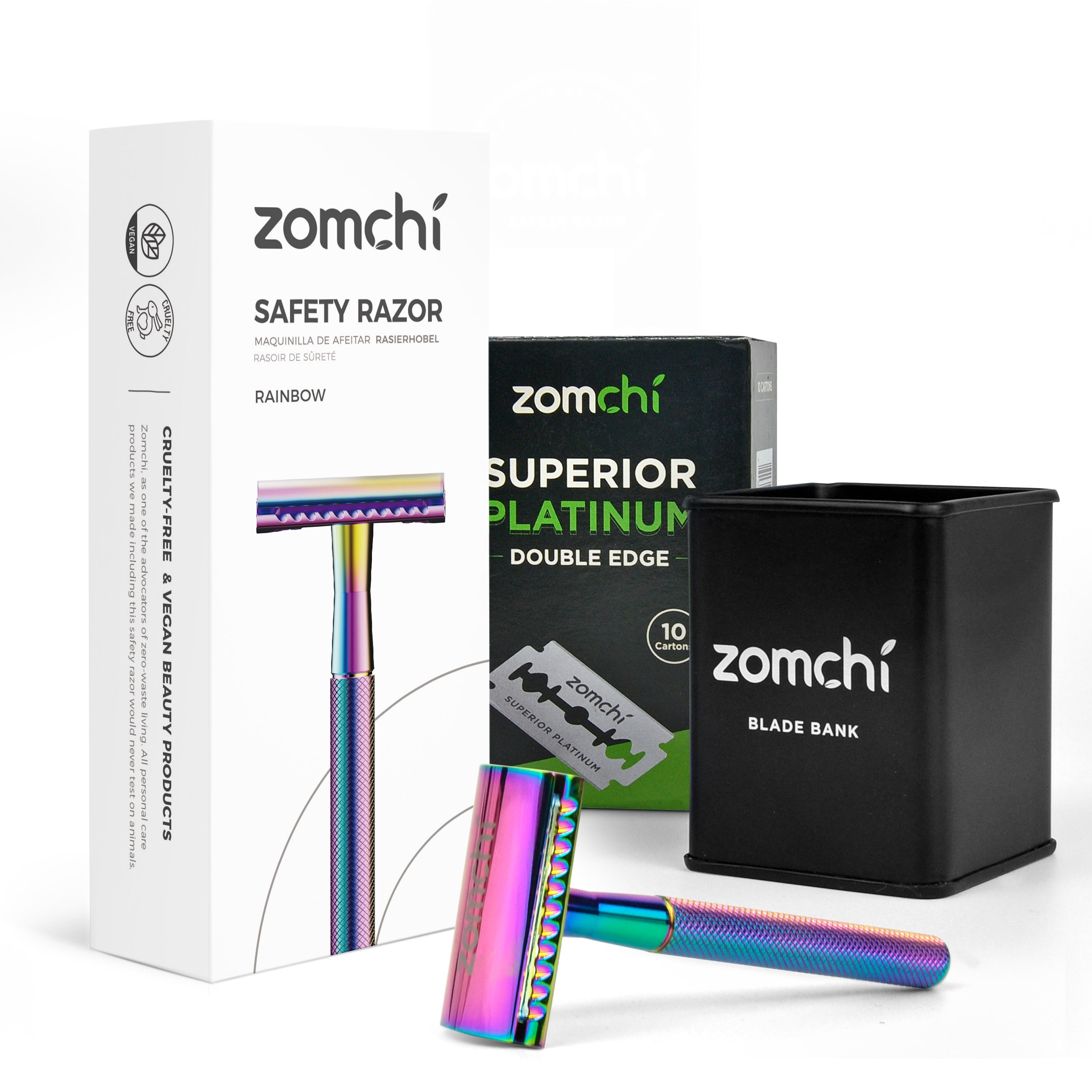
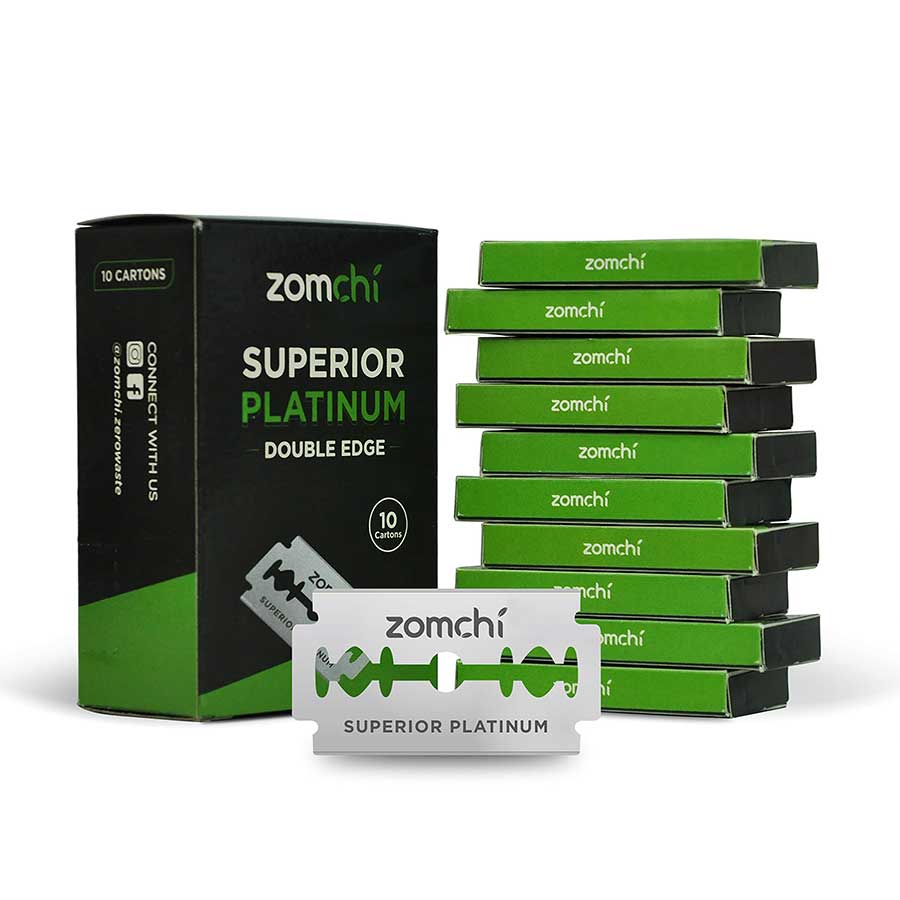
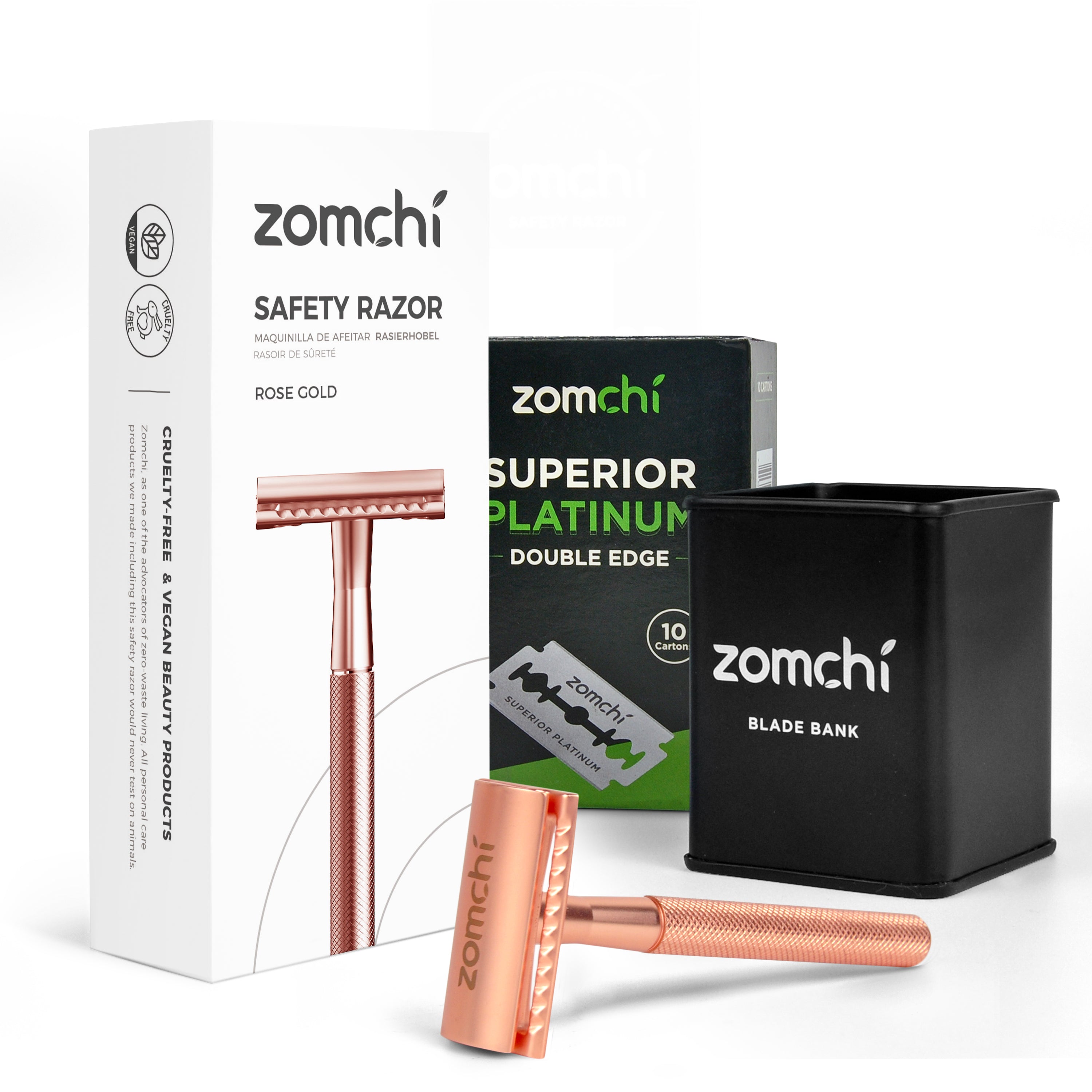
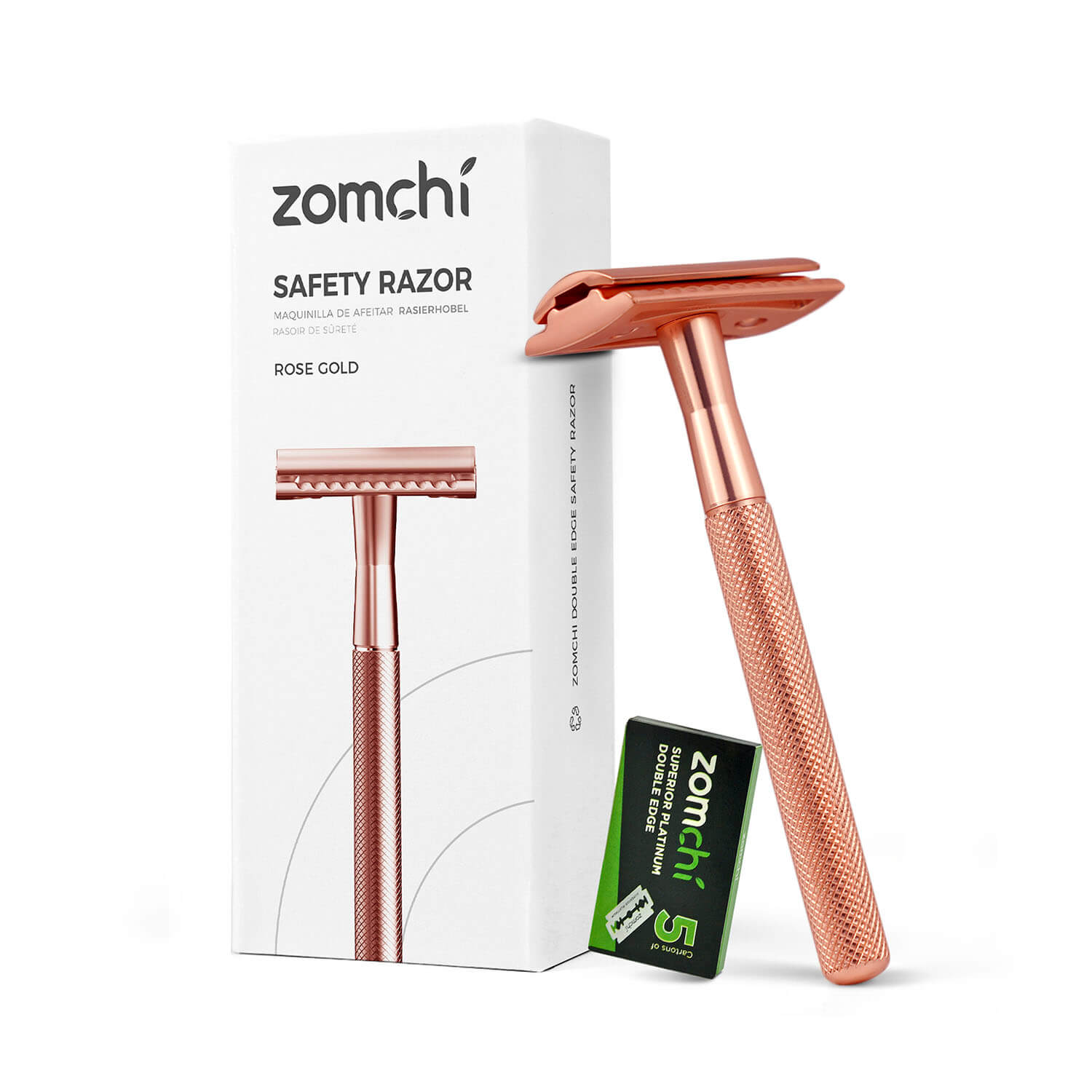
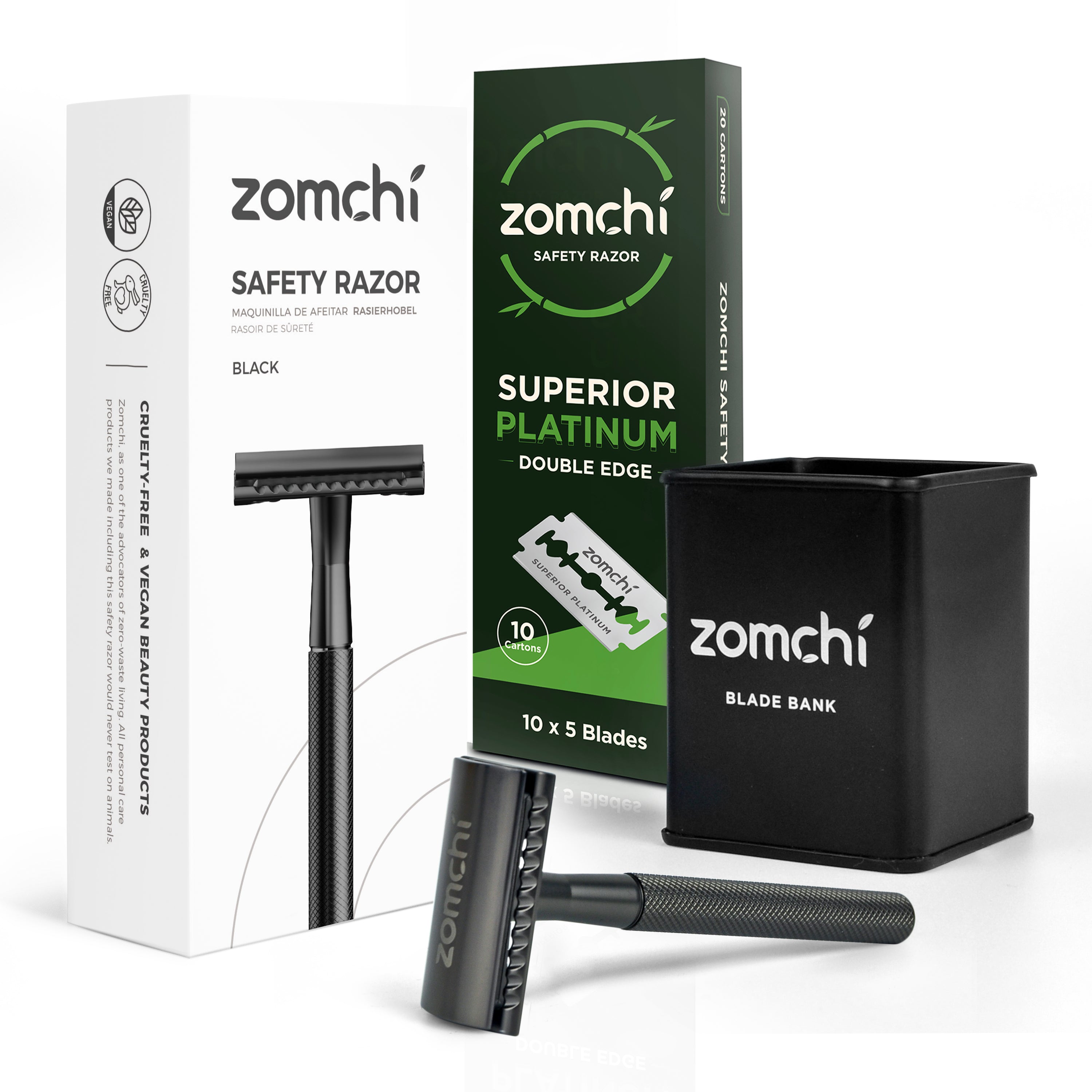
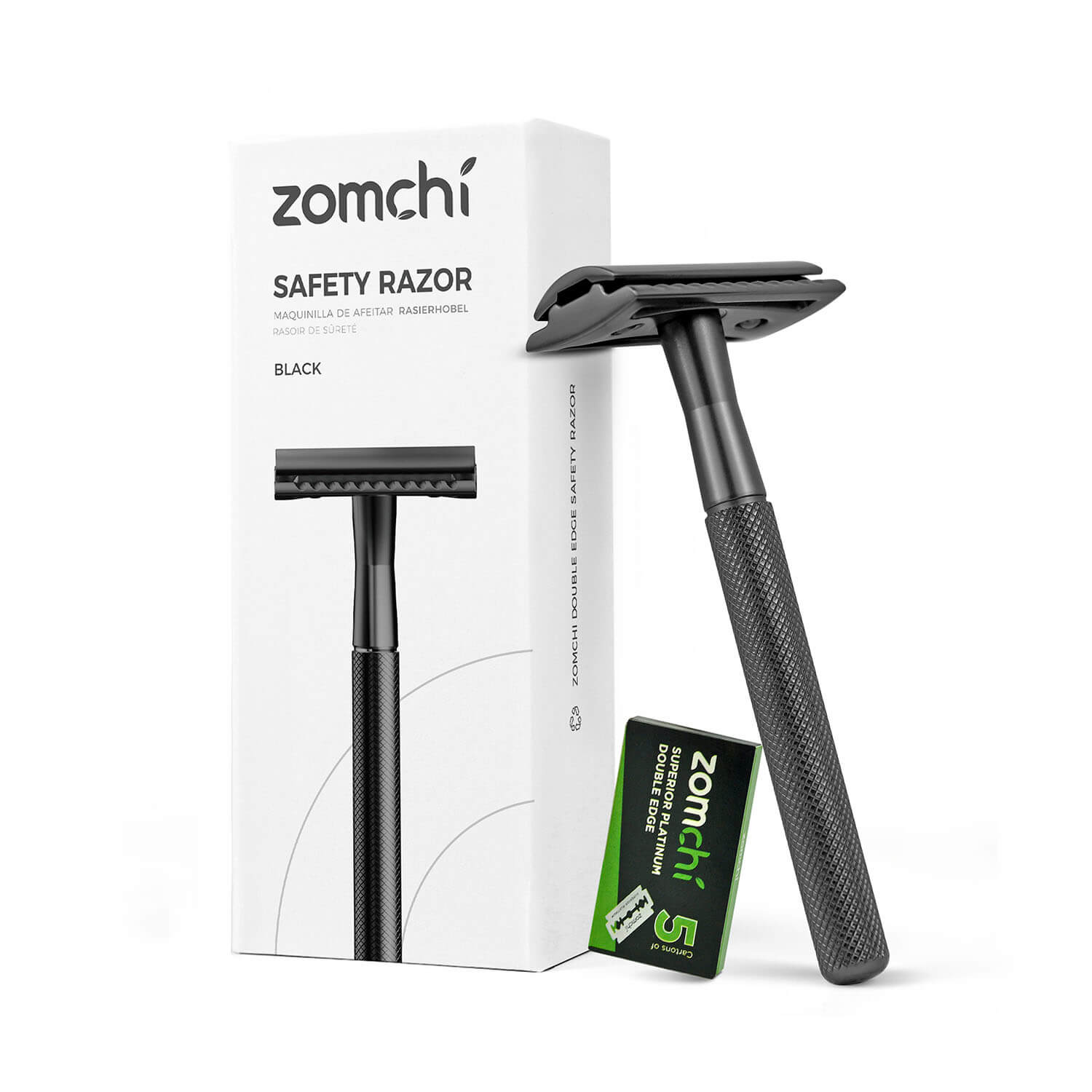
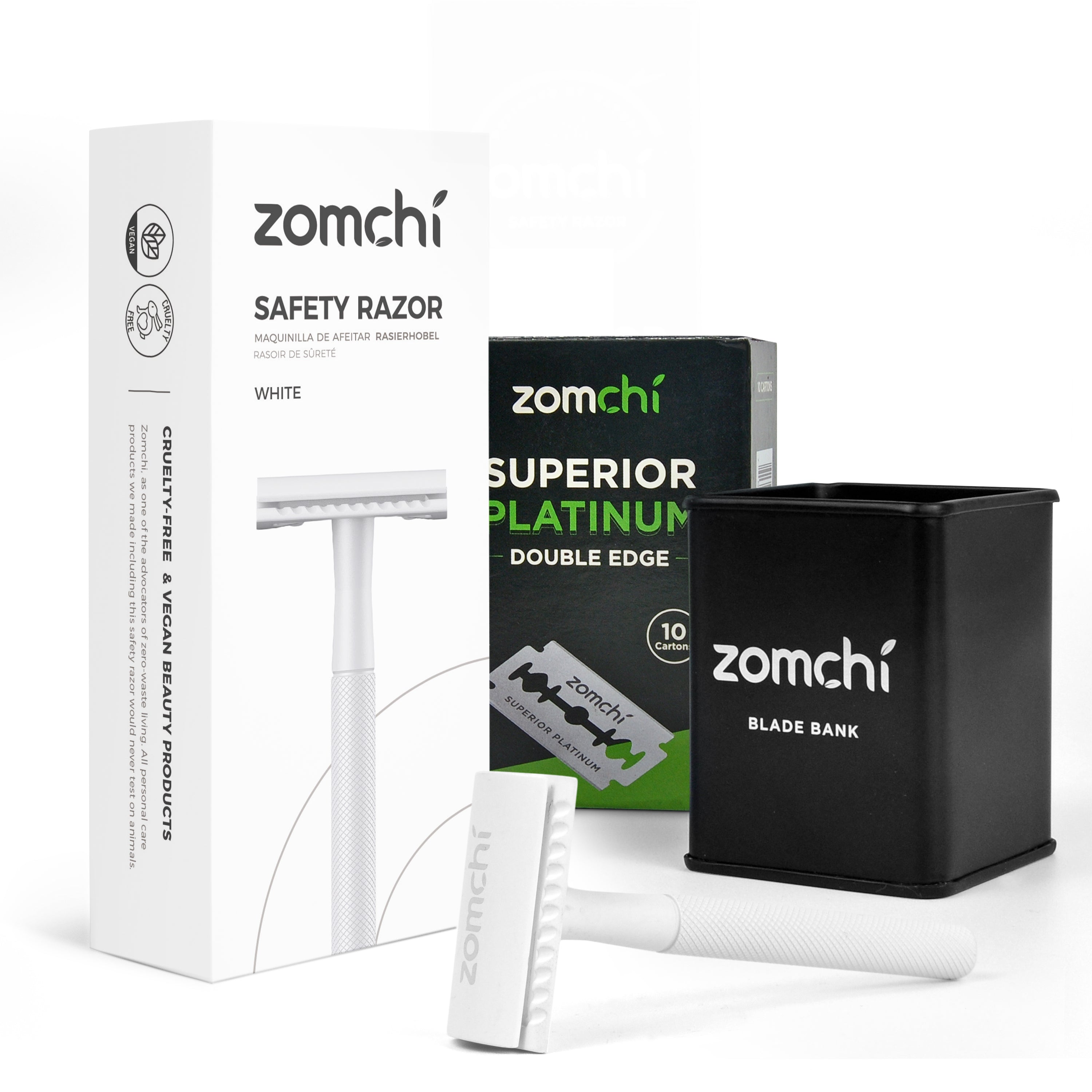
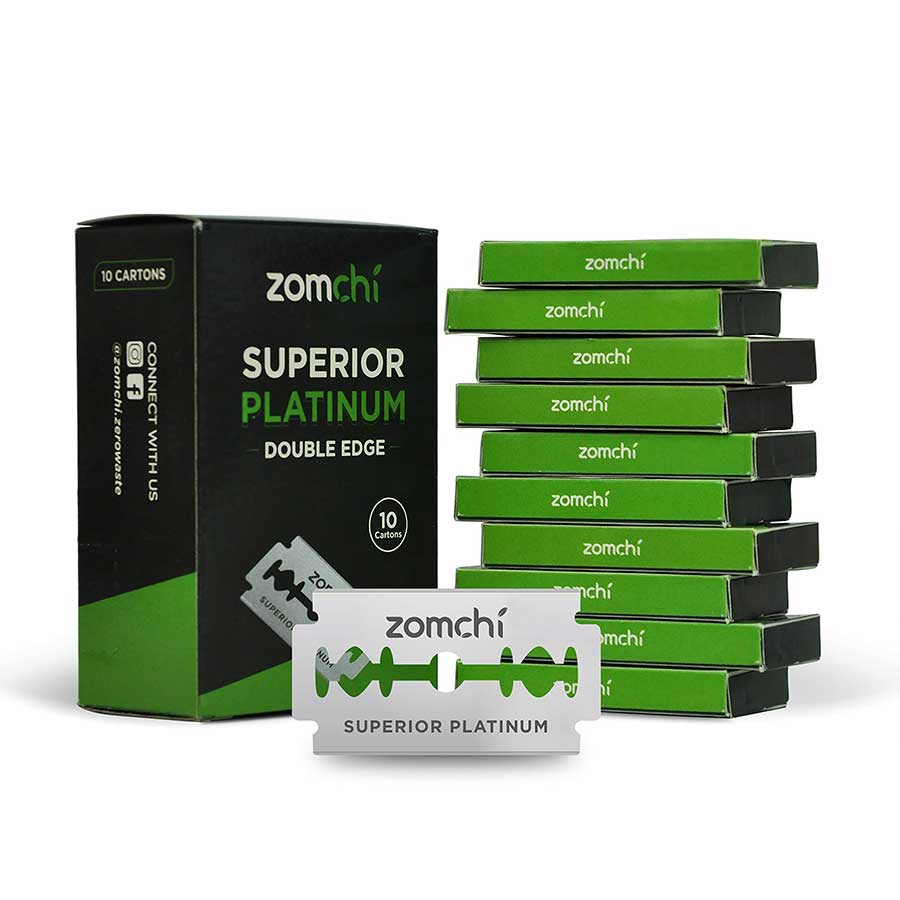
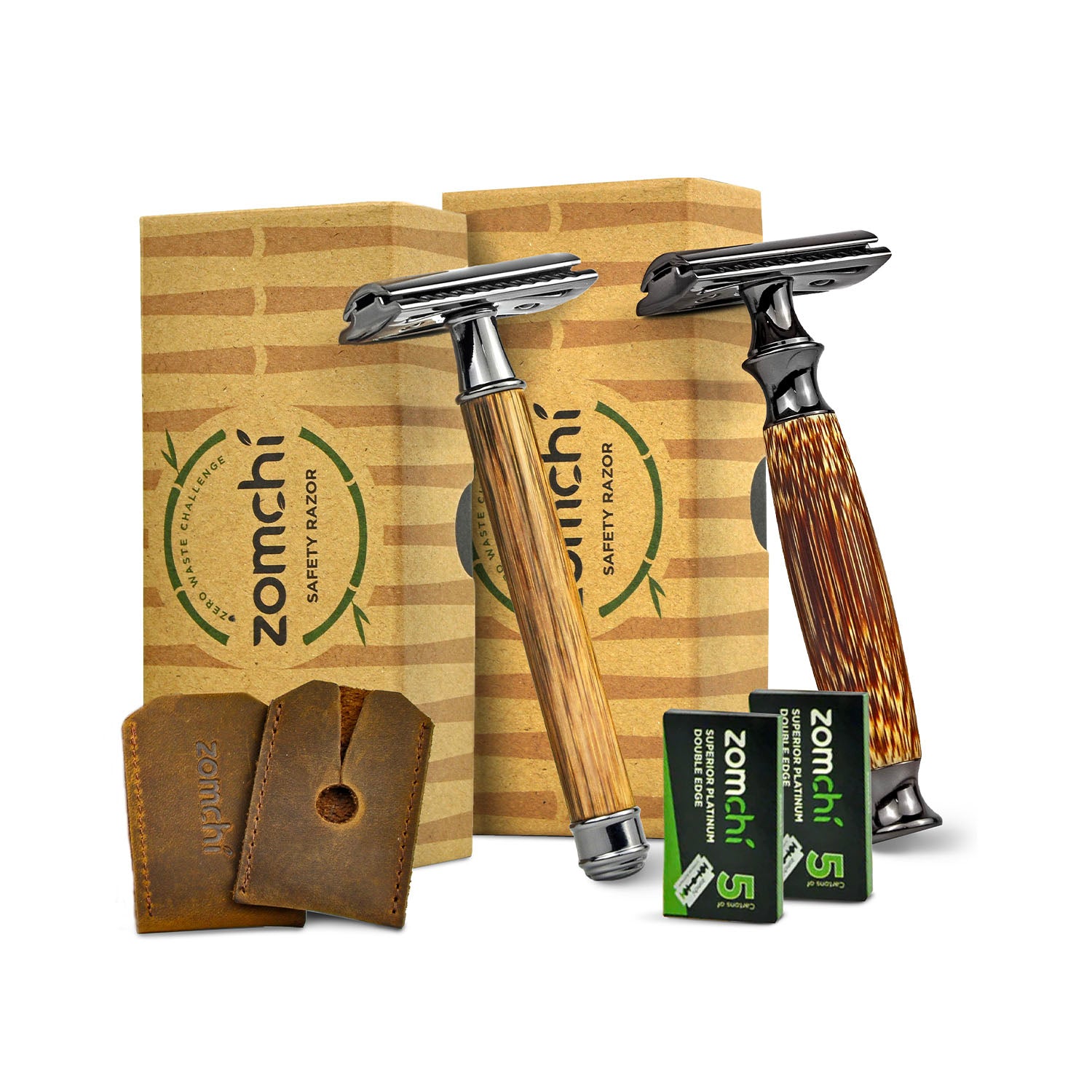
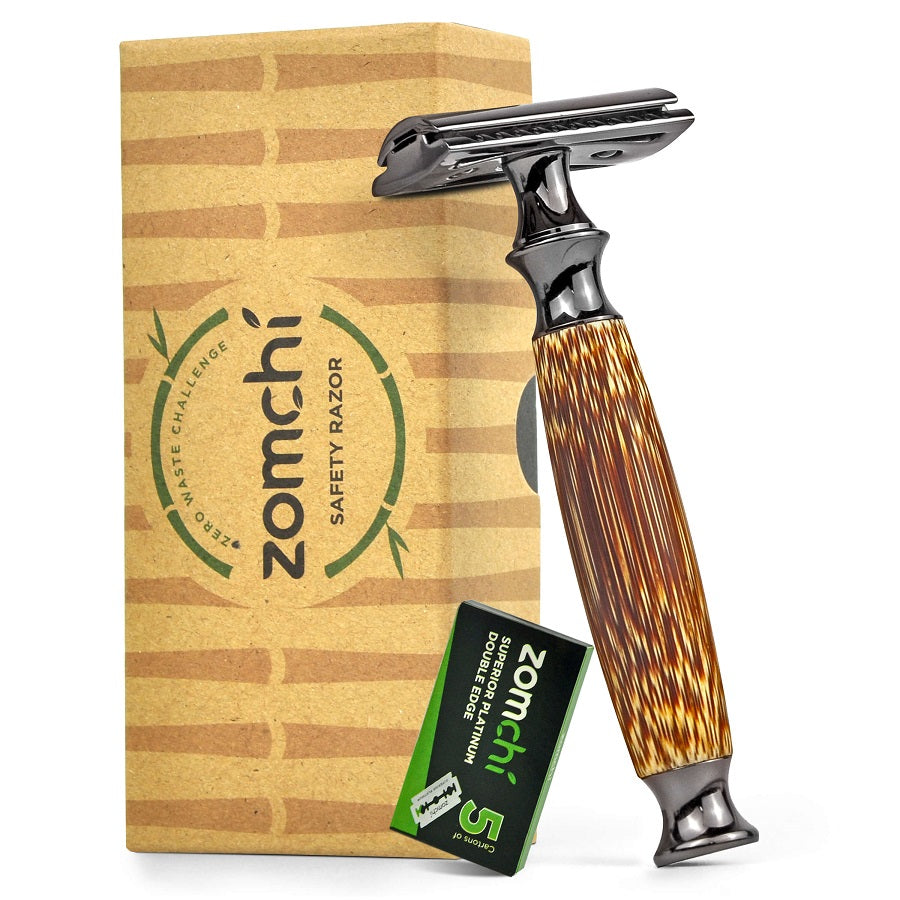
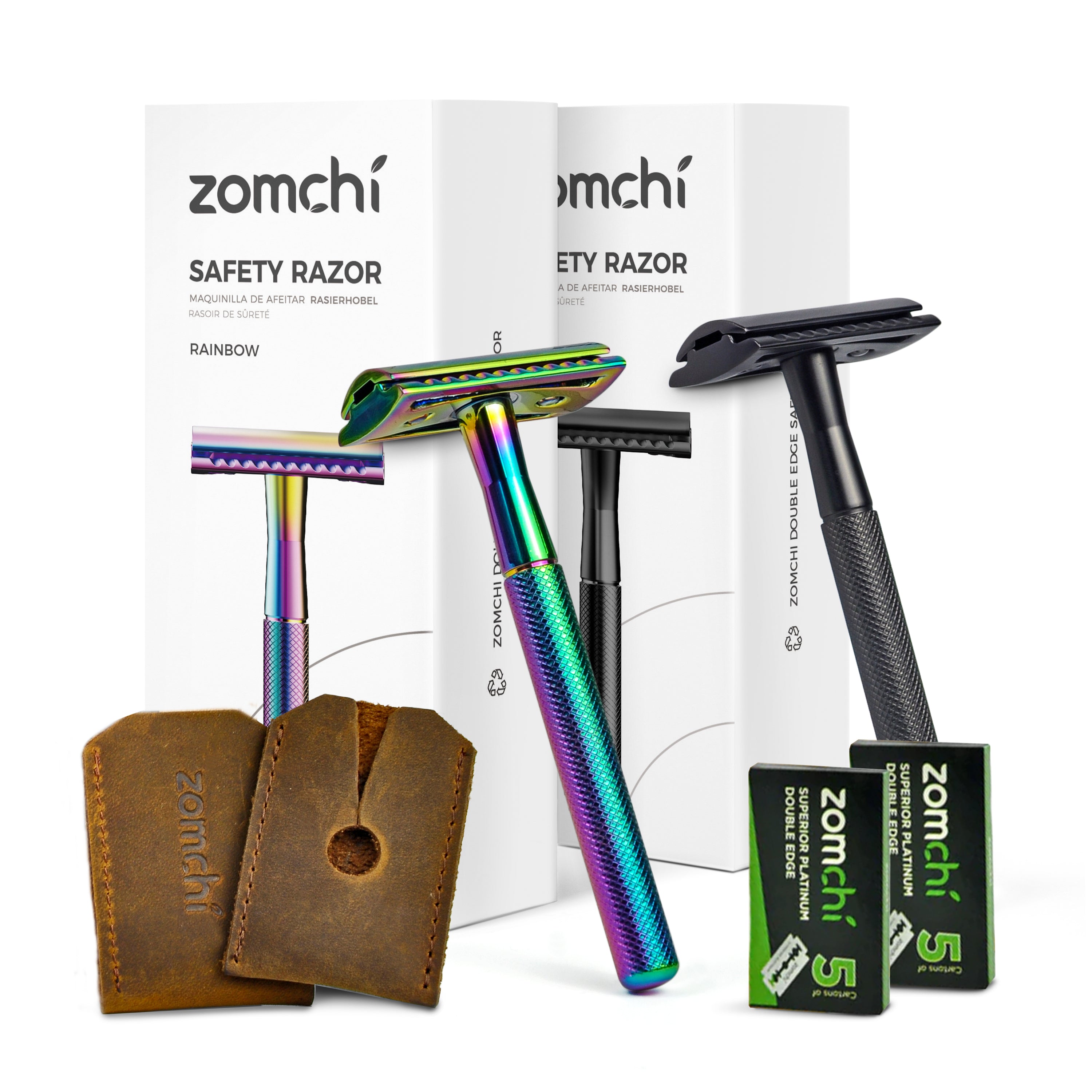
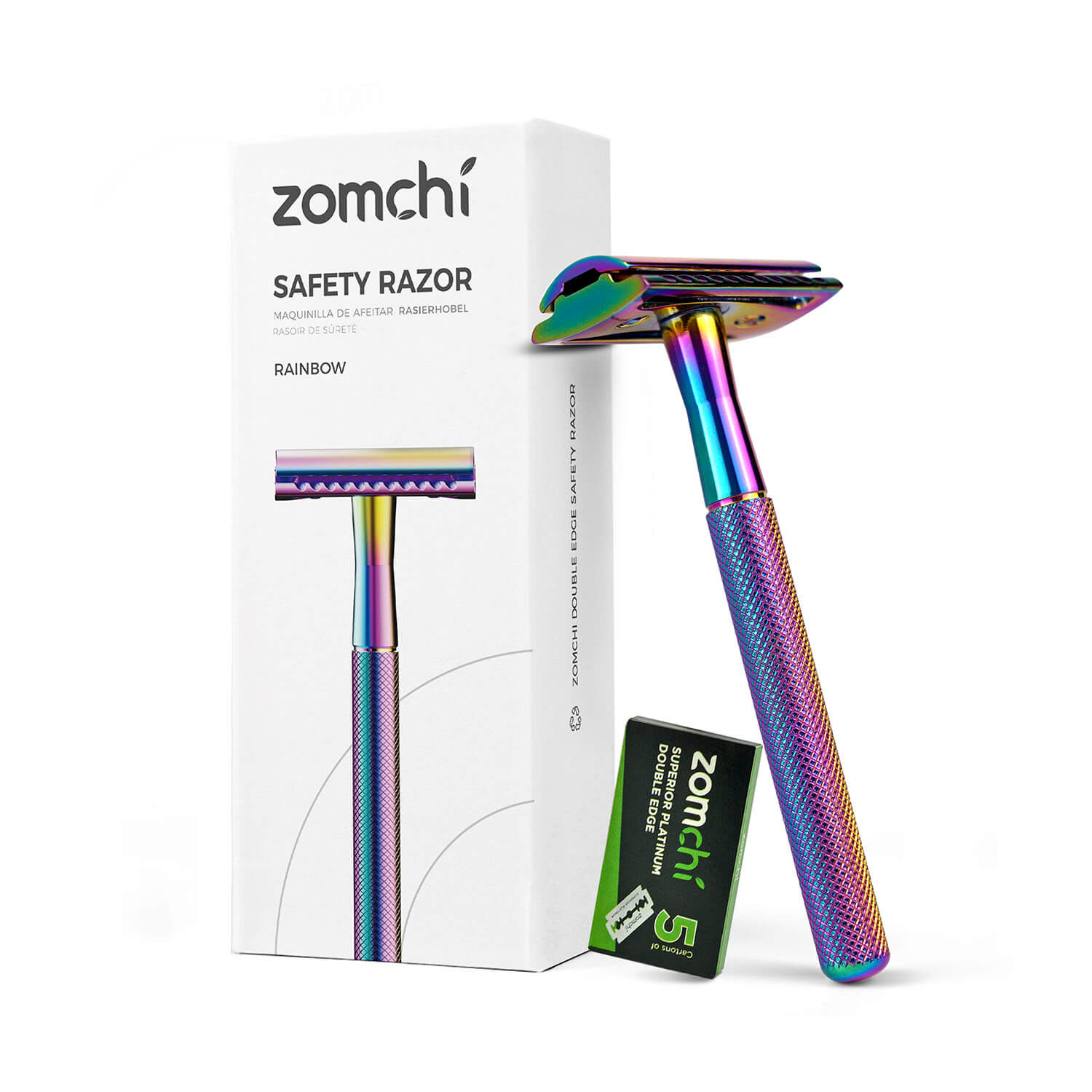
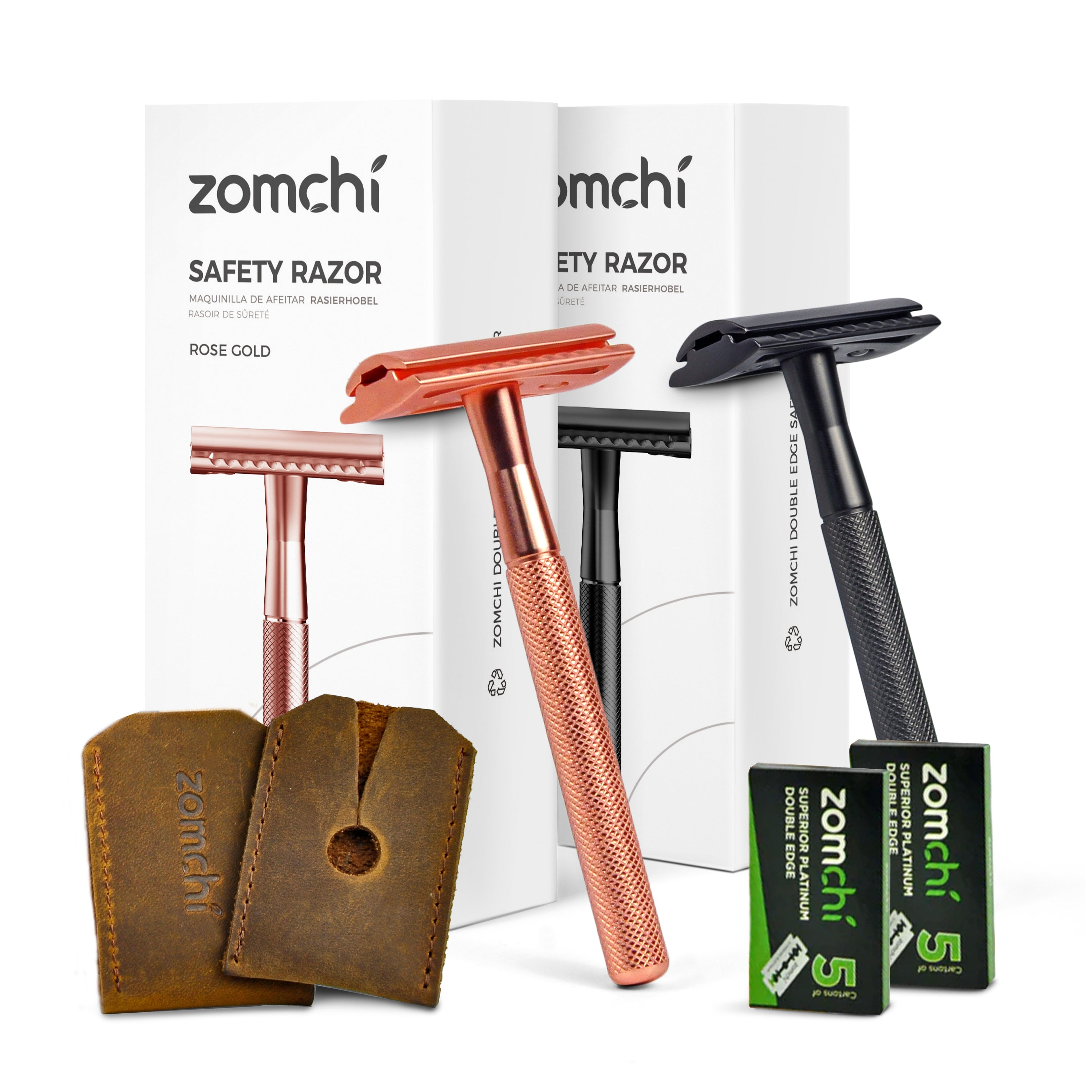
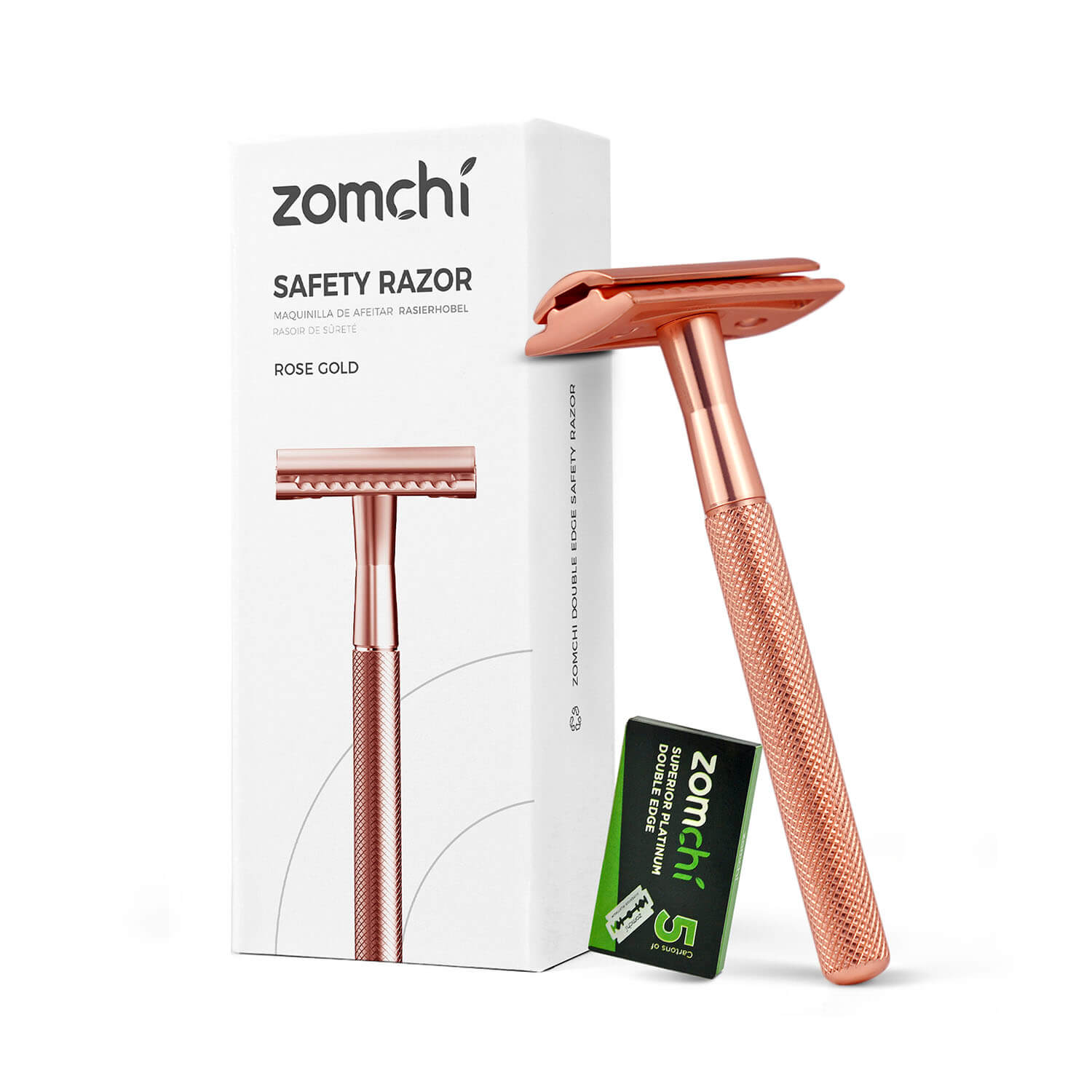
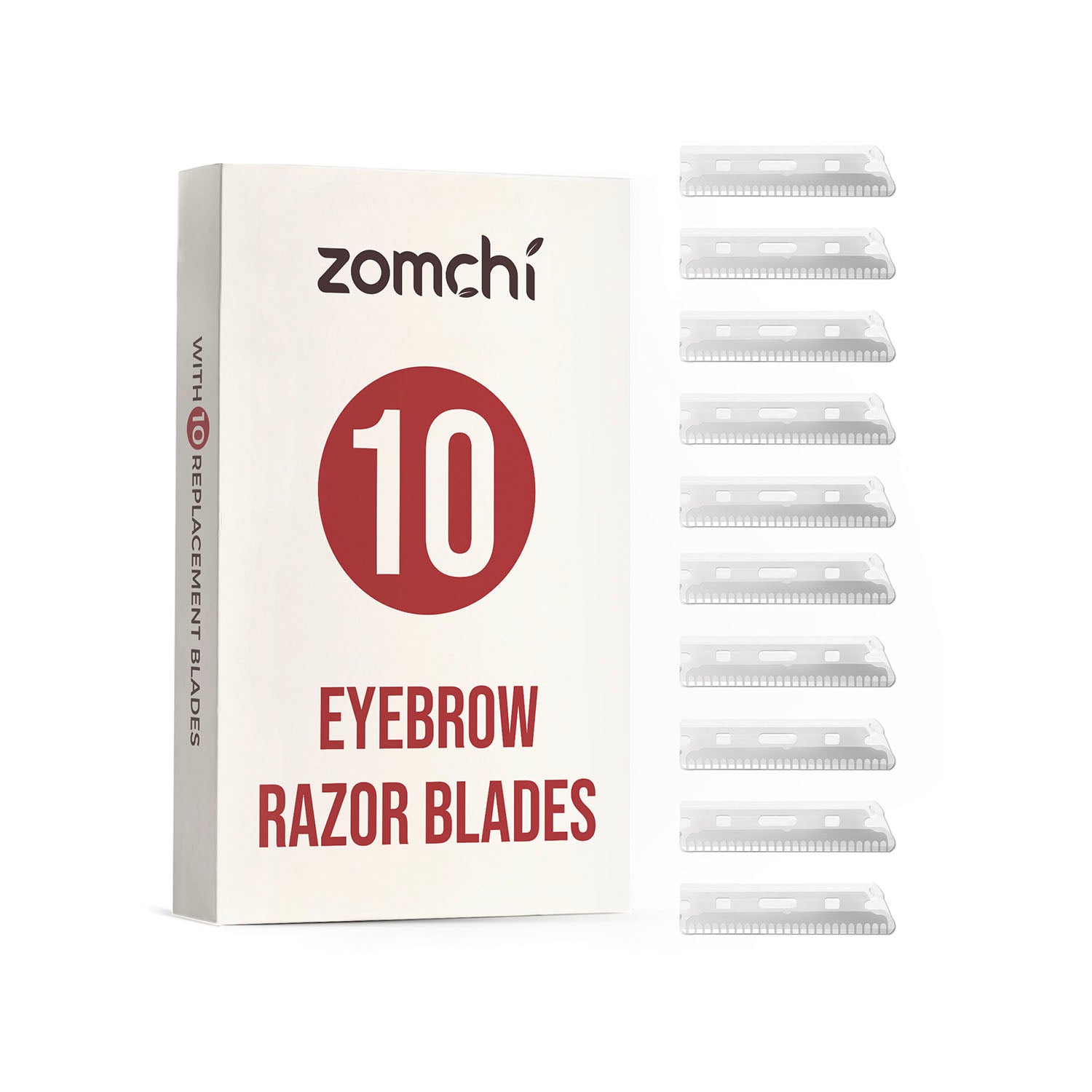
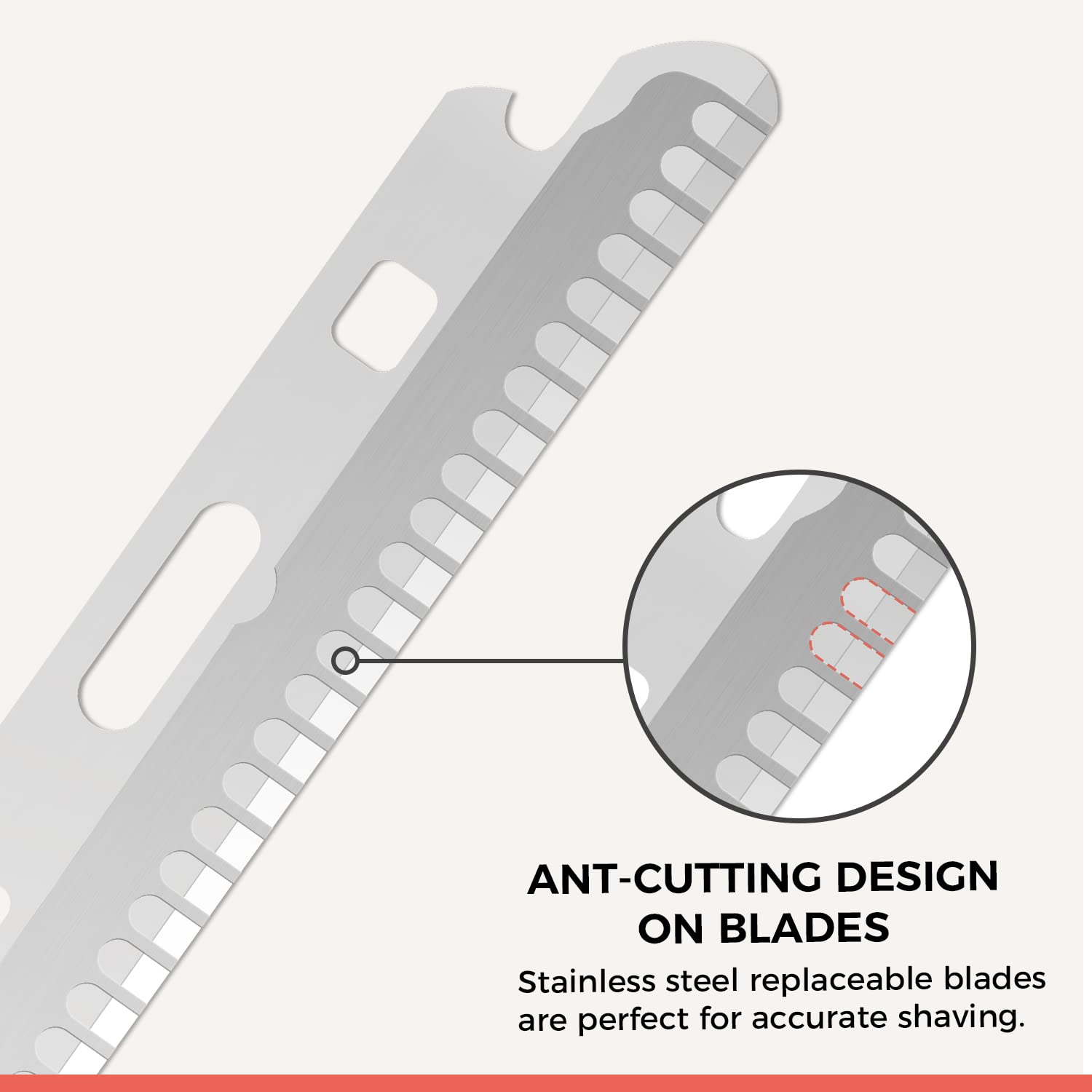
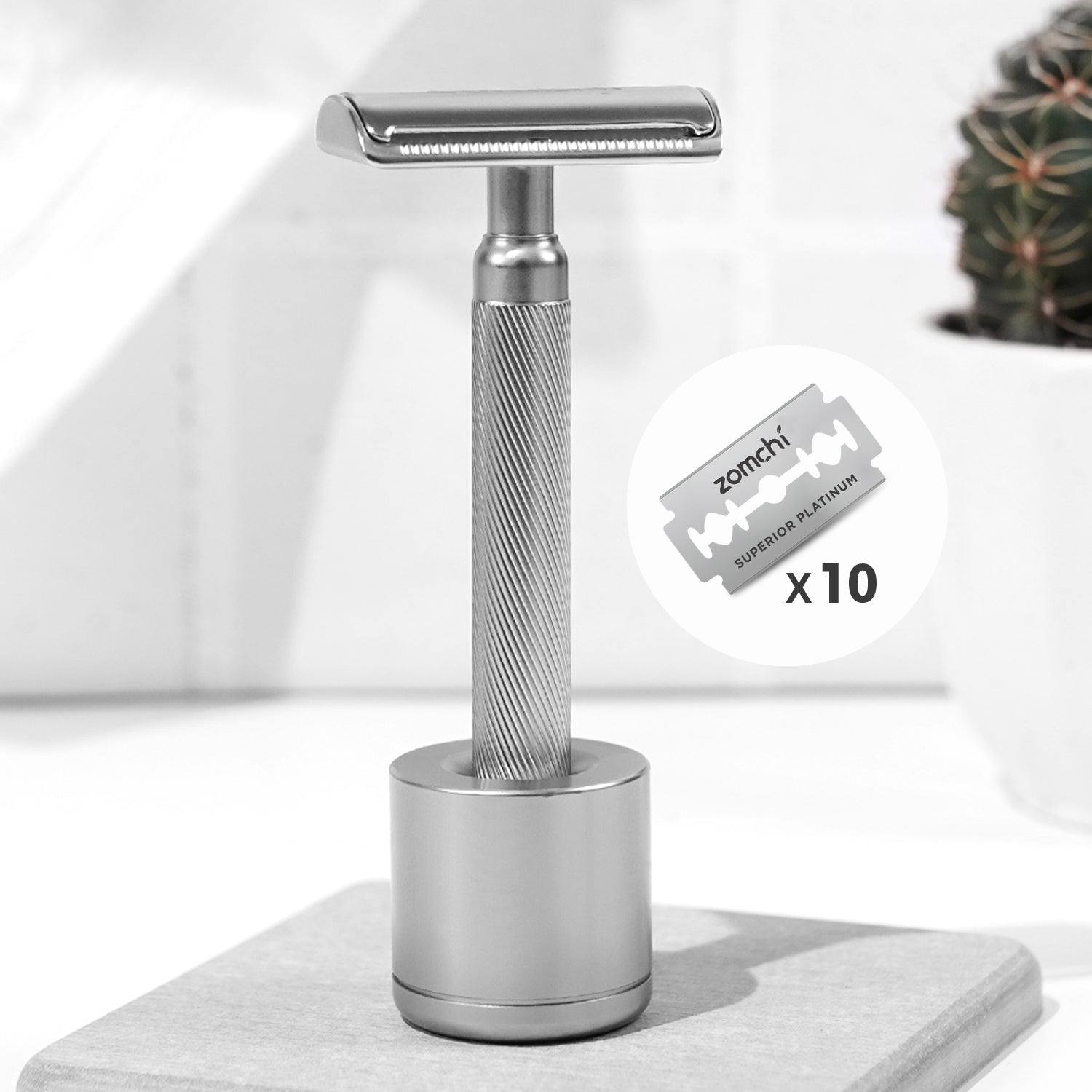
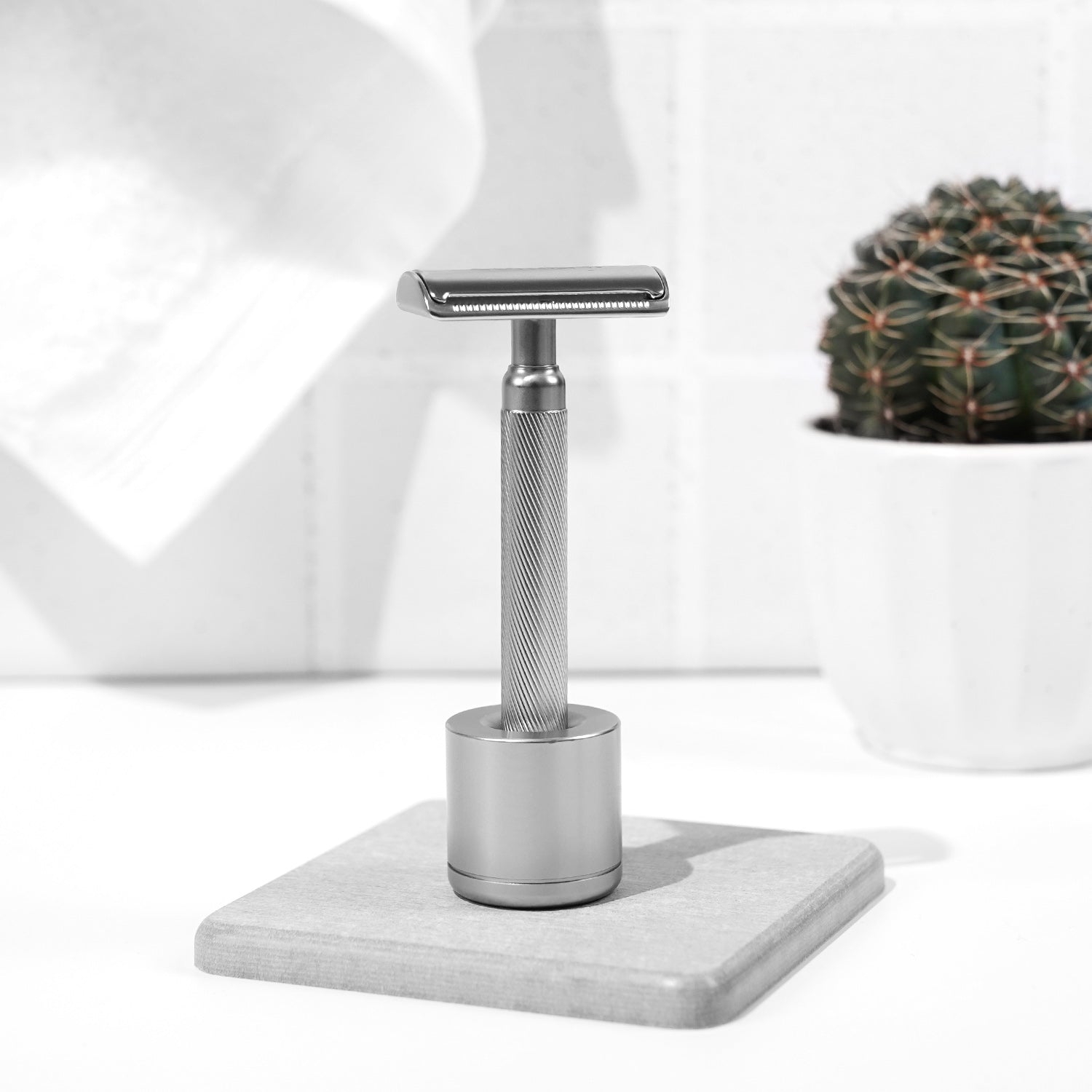
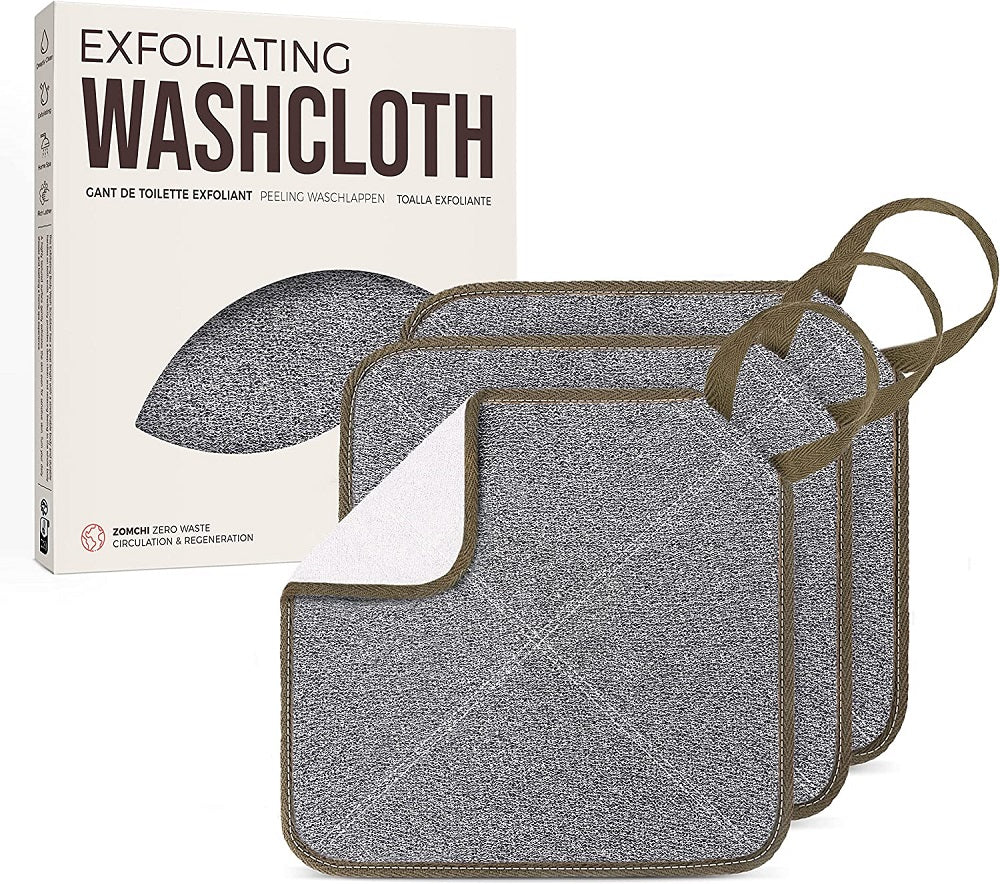
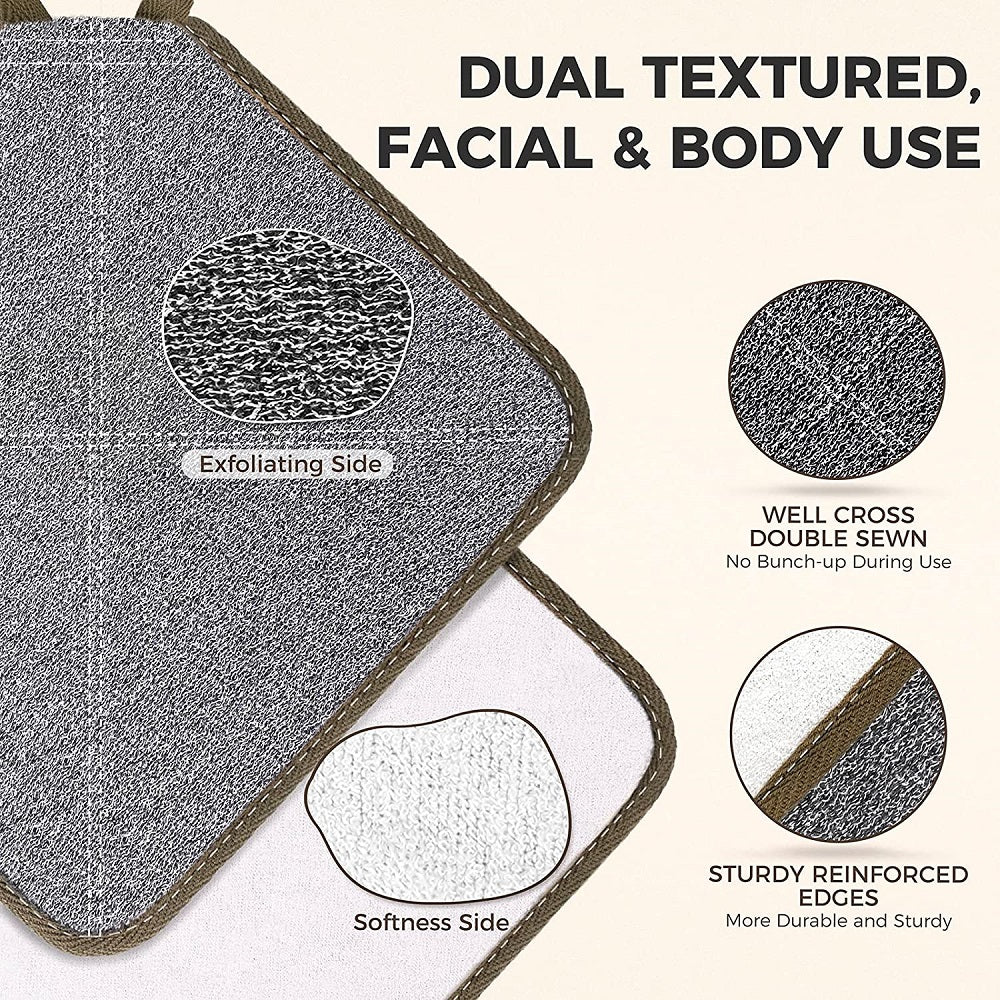
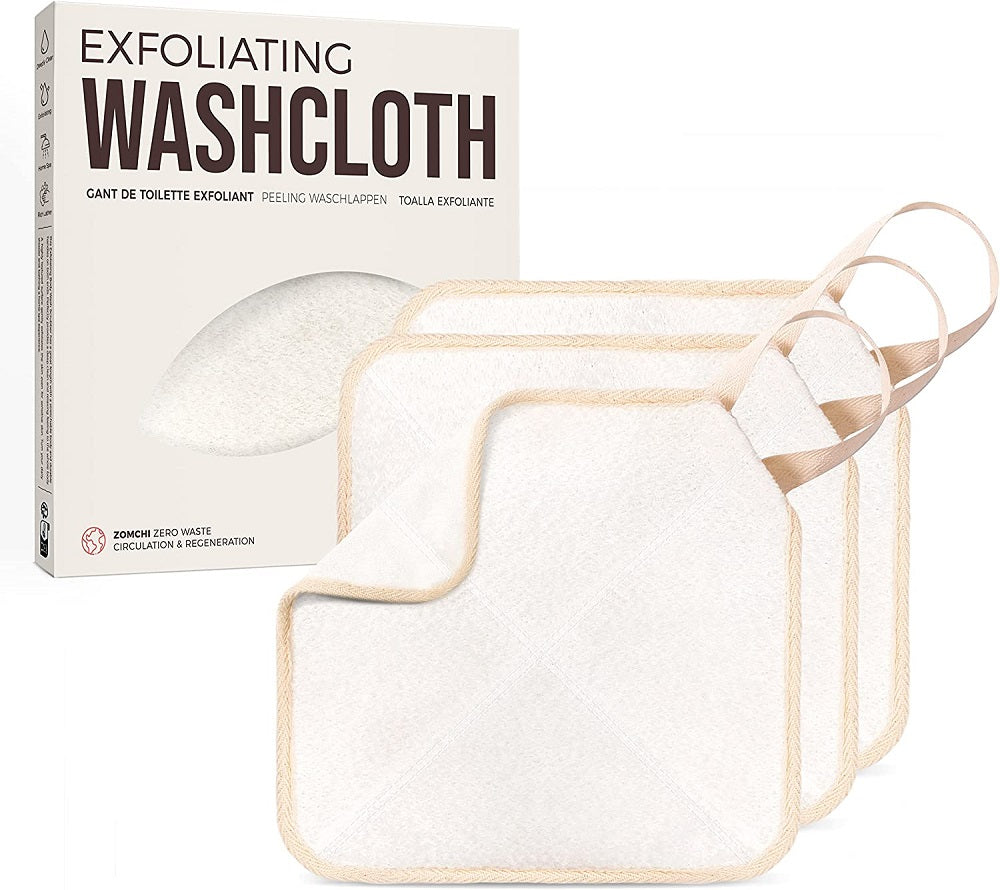
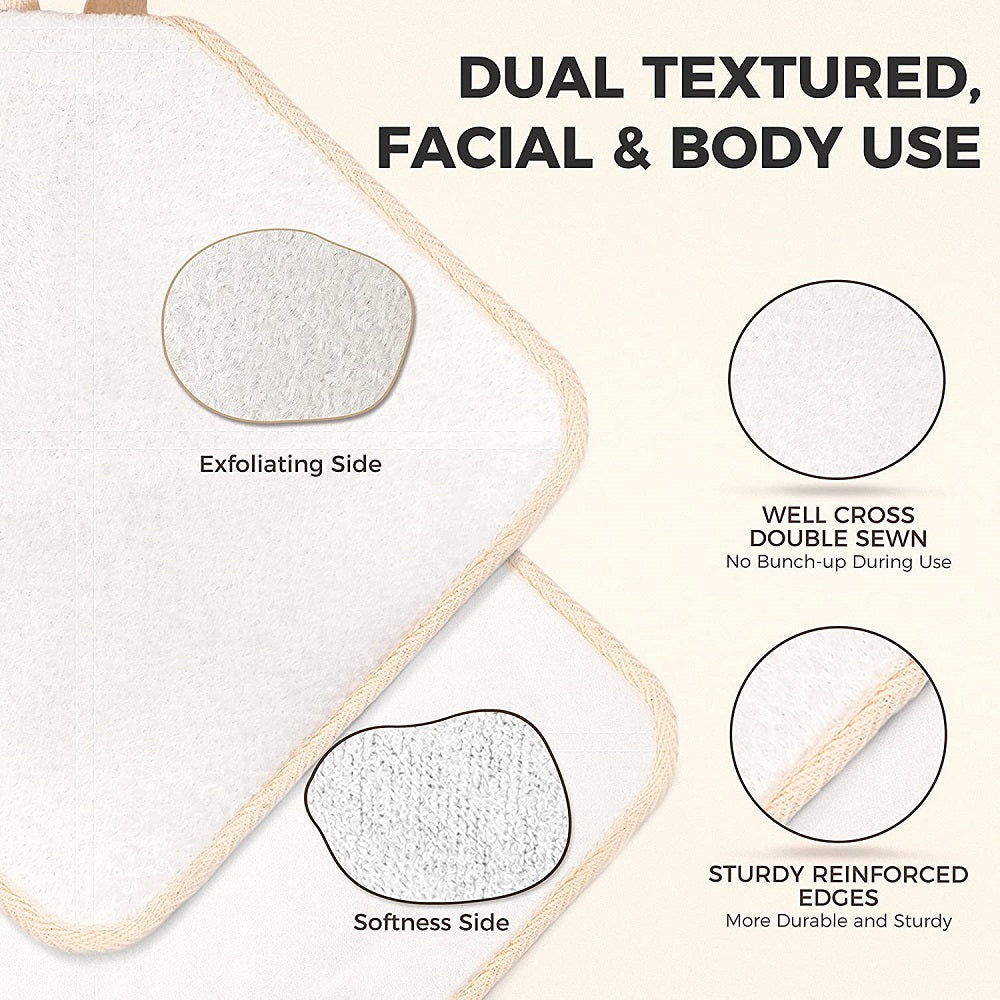
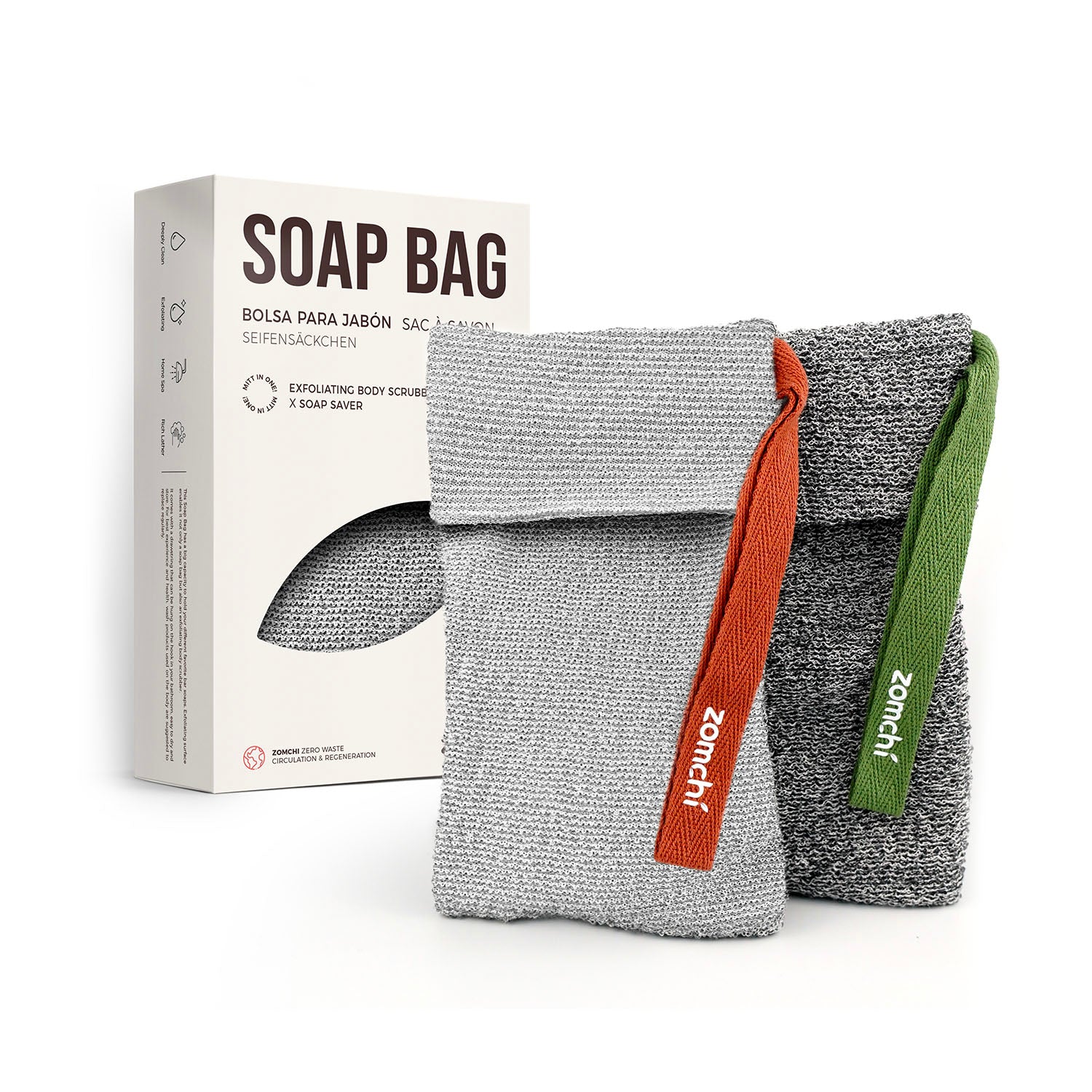
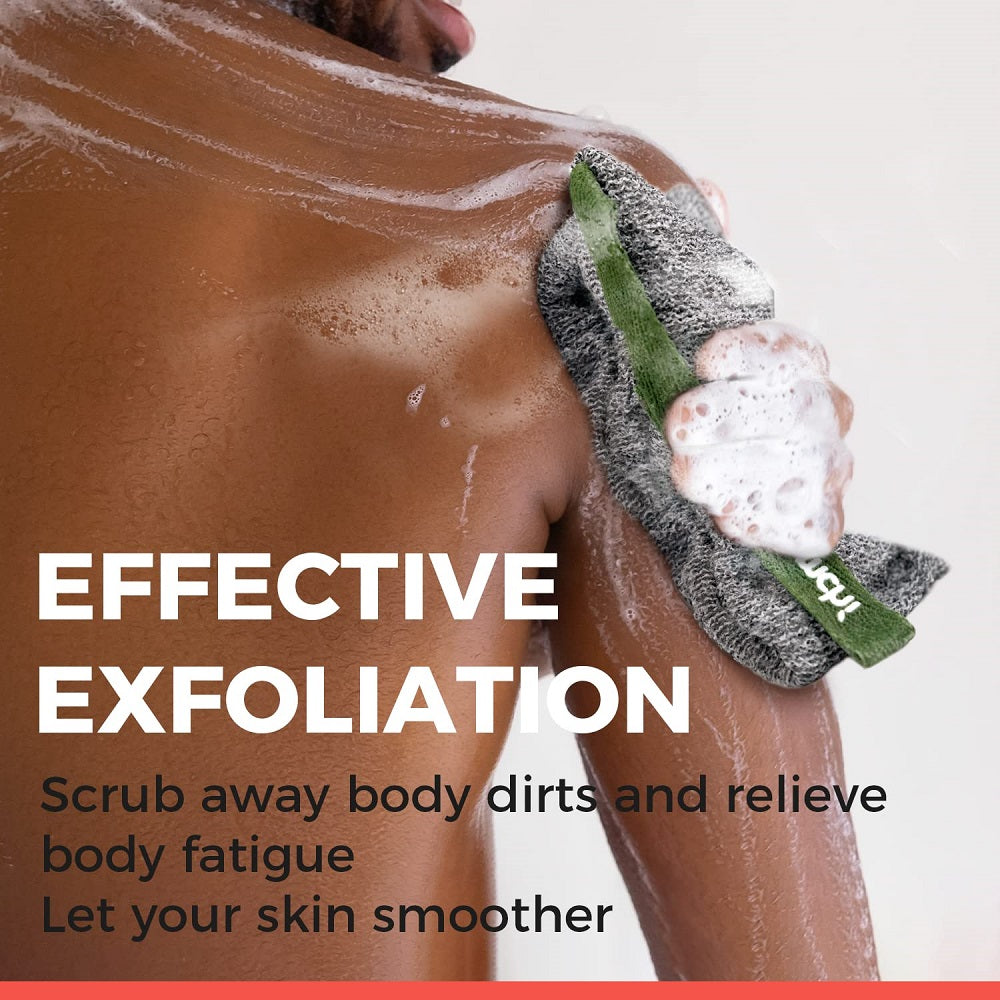
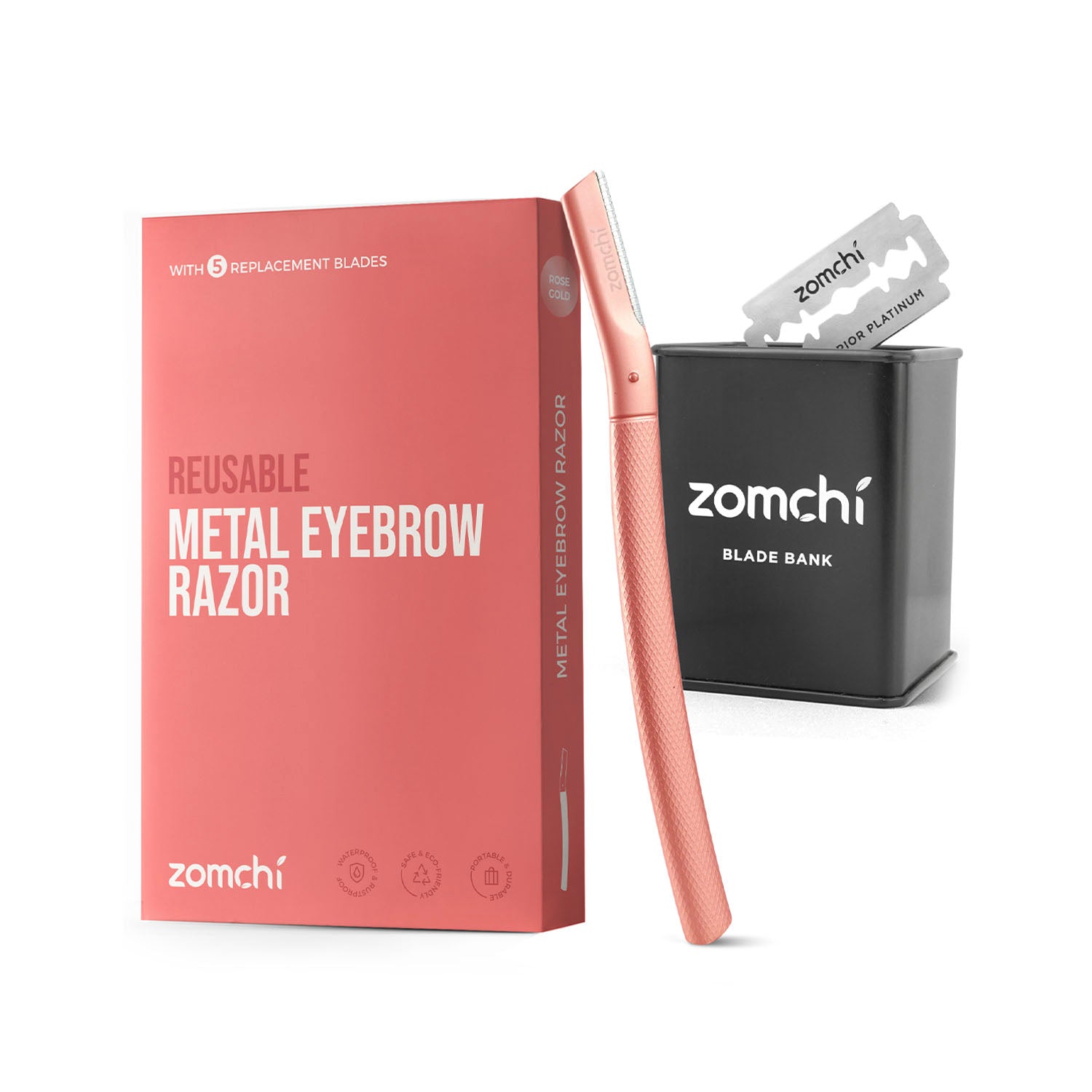
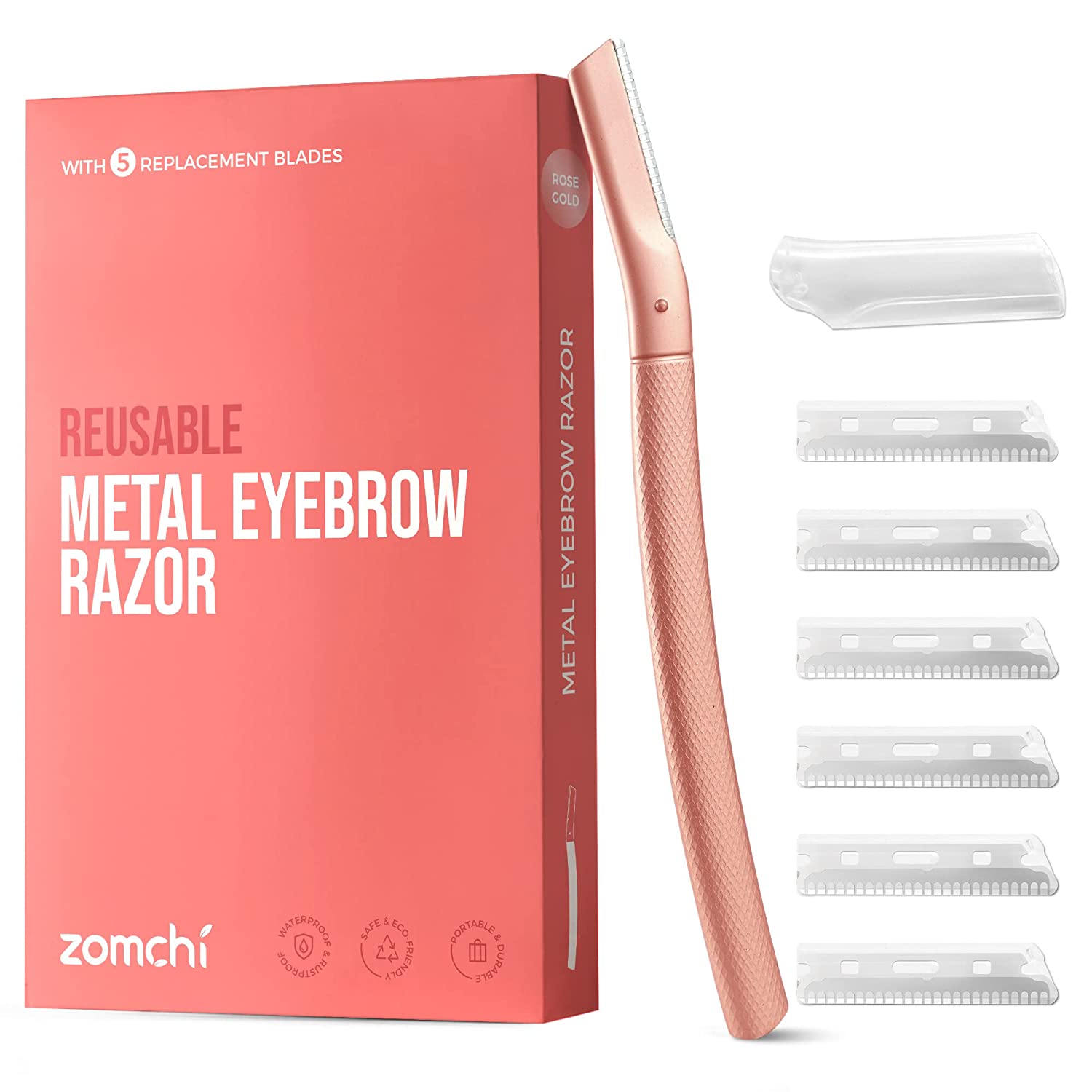
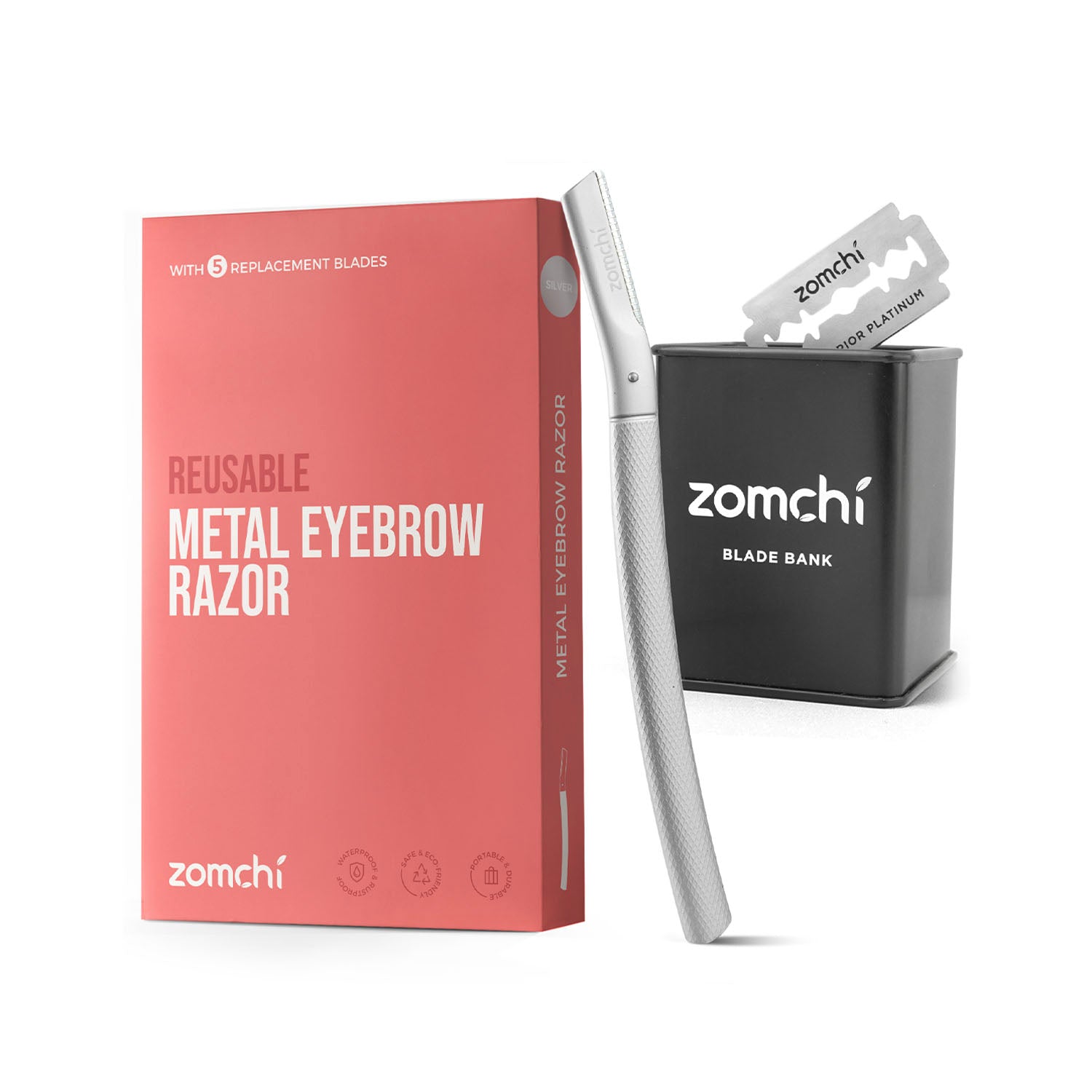
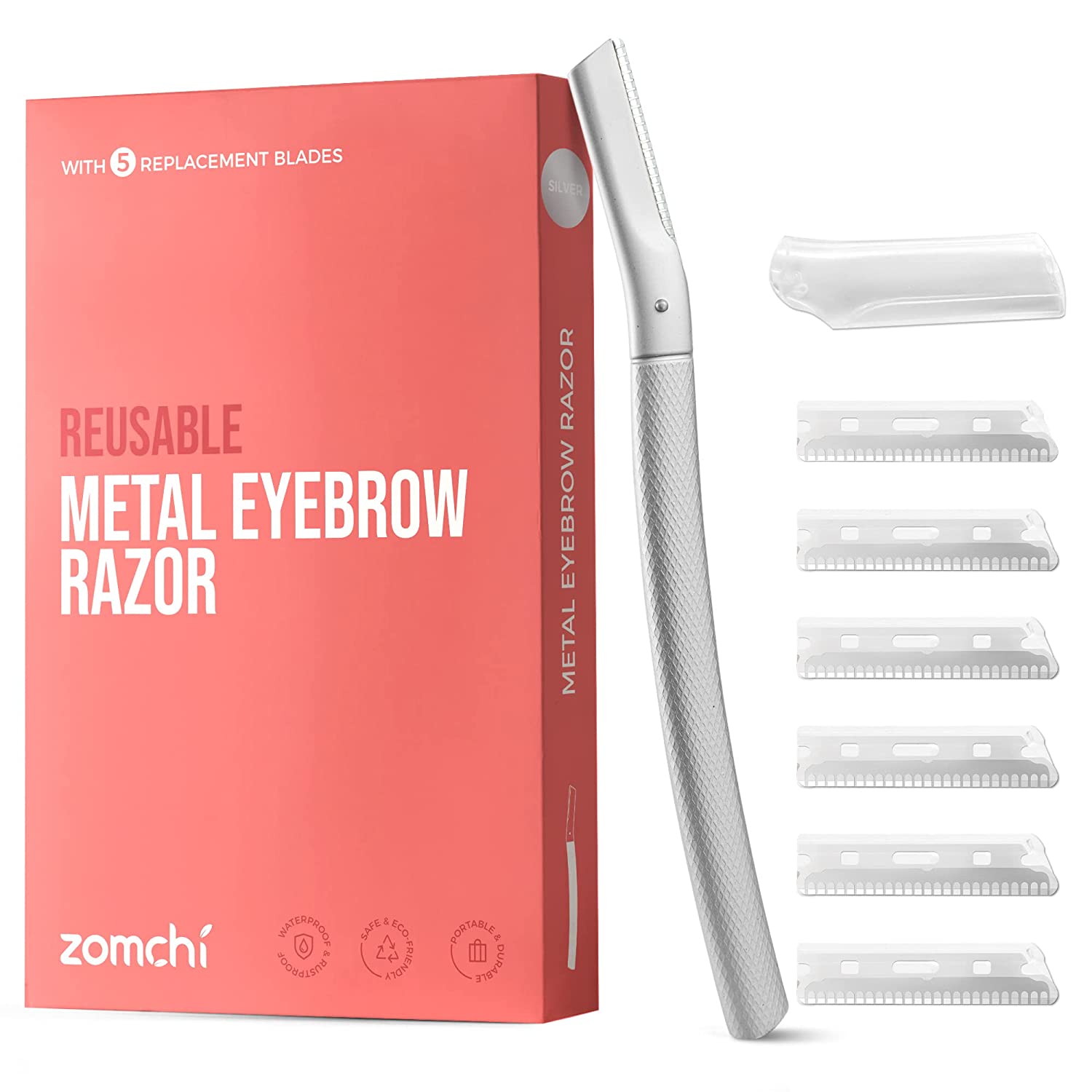
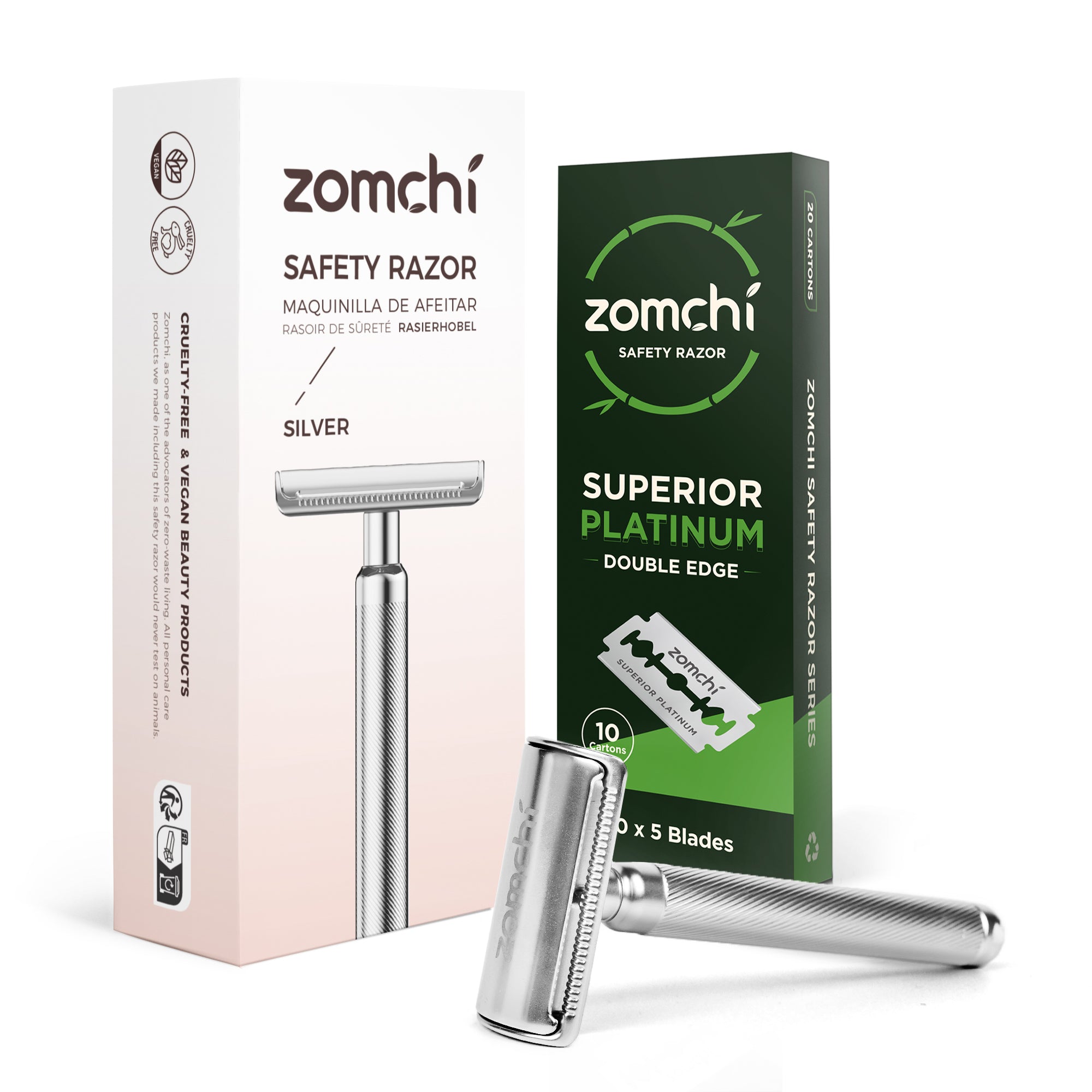
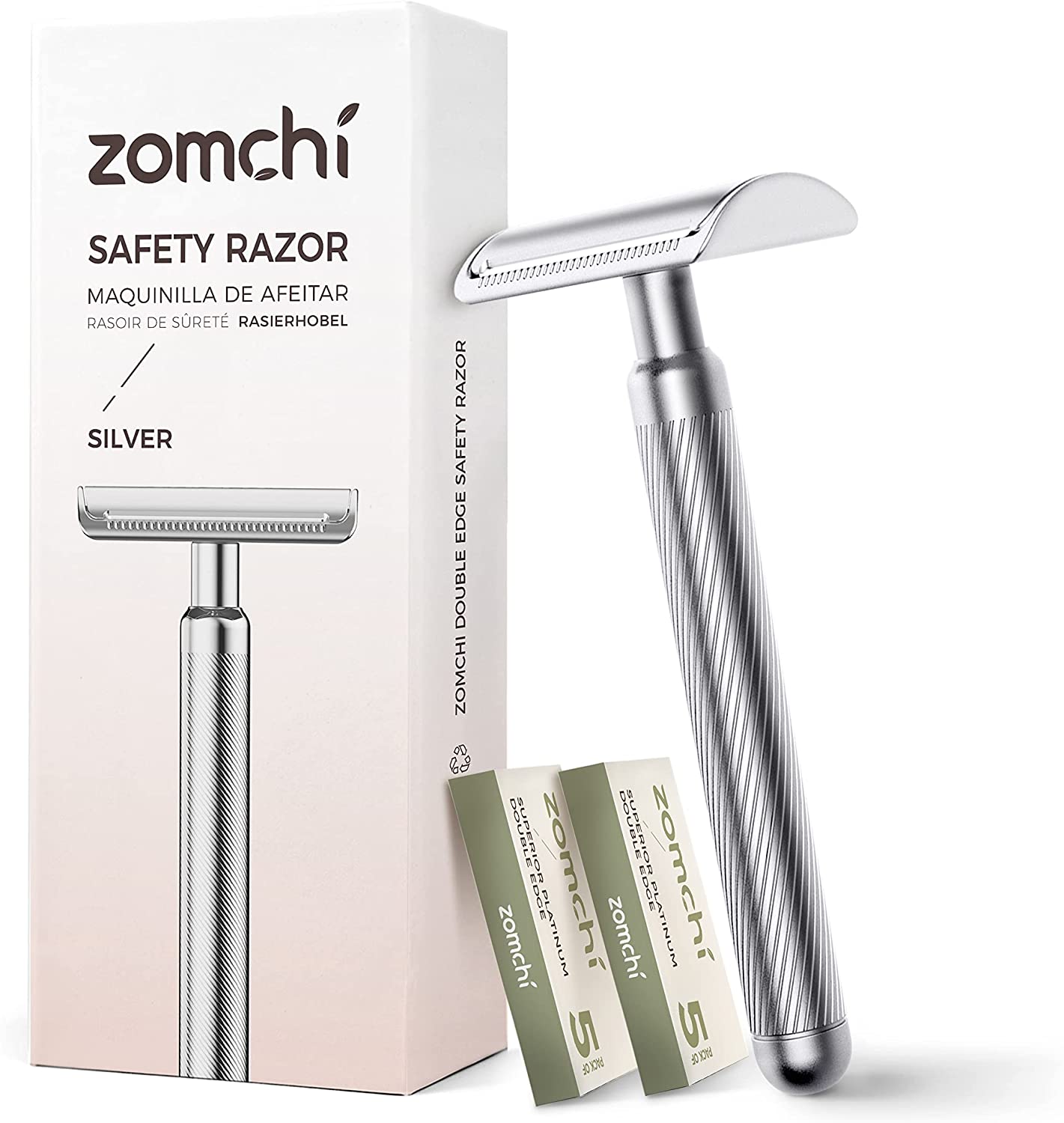
Comments (0)
Retour vers Nouveaux